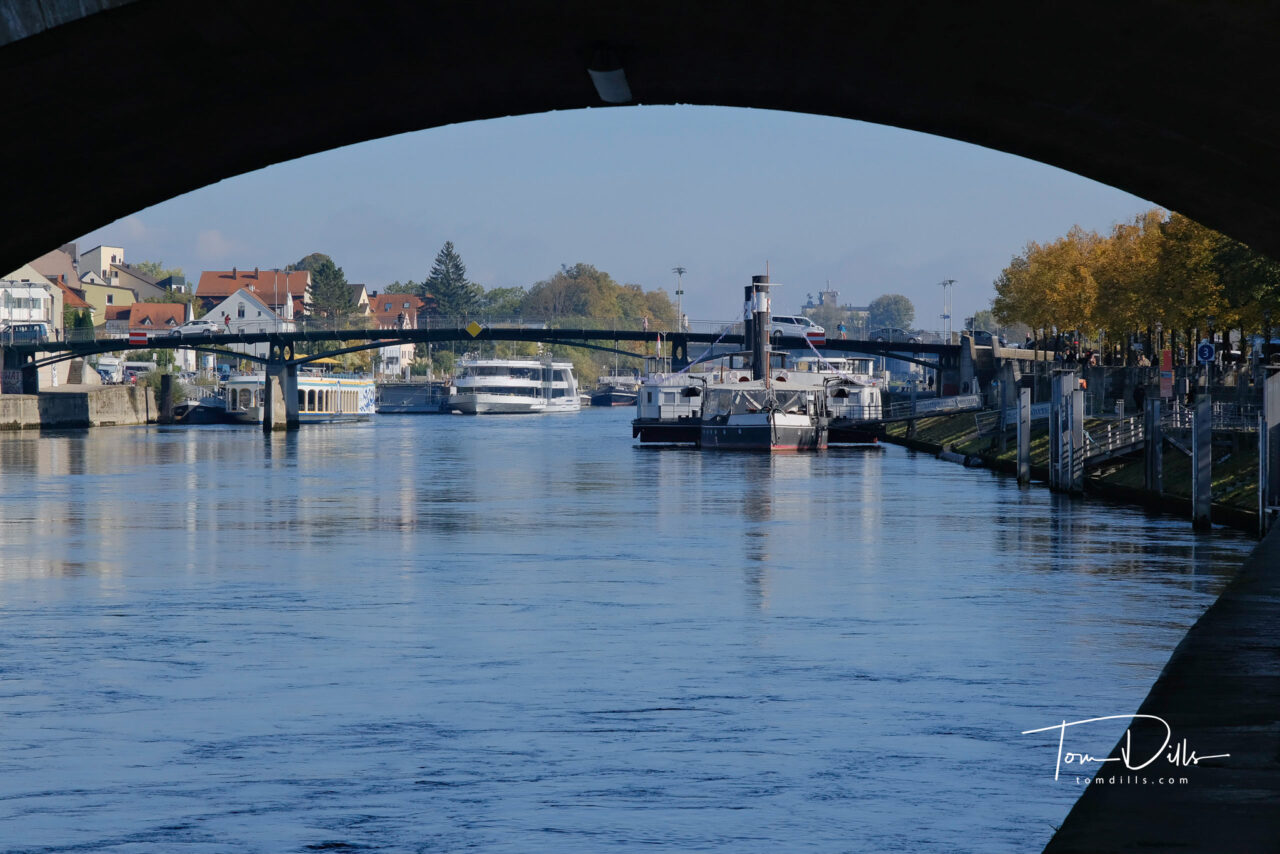
We made a lunch stop in Regensburg, Germany enroute to our ship. This was a nice view of the Danube through a portal. Weather is chilly but sunny so far.
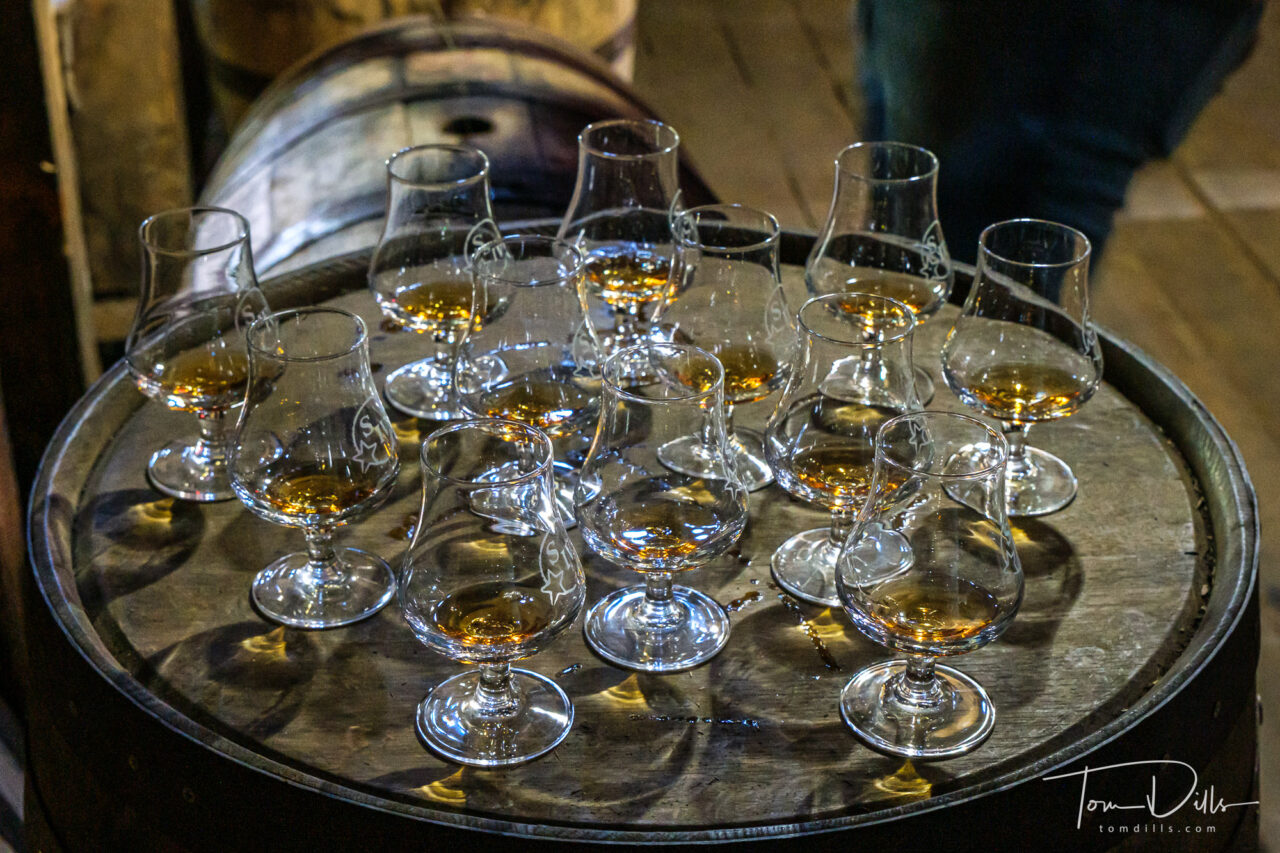
After our Labor Day weekend time in Ohio, we were planning to head back to North Carolina. But a few weeks before our visit we heard about a new product being introduced by Maker’s Mark, their Cellar Aged Bourbon.
Prior to this new product, every Maker’s Mark product, from Maker’s Mark itself to Maker’s Mark 46, Private Select and Wood Finishing Series, has started with original Maker’s Mark bourbon, distilled from one mash bill then blended from (usually) 4-6 year old barrels to achieve a specific flavor profile. The new Cellar Aged product is a blend of 11-12 year old barrels, blended to a different flavor profile and bottled at cask strength. Hmmm….
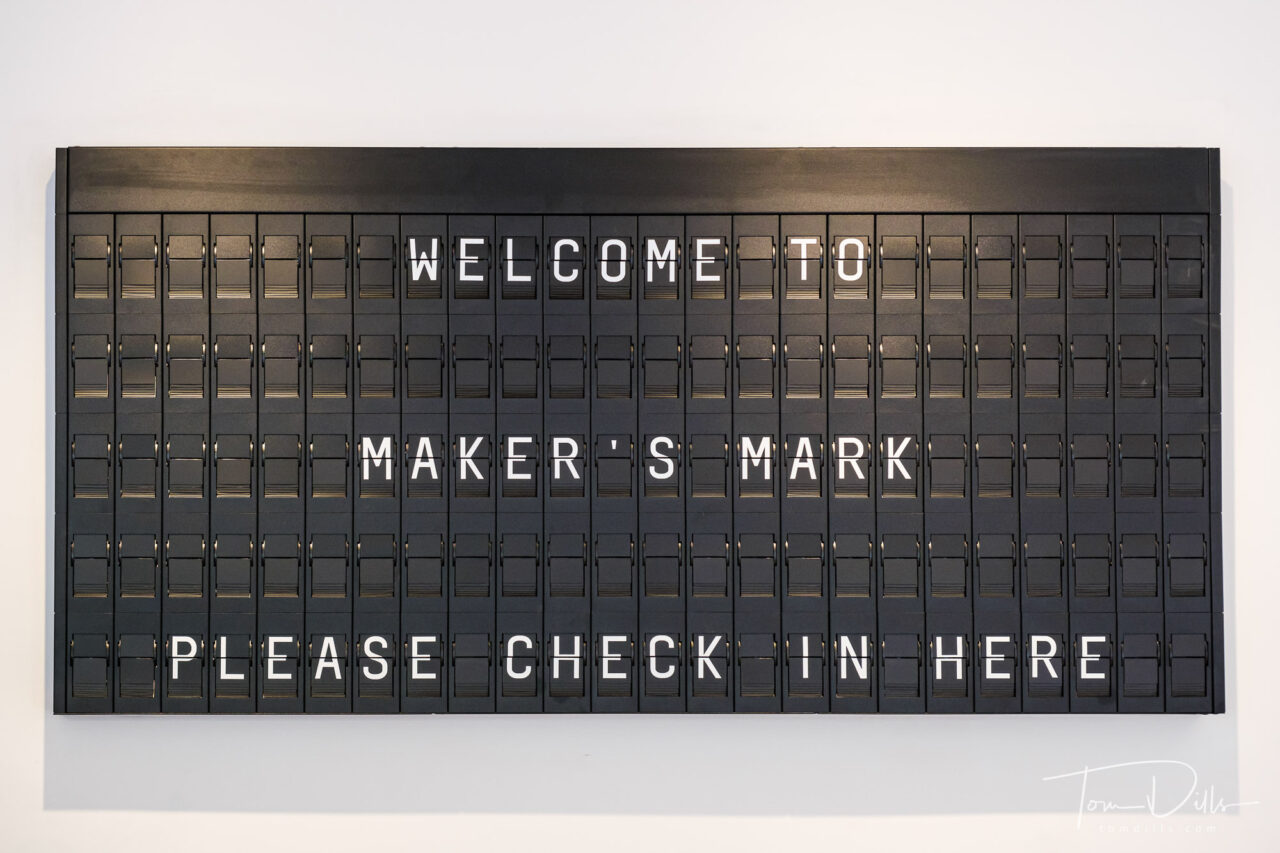
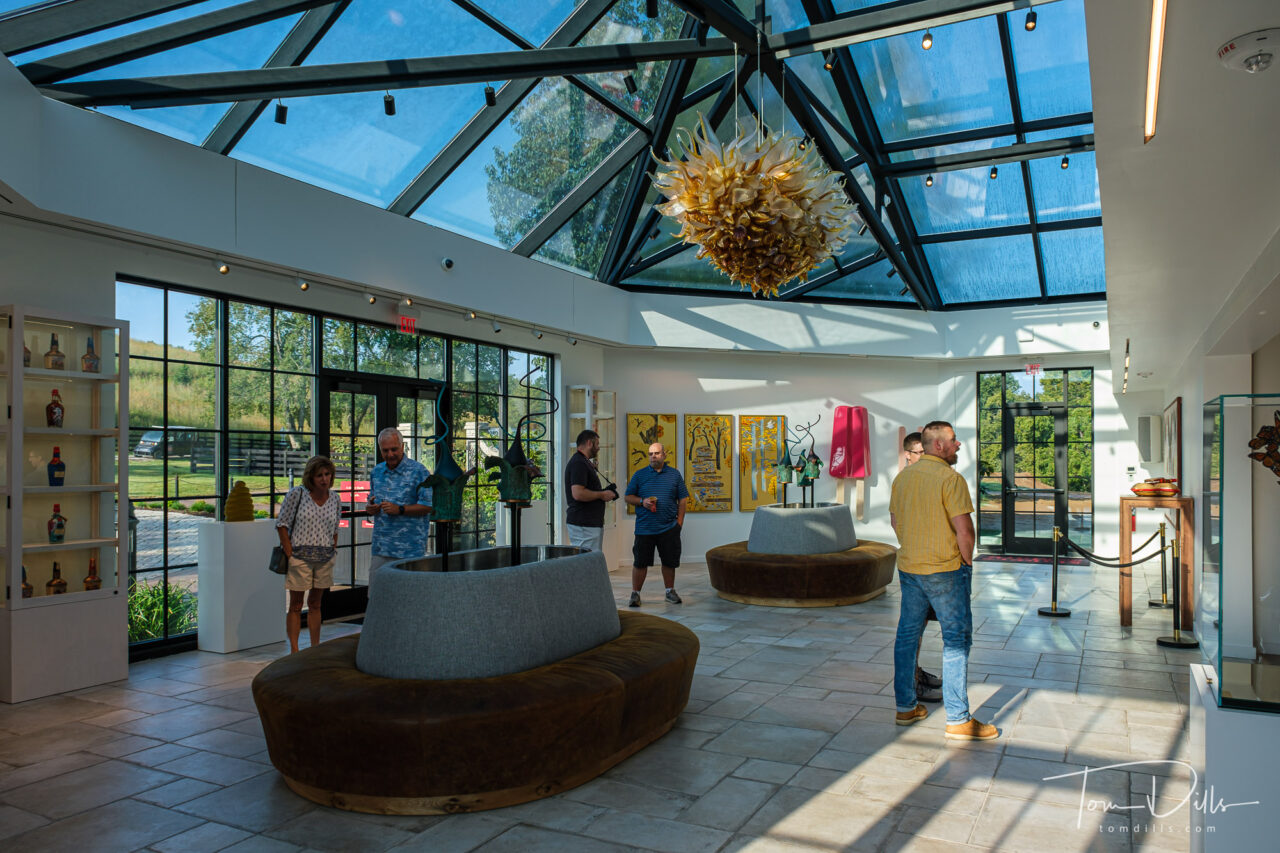
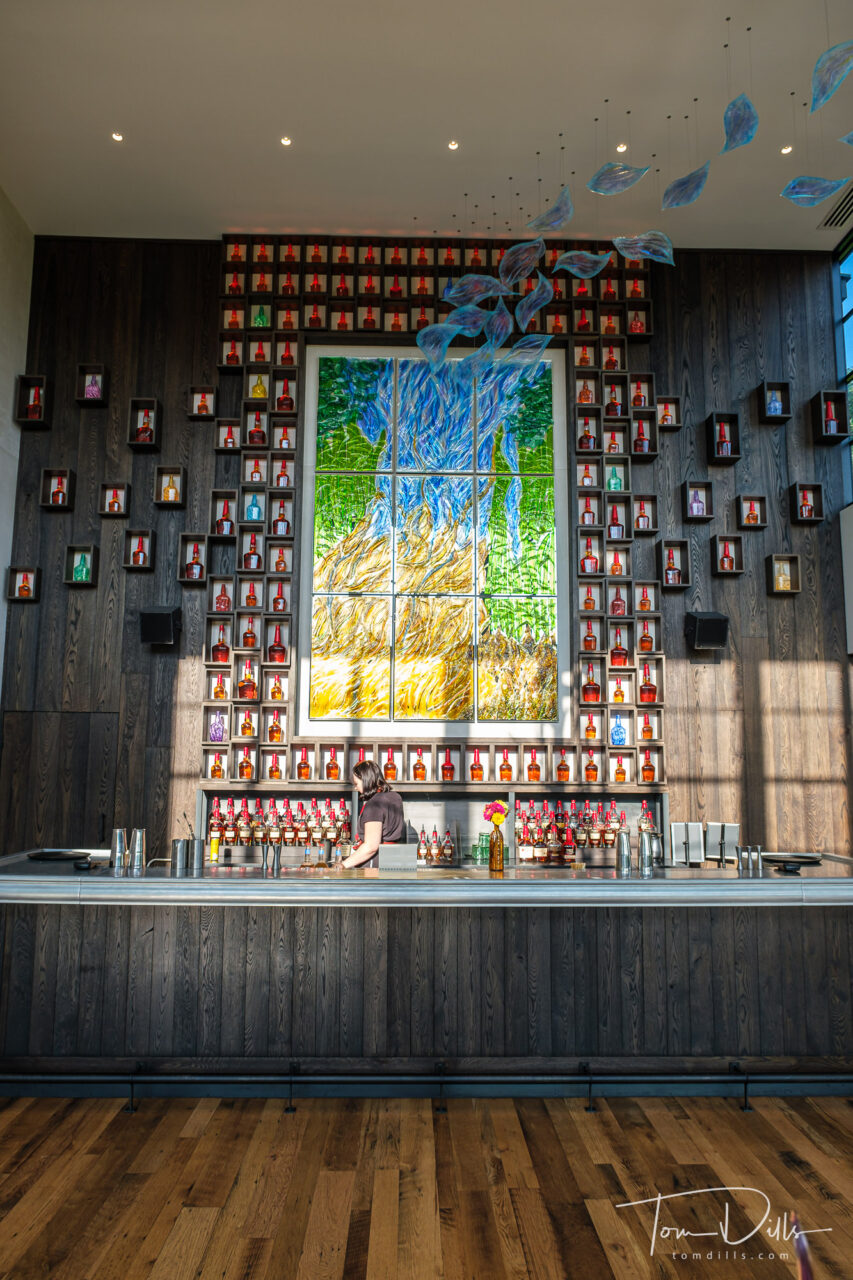
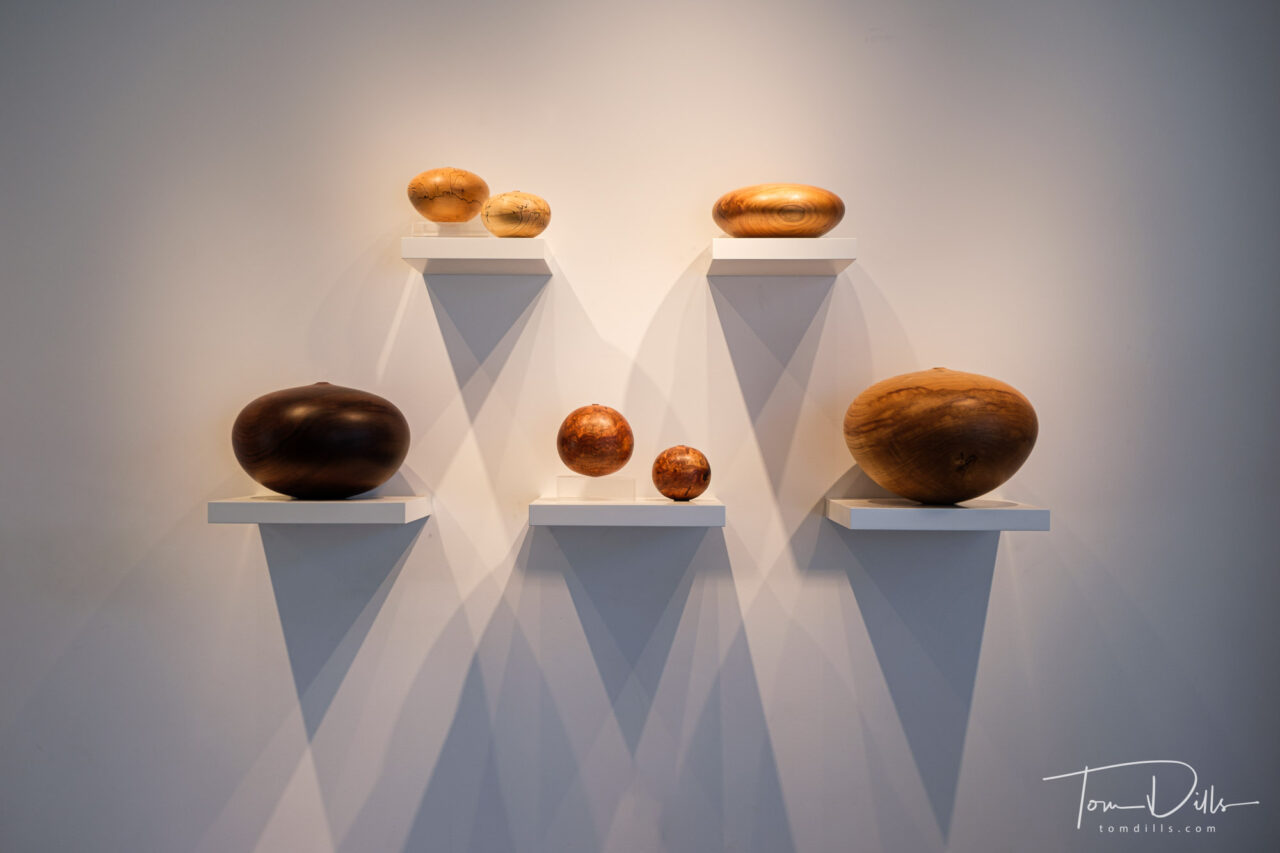
We love to try all sorts of different bourbon and rye whiskeys, but we’ve really become fans of Maker’s Mark. We love to visit the distillery – the grounds are beautiful, the people are friendly and they make good stuff! Kentucky seems to be on the way to or from just about anywhere, and we never want to pass up an opportunity to try and buy an interesting bourbon. So we tried to figure out how we might get there and pick some up.
I contacted the distillery to find out when Cellar Aged would be available for purchase. Well, they told me, they would eventually have some in the gift shop, BUT the official introduction would not be until later in the month. HOWEVER, if I wanted to be sure and get a bottle, I could book a special introductory, sneak-preview VIP tour, and the price of the ticket would include a bottle. Conveniently, the first such tour was scheduled for Thursday September 8, which fit our schedule perfectly. Fate!
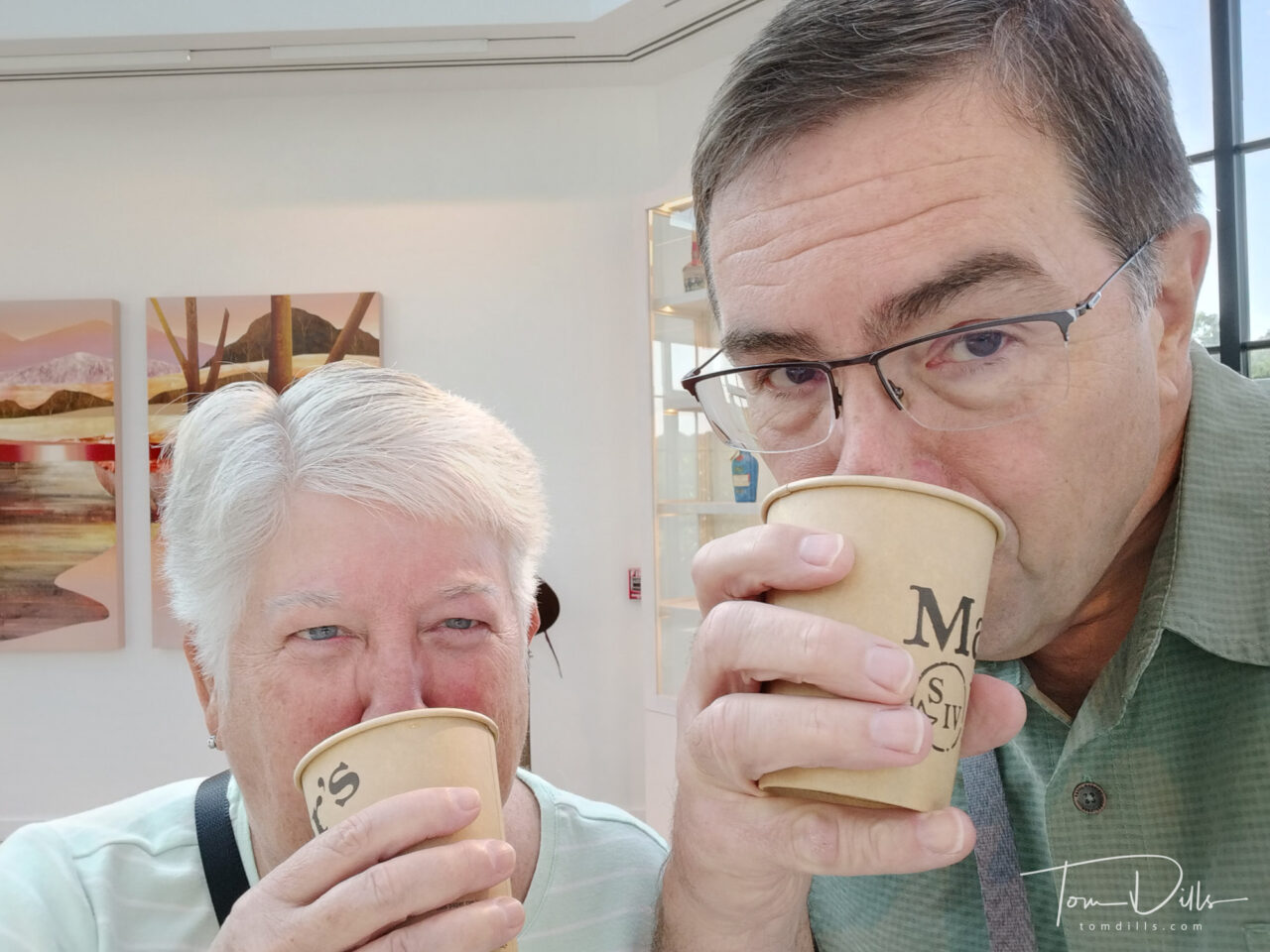
Our tour started with a welcome cocktail – at 9:15 in the morning! – and a talk about the story behind the development of Cellar Aged. Then it was on to a tour of the distillery. While we have done a number of tours at Maker’s Mark, for this tour we had an opportunity to watch them test a sample of wheat from a truck, then unload the truck into the storage bin. We got to go literally “behind the scenes” in the still house and tasted some of the raw distillate – known as low wine, straight off the still. A real eye opener as it was still before 10:00!
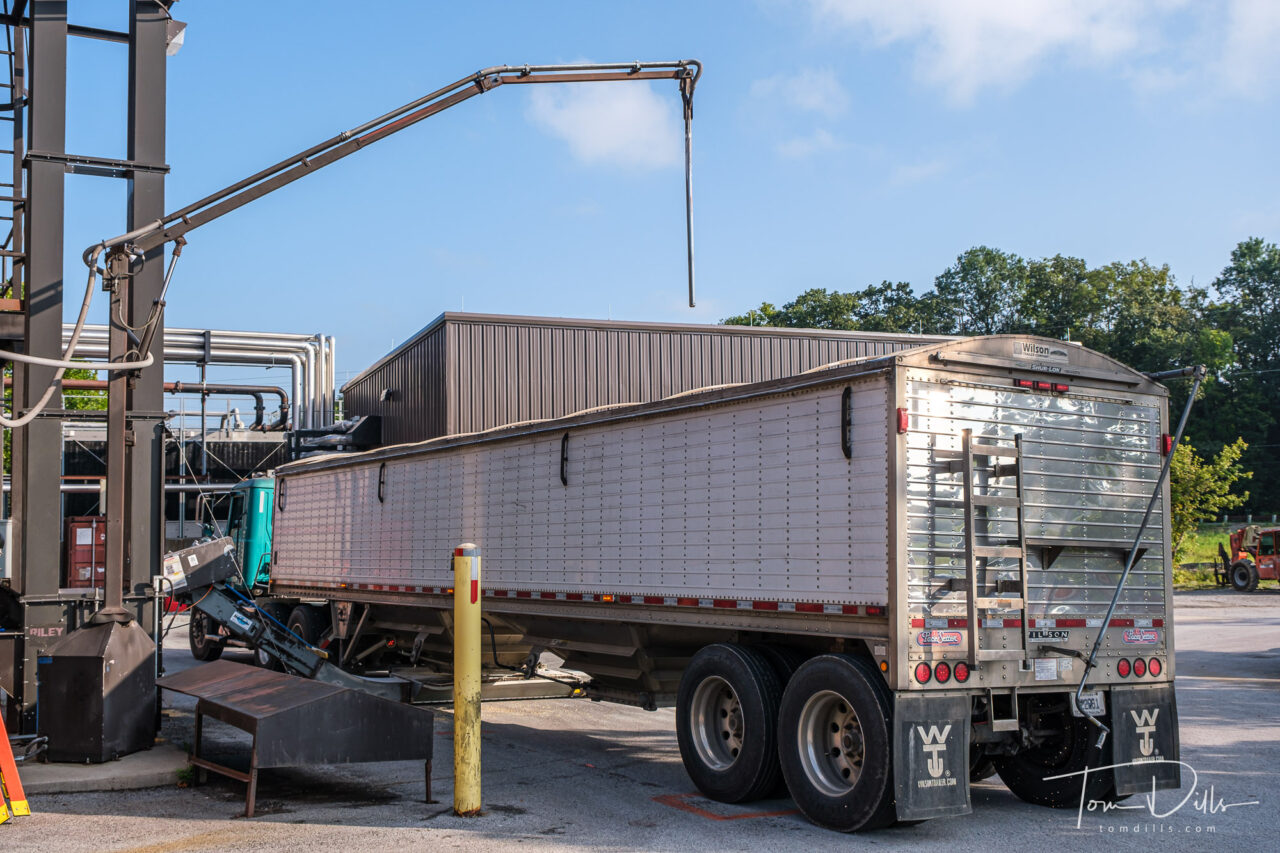
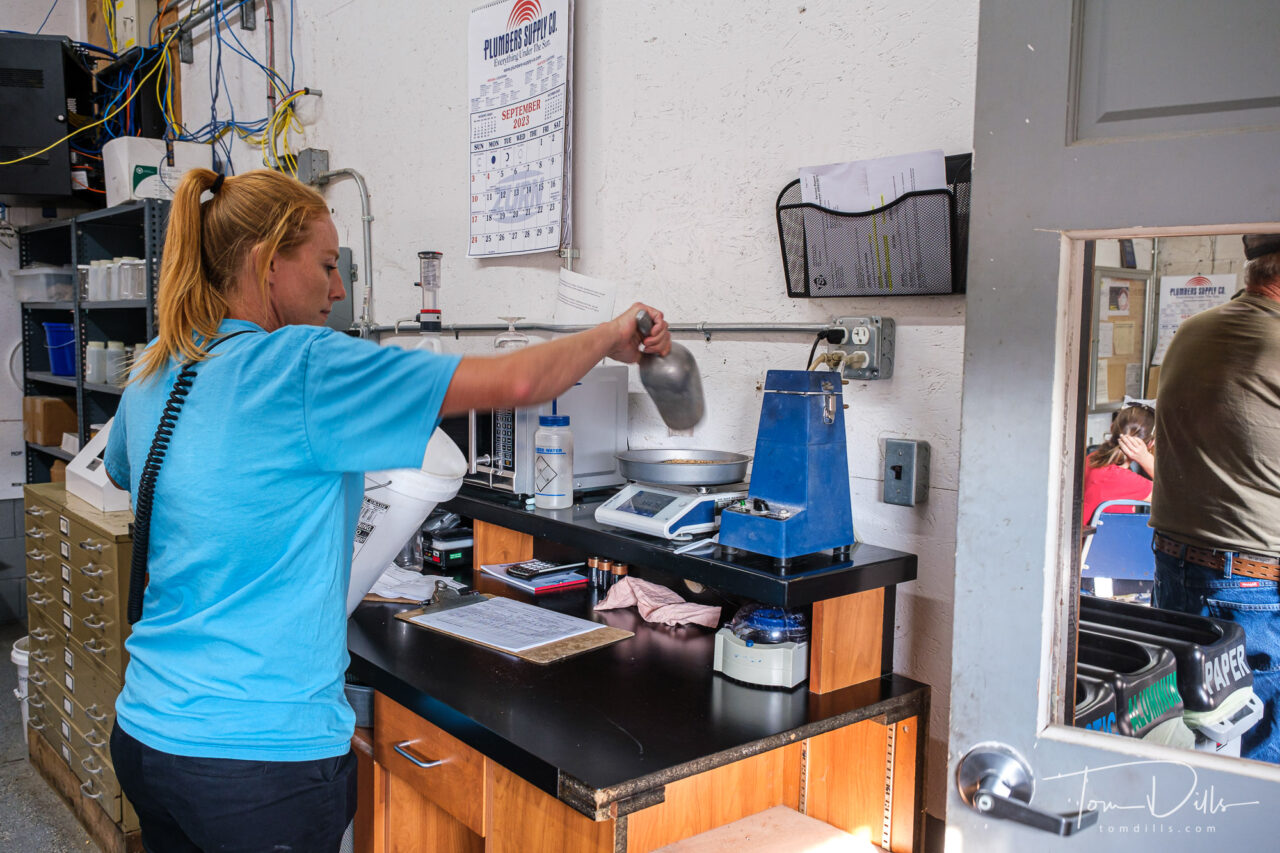
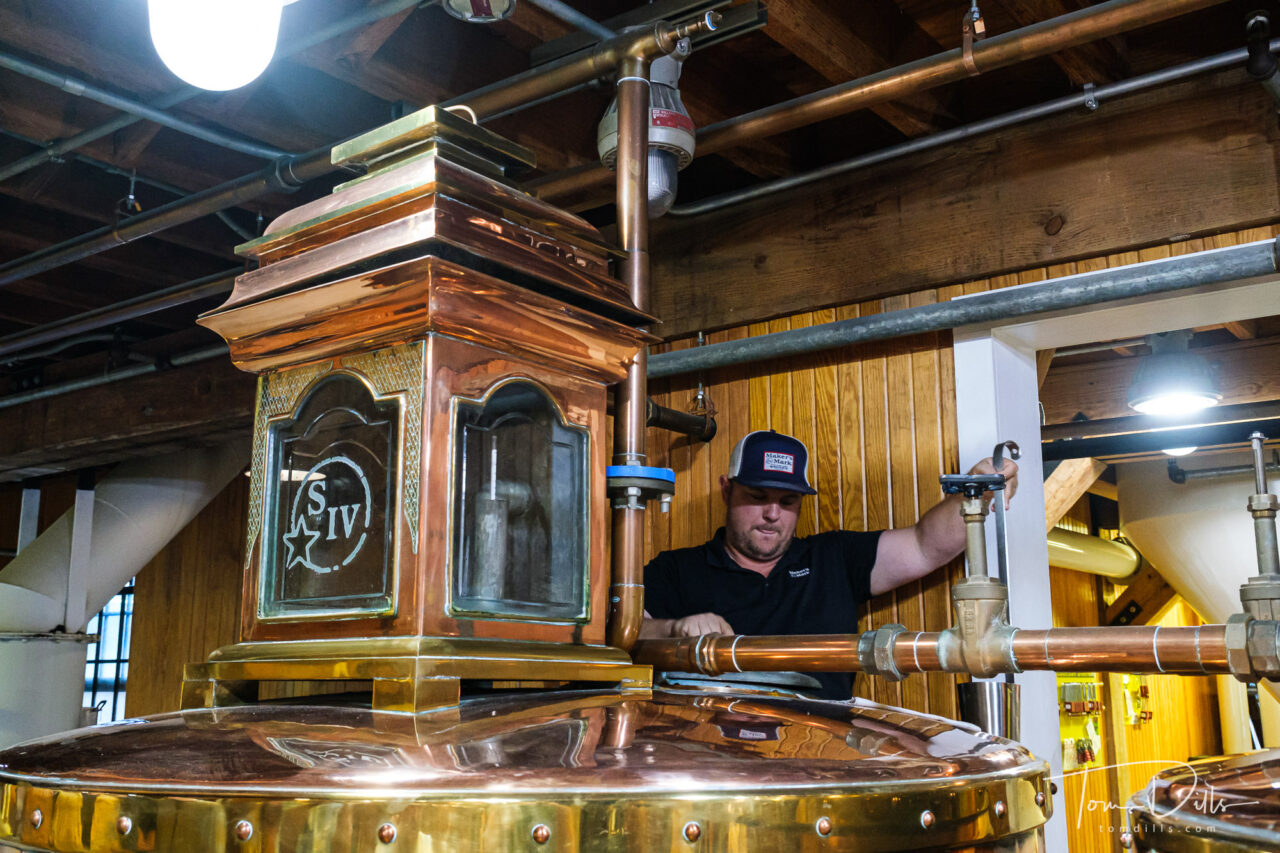
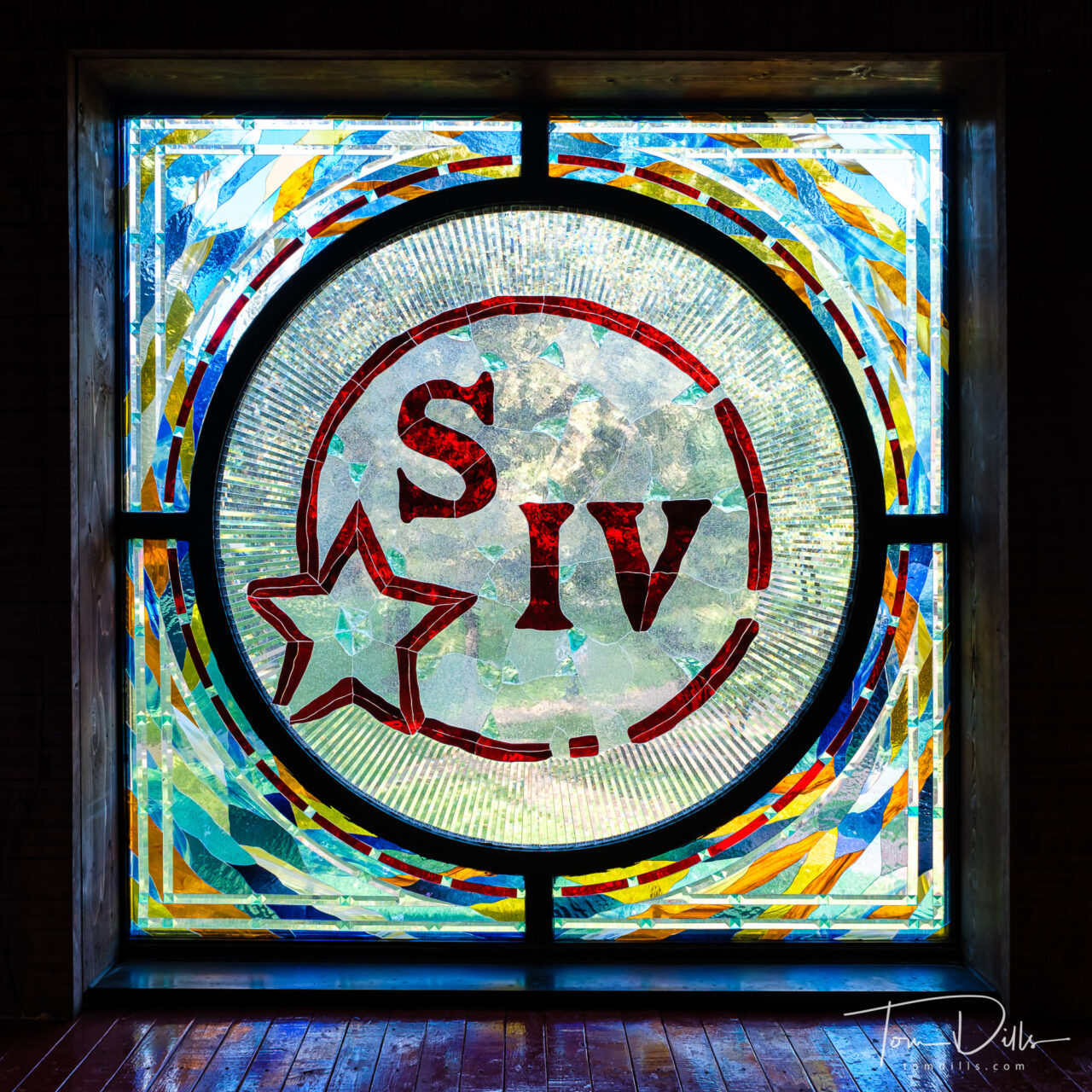
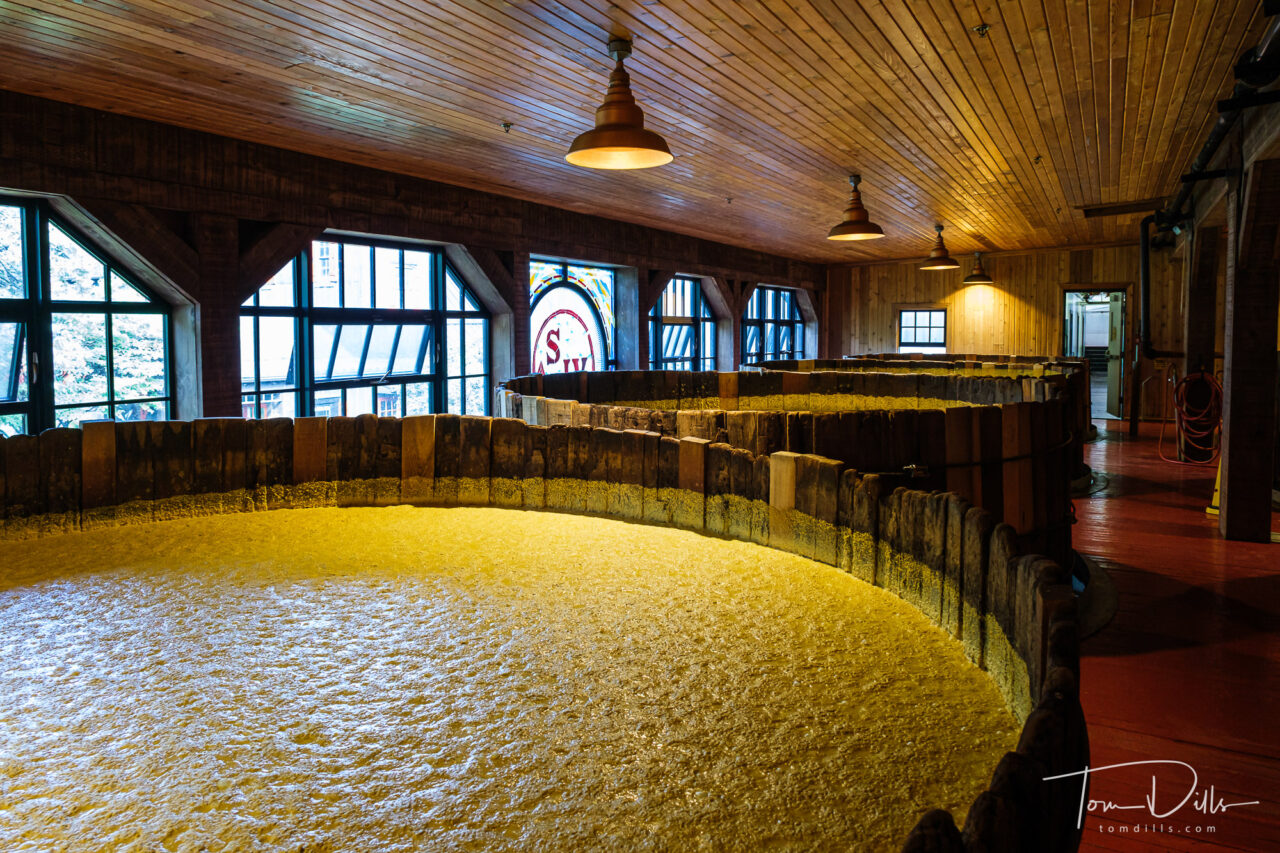
We visited the quaint Print Shop where all the labels are printed and cut, and this was the first time we had actually seen the shop in operation. Very cool. Then we visited the bottling line, where the bottles are filled and every one is dipped by hand with the signature red wax seal. We had seen the line before, both in operation and not, and this time it was operating at full tilt. They dip a lot of bottles, and those workers are really fast! And yes, they spell each other off on a regular basis, which limits the fatigue level. Regardless it must be hard work!
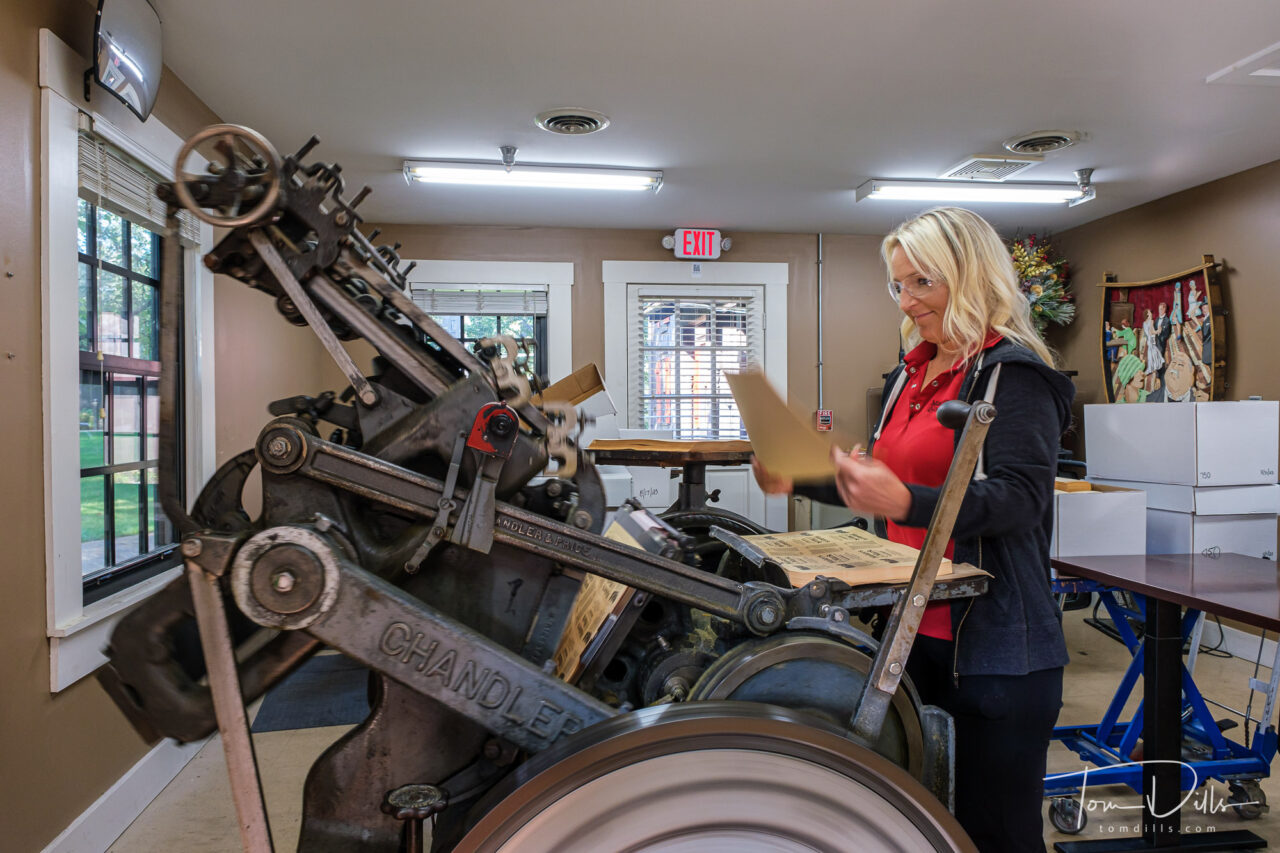
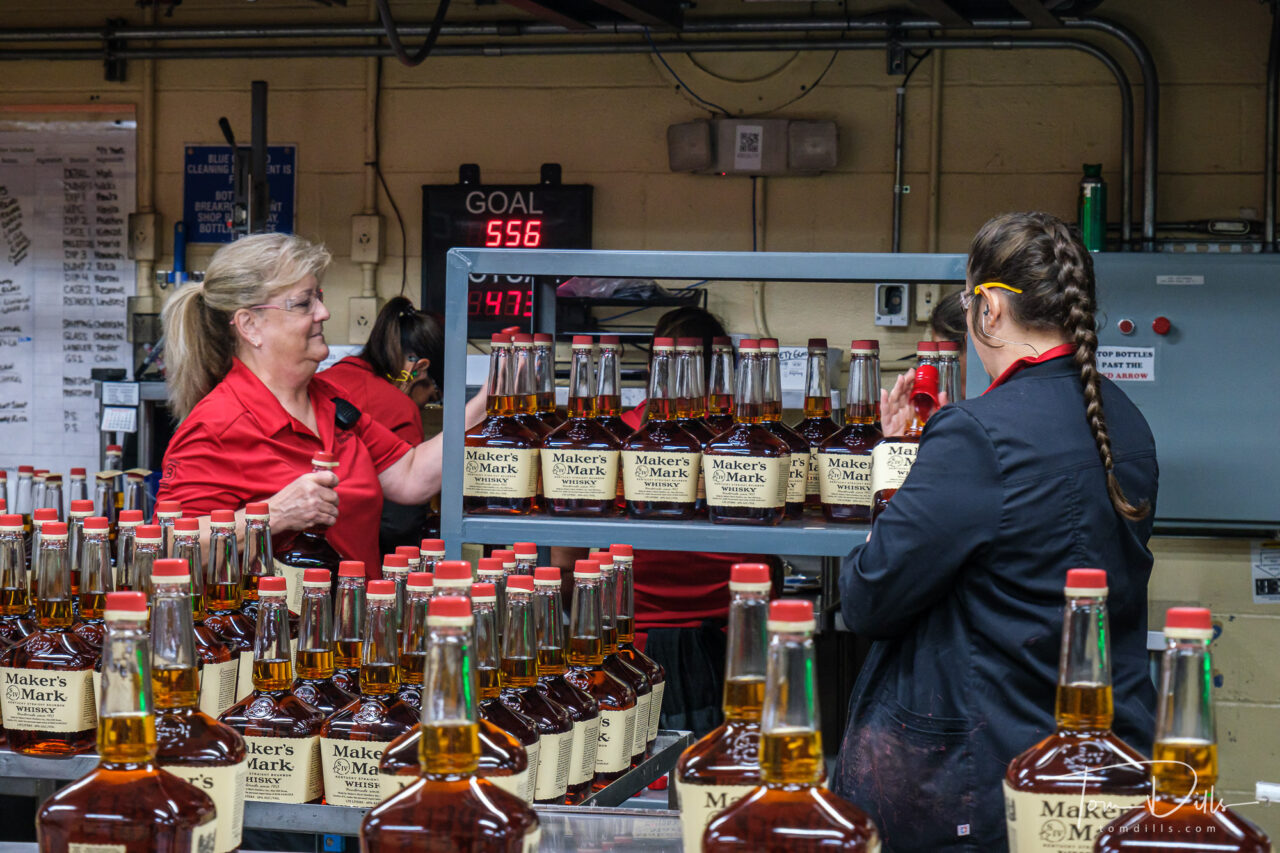
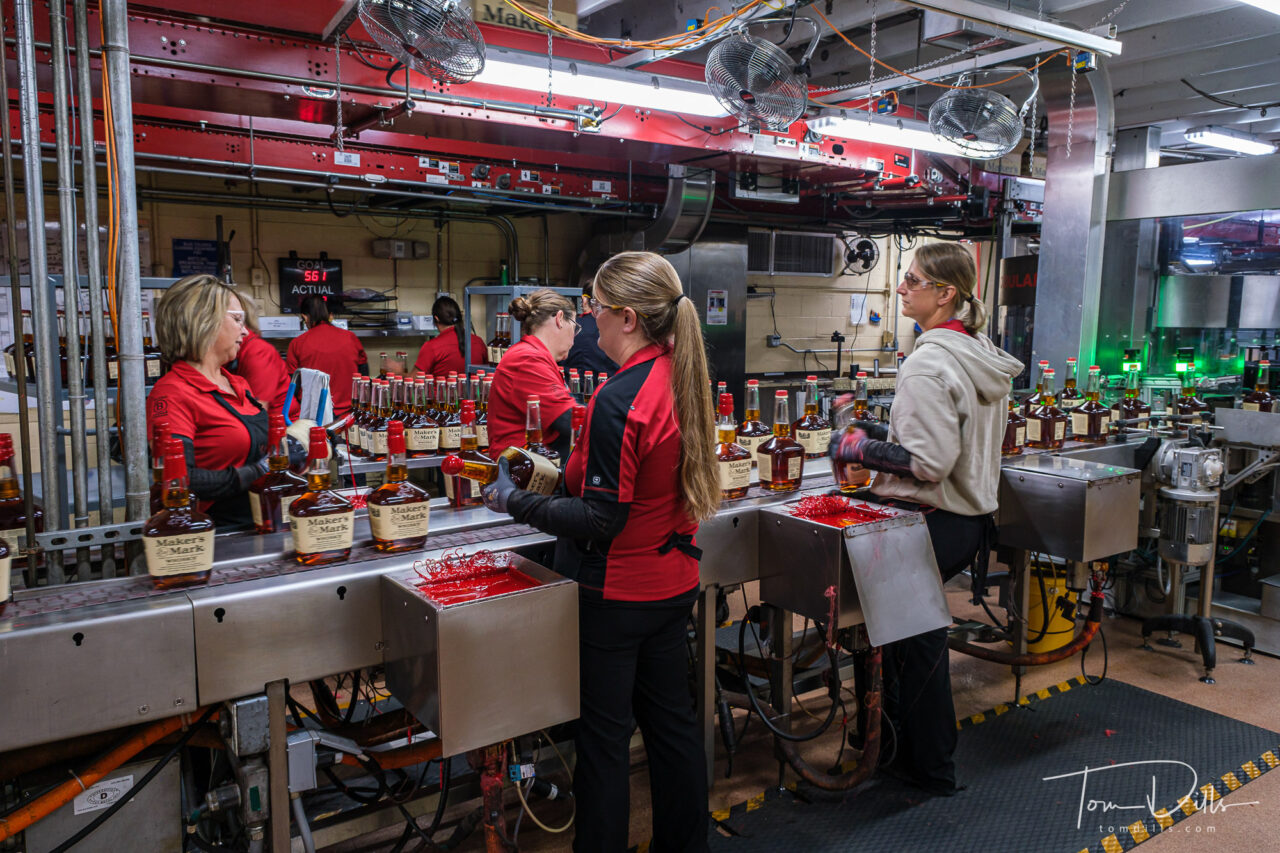

The best part of any tour, other than the actual tasting, is a visit to a rick house. There is nothing like the smell you get, standing in the midst of hundreds of barrels, with thousands of gallons of bourbon, aging peacefully in the Kentucky countryside. This tour was no exception, as we visited one of the original buildings on the site as well as the Limestone Cellar that was specifically created for the aging of specialty products like 46, Private Select and now Cellar Aged.
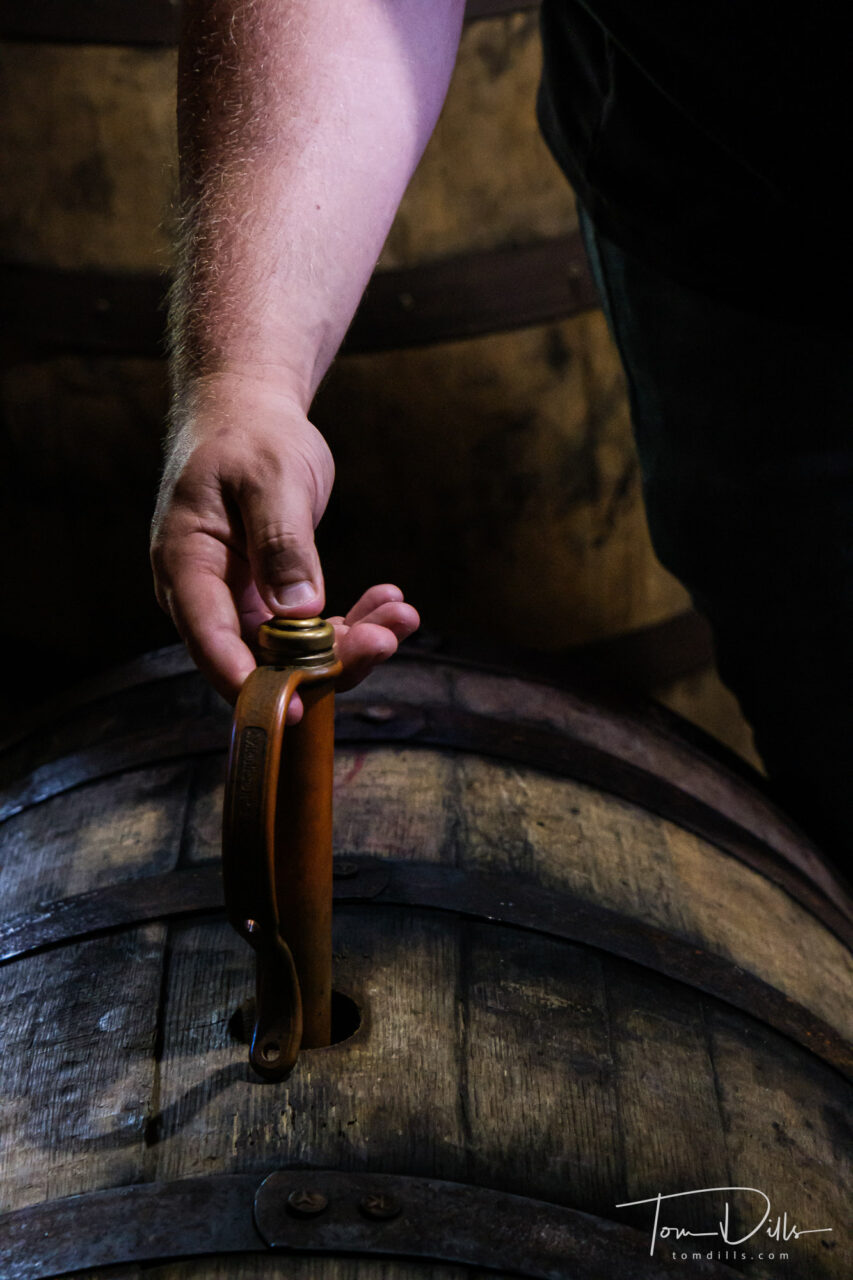
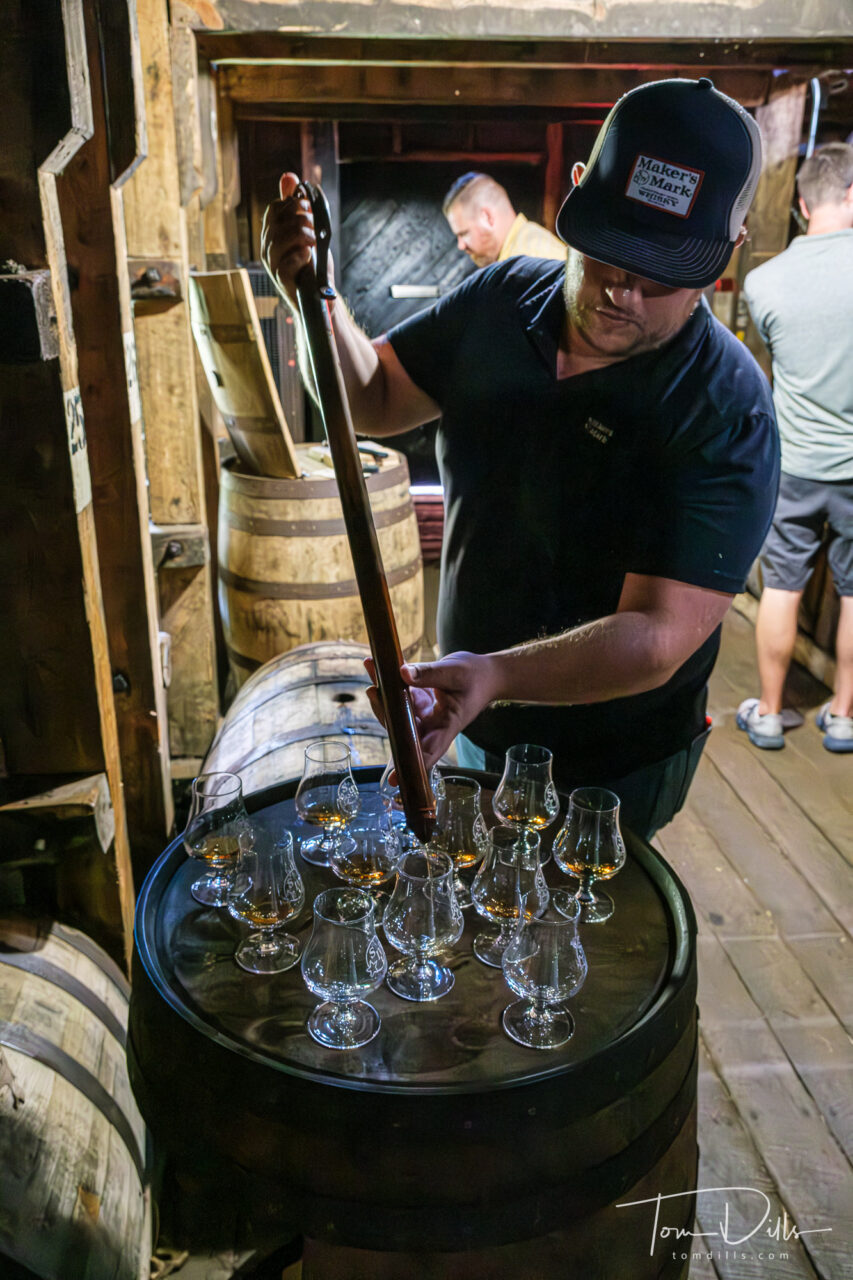
Once inside the 50 degree Limestone Cellar, we were presented with a taste of unblended bourbon from one of the 12 year old barrels, alongside a taste of the final Cellar Aged product. I have to say that we were not disappointed. Since we haven’t opened our own bottles yet, I can’t get into a detailed description, but suffice it to say that we will enjoy it – a little at a time – over the course of the coming months or possibly years. It isn’t something to make cocktails with – unless you just want to! – it deserves to be sipped and savored however you like to enjoy bourbon.
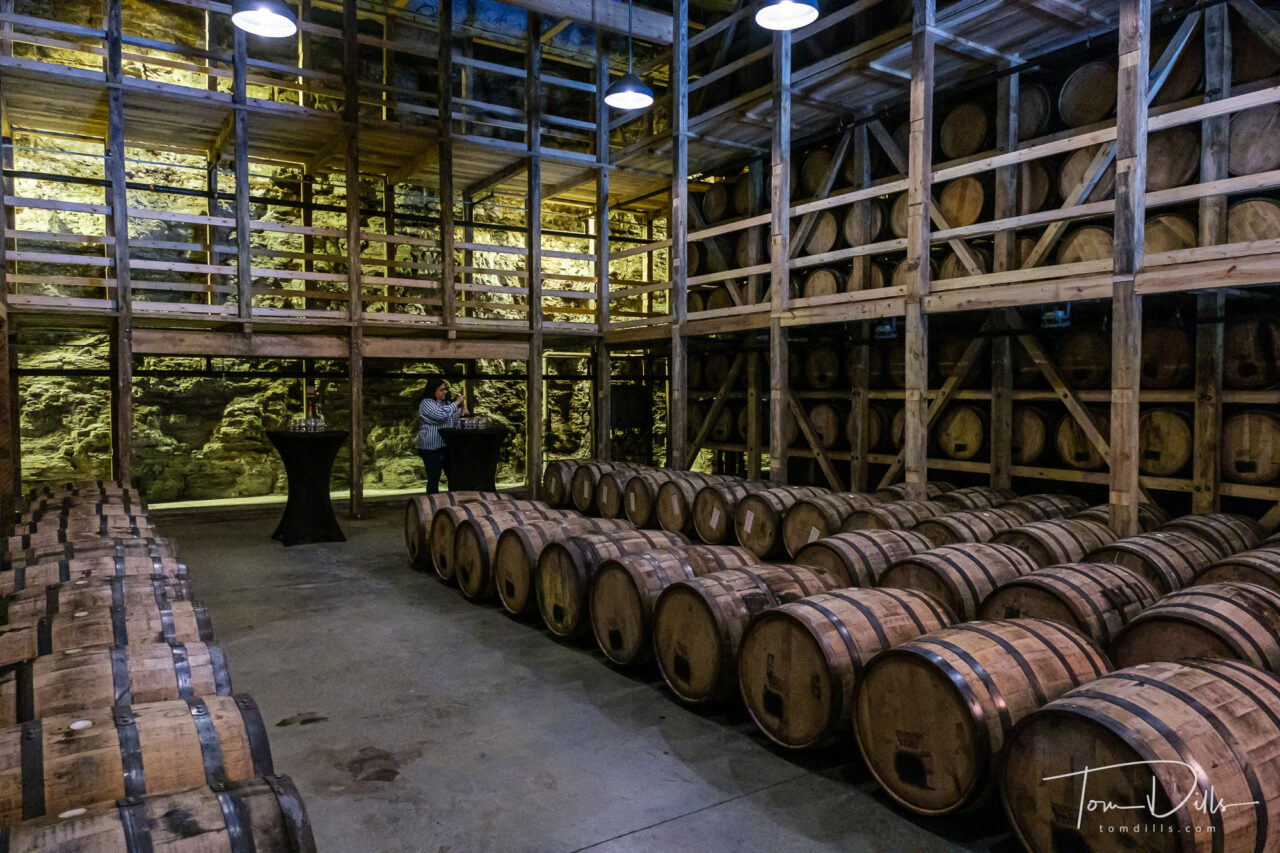
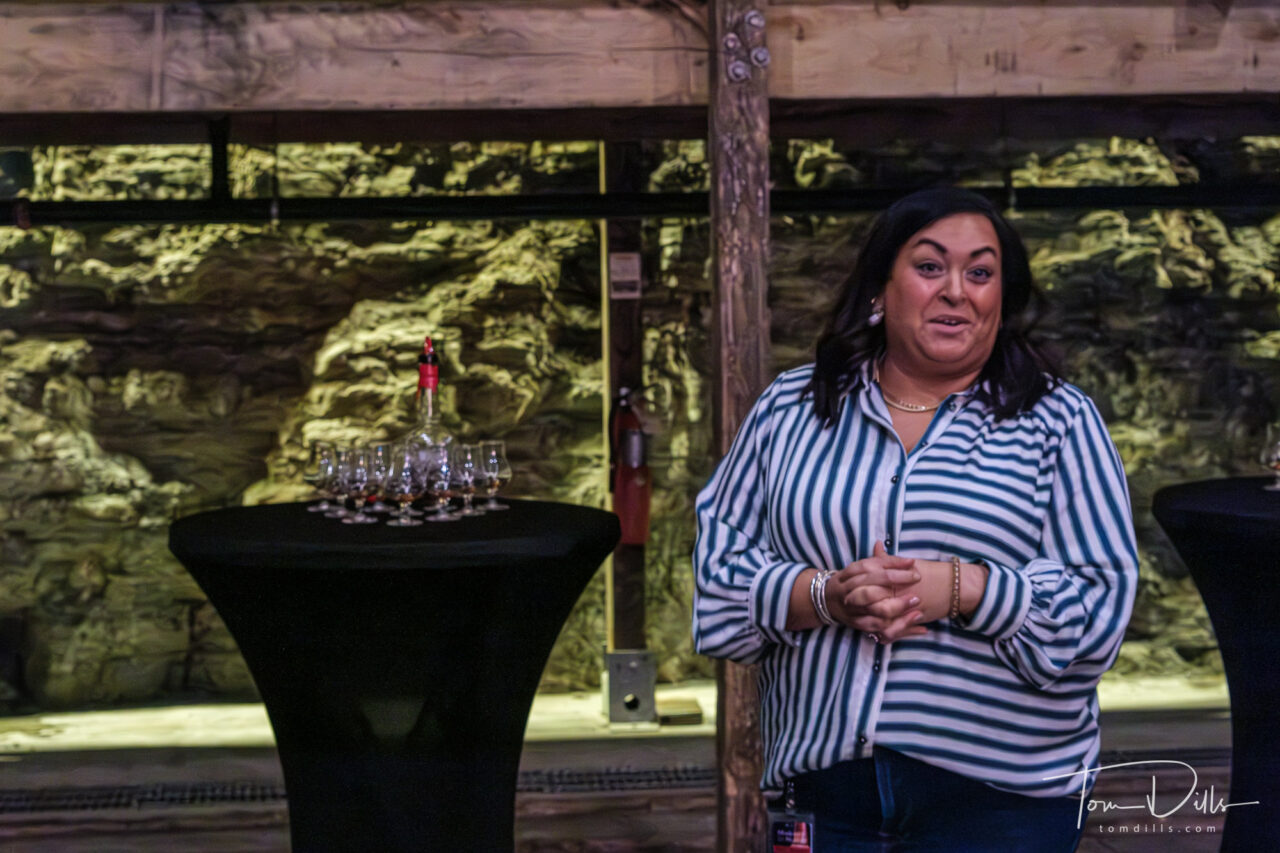
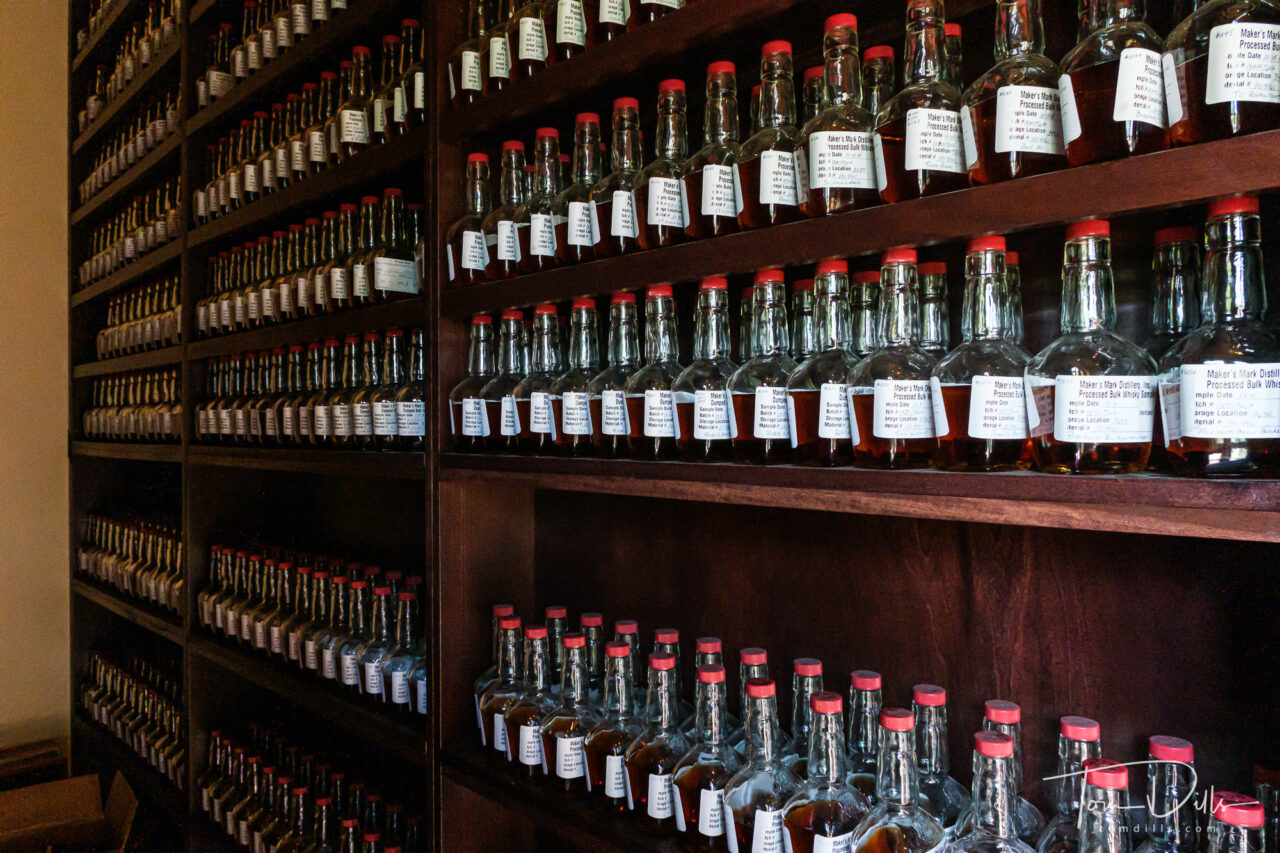
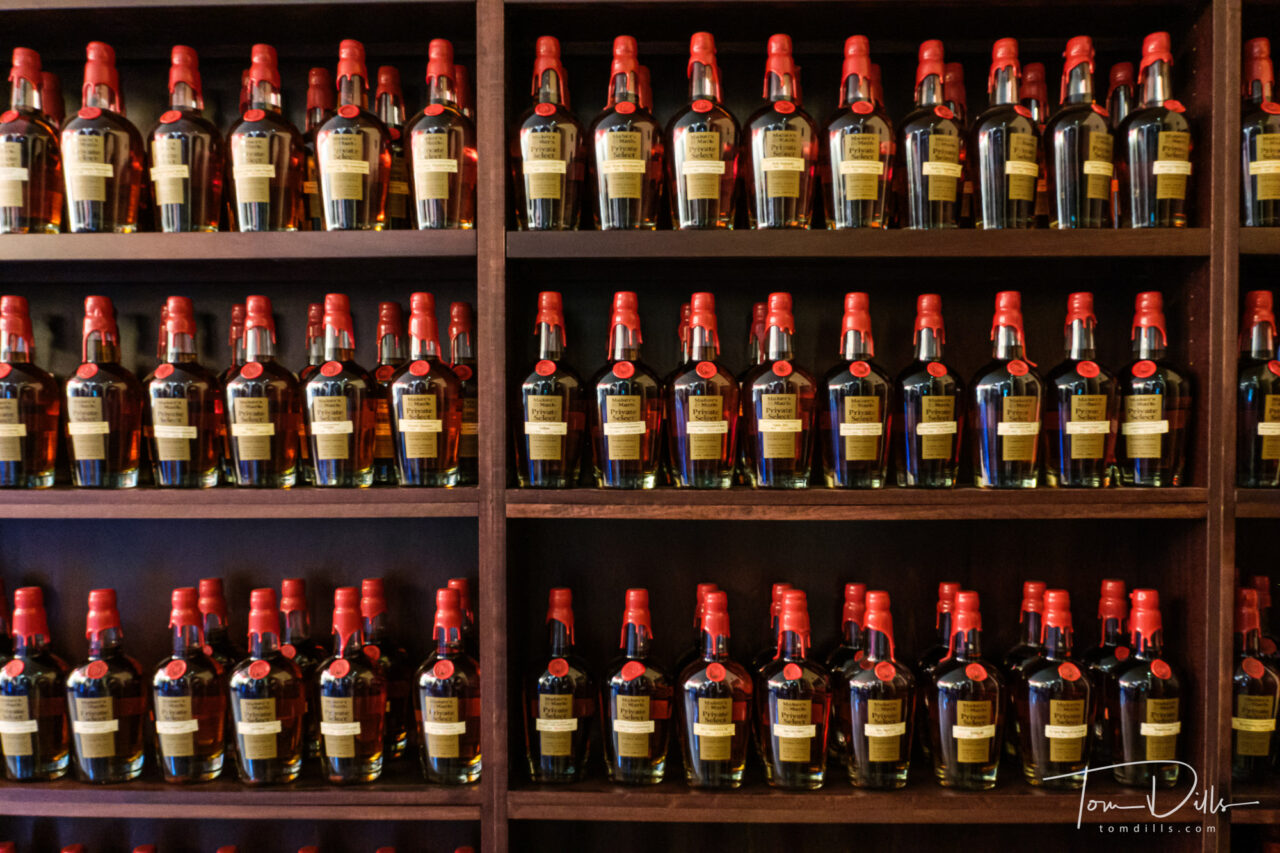
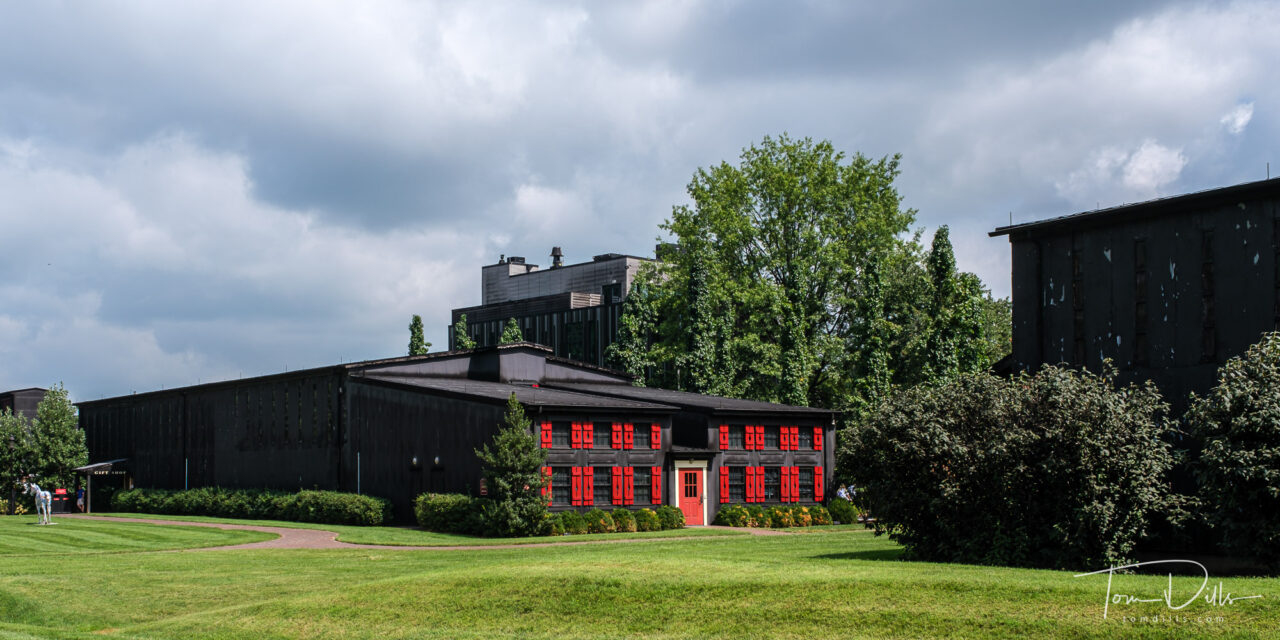
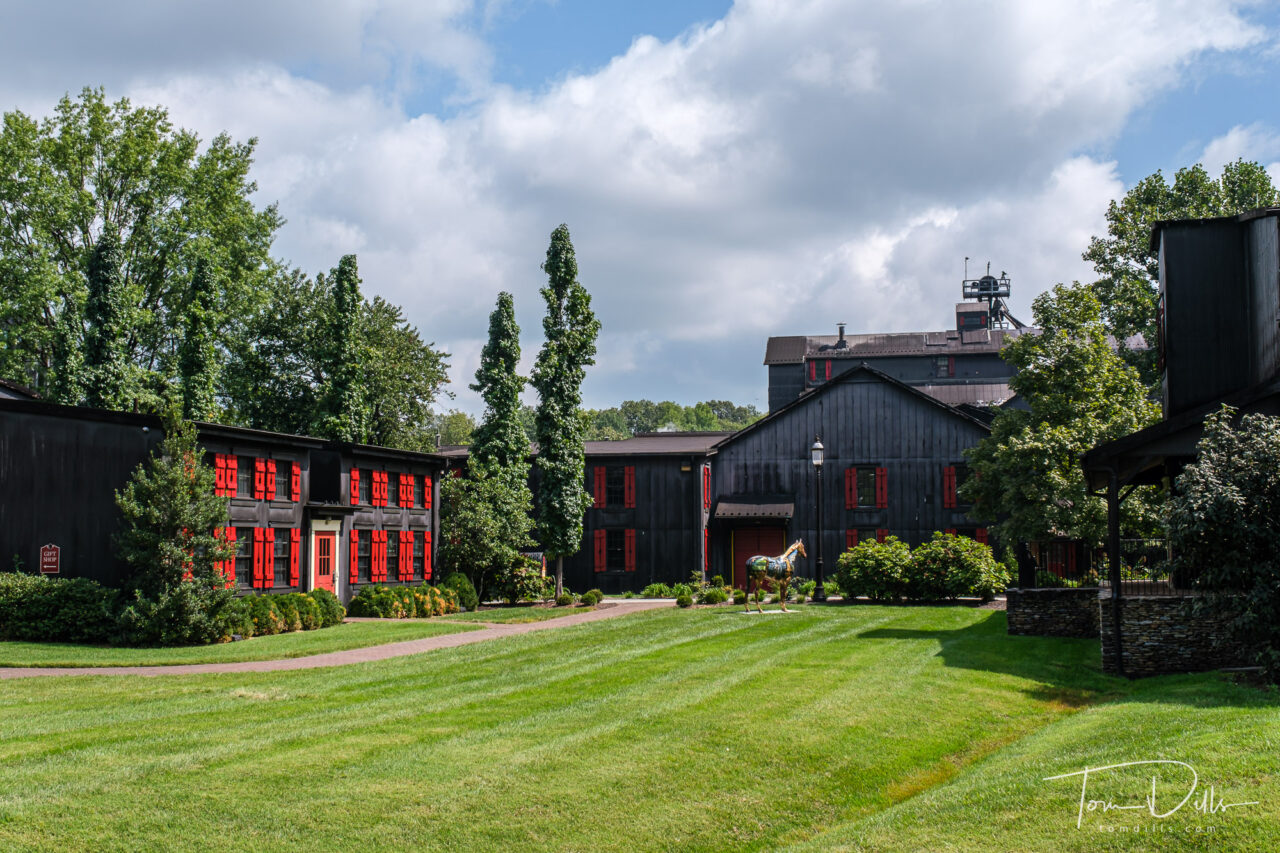
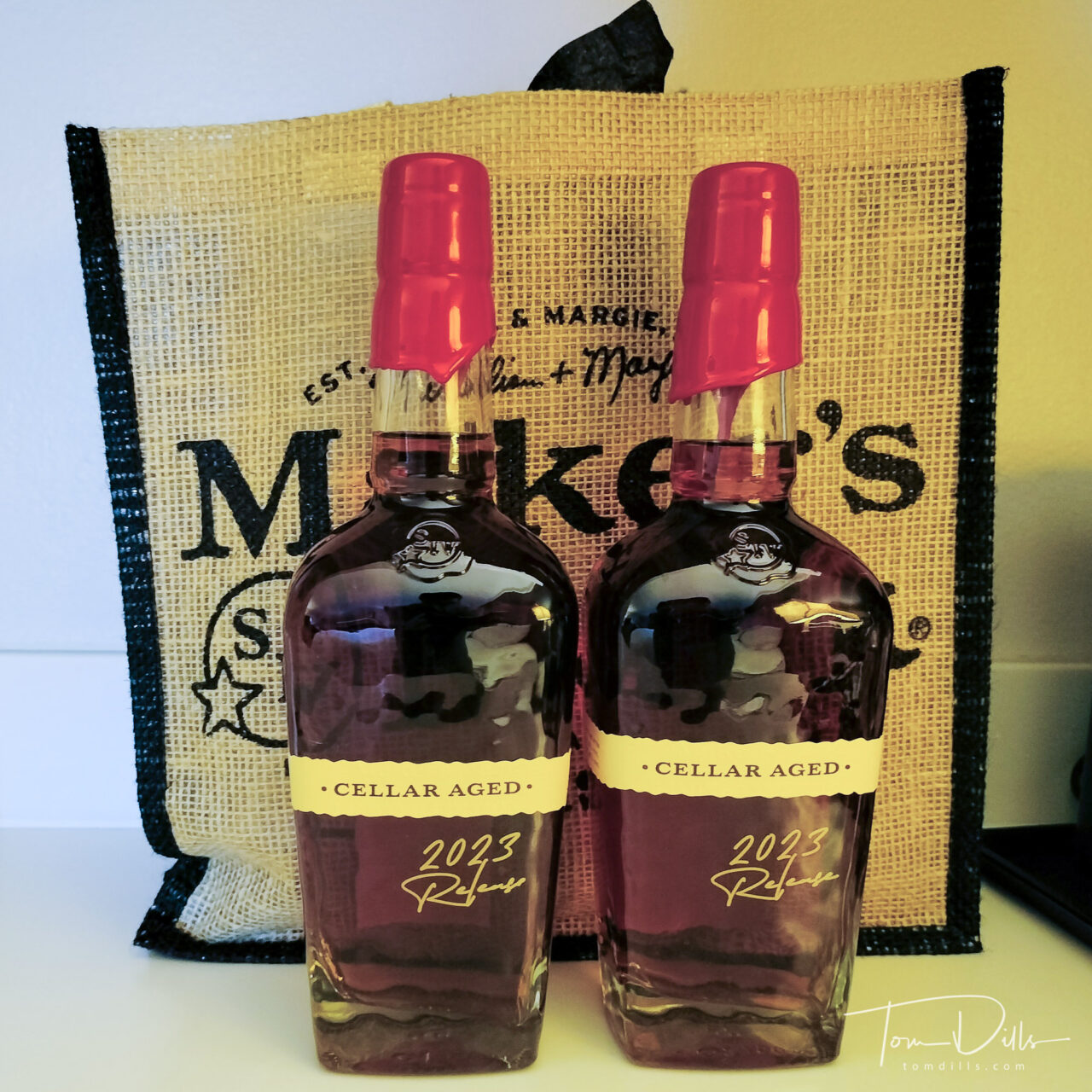
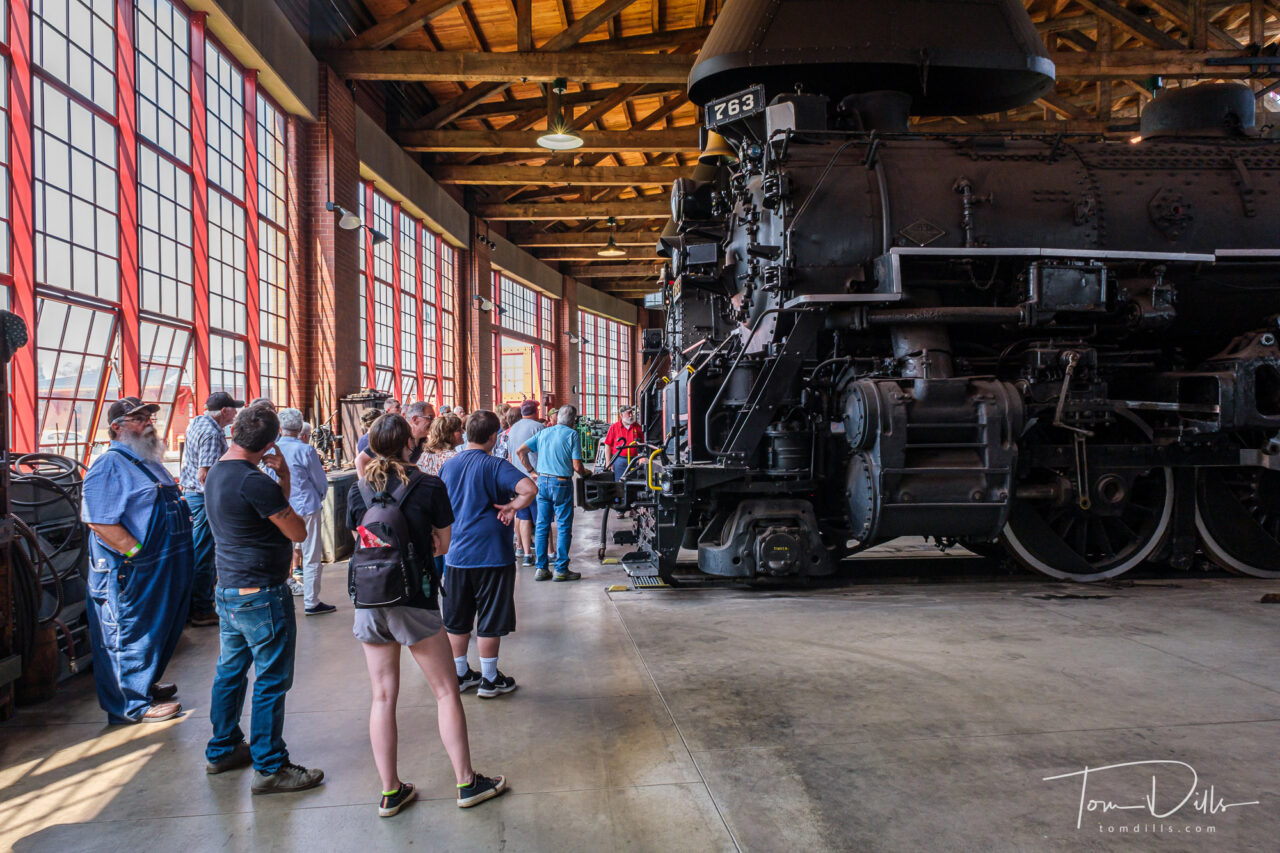
Just about the time Kathy is certain she never has to see an other airplane, car or train museum, I find a new one. 😉
Kathy & I recently returned from a trip to central Ohio over the Labor Day weekend, visiting family and friends there. While looking over things to do for that trip, I discovered the Age of Steam Roundhouse, a railroad museum located near the town of Sugarcreek.
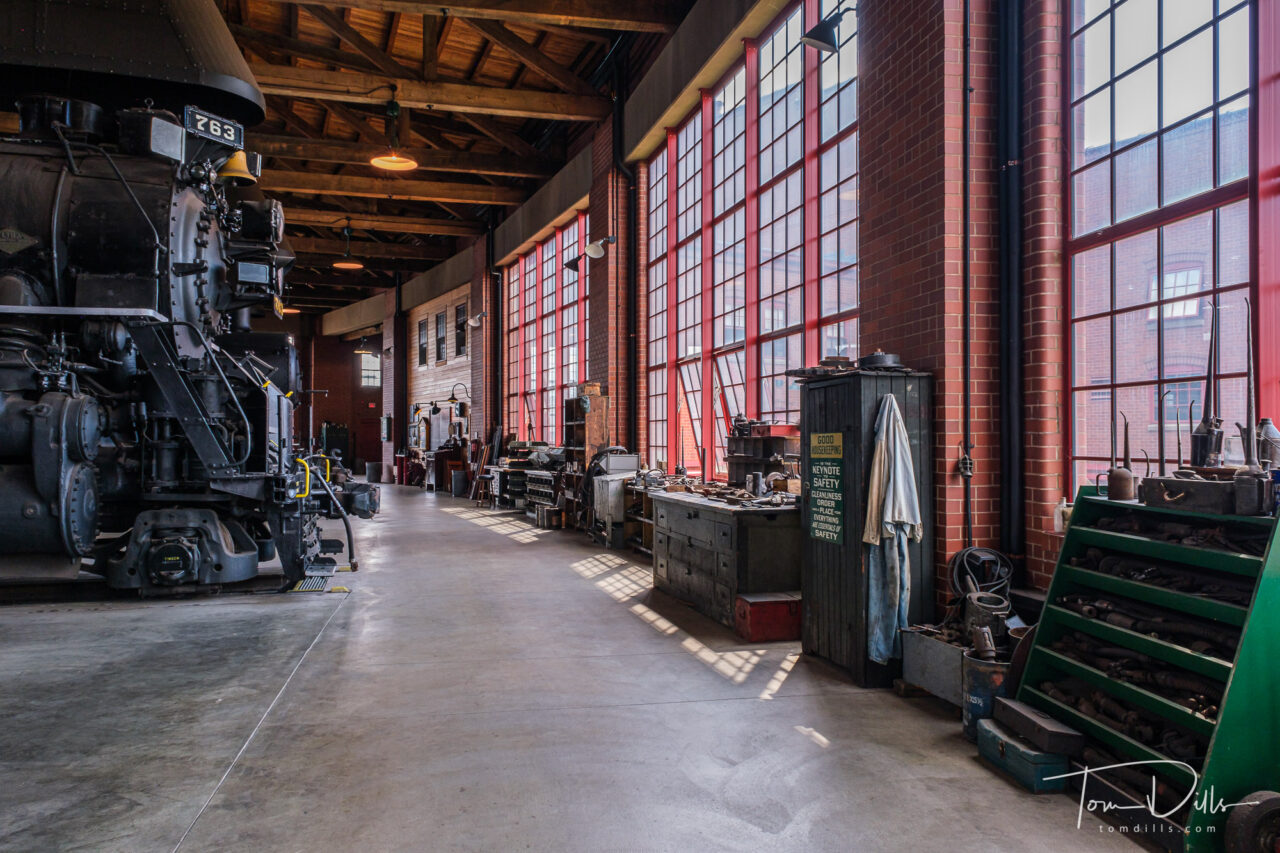
The Age of Steam Roundhouse is actually much more than simply a railroad museum. The roundhouse was built with private funds by a man named Jerry Jacobson and his wife Laura. Jacobson retired in 2008 from the railroad industry, selling his entire 525-mile Ohio Central Railroad System (OCRS) freight railroad to Genesee & Wyoming, a short-line railway company headquartered in Rochester, NY.
As well as being a regular revenue railroad, the Ohio Central had its own steam department that operated steam locomotives for tourist trains, excursions, and special events. When Jacobson sold OCRS in 2008, he maintained ownership of the antique equipment, including the collection of steam locomotives. Needing a place to safely house and restore his old-timers, Jacobson acquired 34 acres of land adjacent to the OC track and constructed his Age of Steam Roundhouse Museum. He built two miles of storage tracks, a depot, store house, coal loader, wood water tank, ash pit, back shop and, the jewel of the site, a working, 18-stall brick roundhouse that surrounds a 115-foot turntable. This was the first full-sized working roundhouse built in the U.S. since 1951.
Since Jacobson’s death in 2017, The Age of Steam Roundhouse Museum is currently operated by a non-profit organization and has three roles: maintaining its roster of 23 steamers, teaching future generations these fast-disappearing job skills, and bringing America’s railroad history alive.
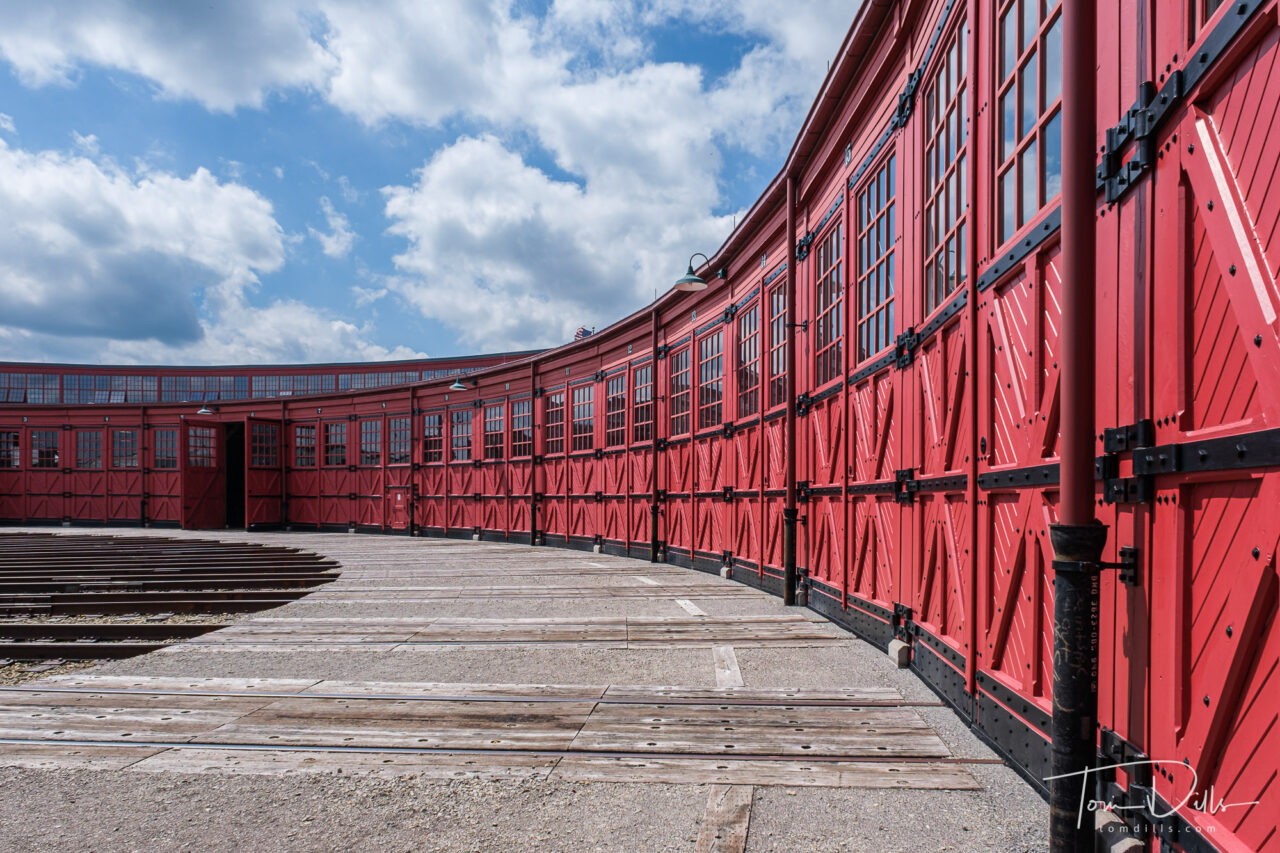
Kathy & I, along with my brother Bob and his wife Suzie, booked a tour of the Roundhouse one afternoon, and these are (more than) a few of my photos from this fascinating visit. I just couldn’t narrow them down further and still tell the story! 🙂
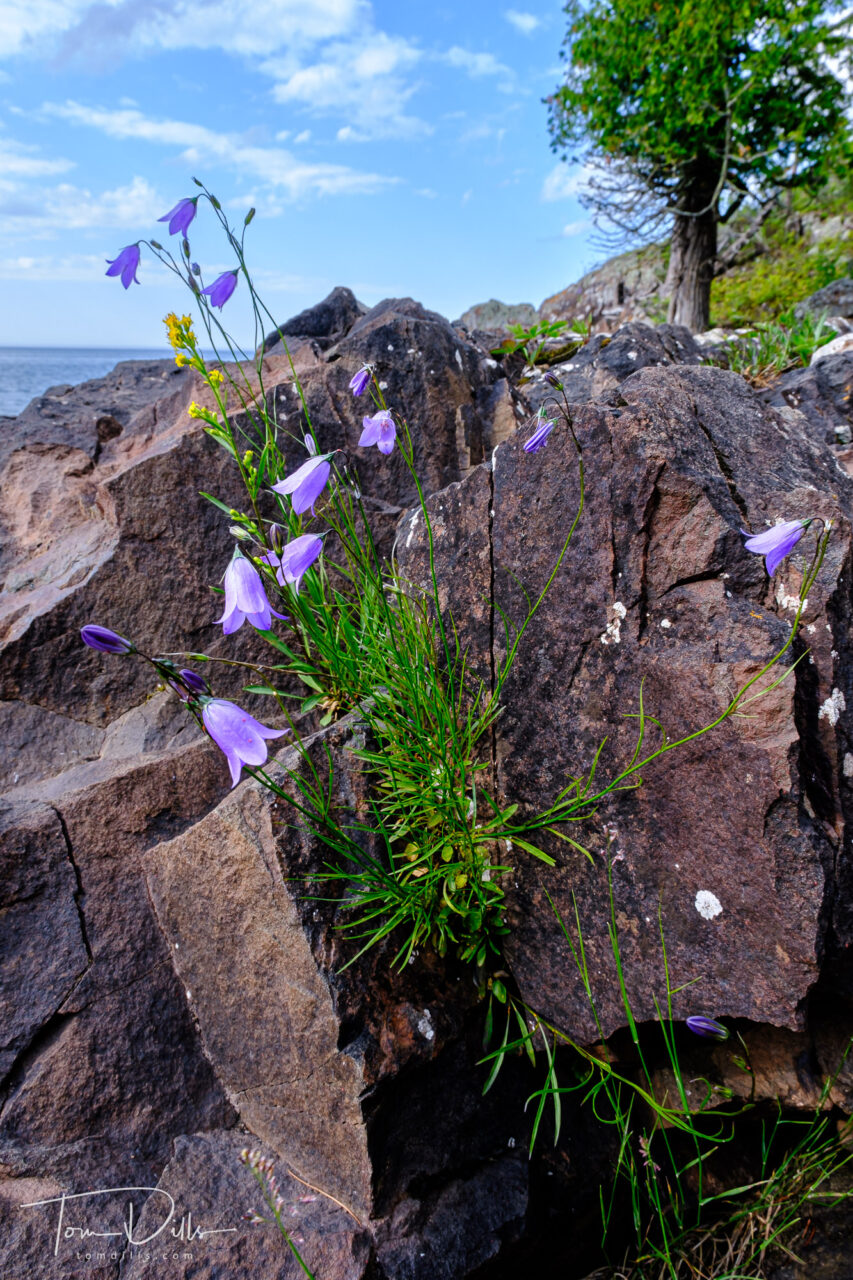
Just like I occasionally need reminded to take HDR and Panorama photos, I often forget to take pictures from something other than eye, or tripod, level. On our recent visit to the Keweenaw Peninsula of Michigan I managed to take a few photographs from a different perspective. Having an articulating screen helps! 🙂
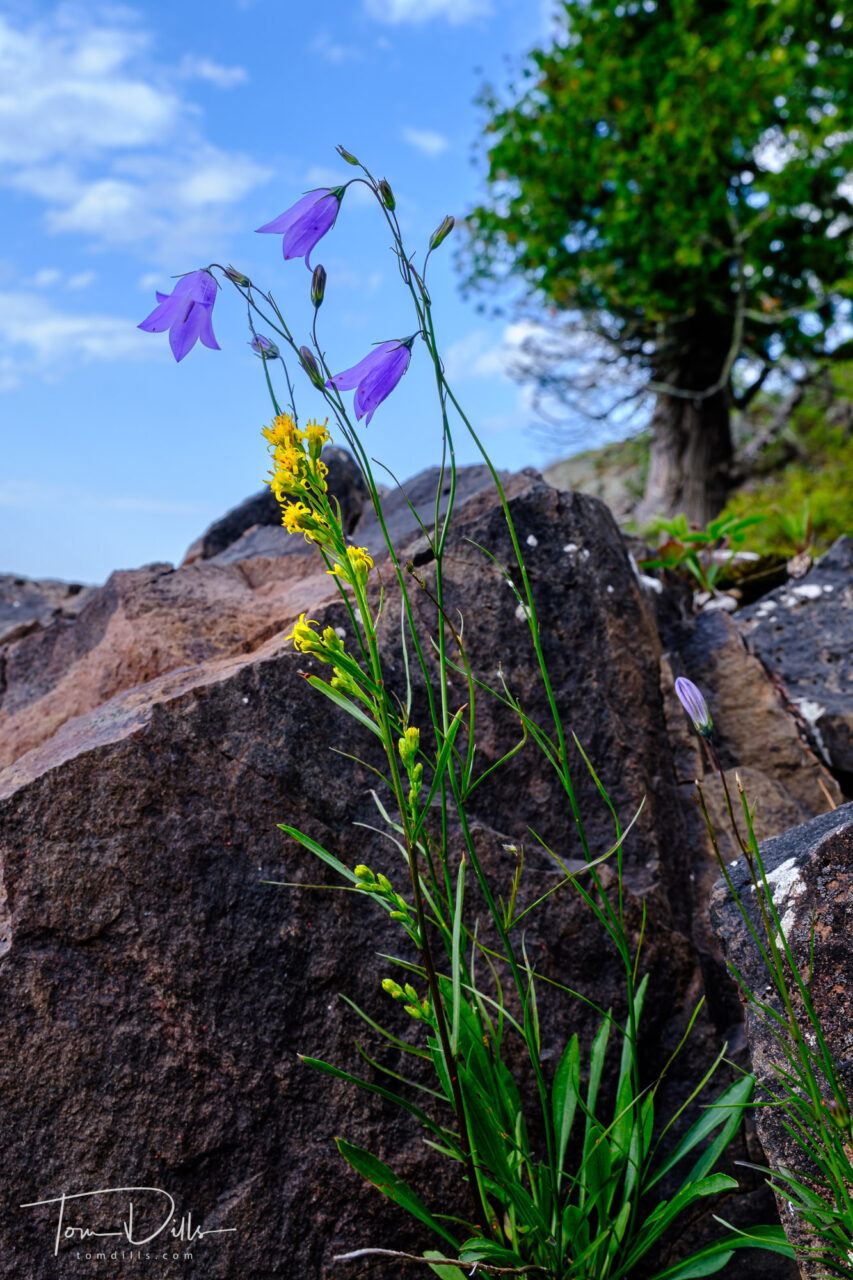
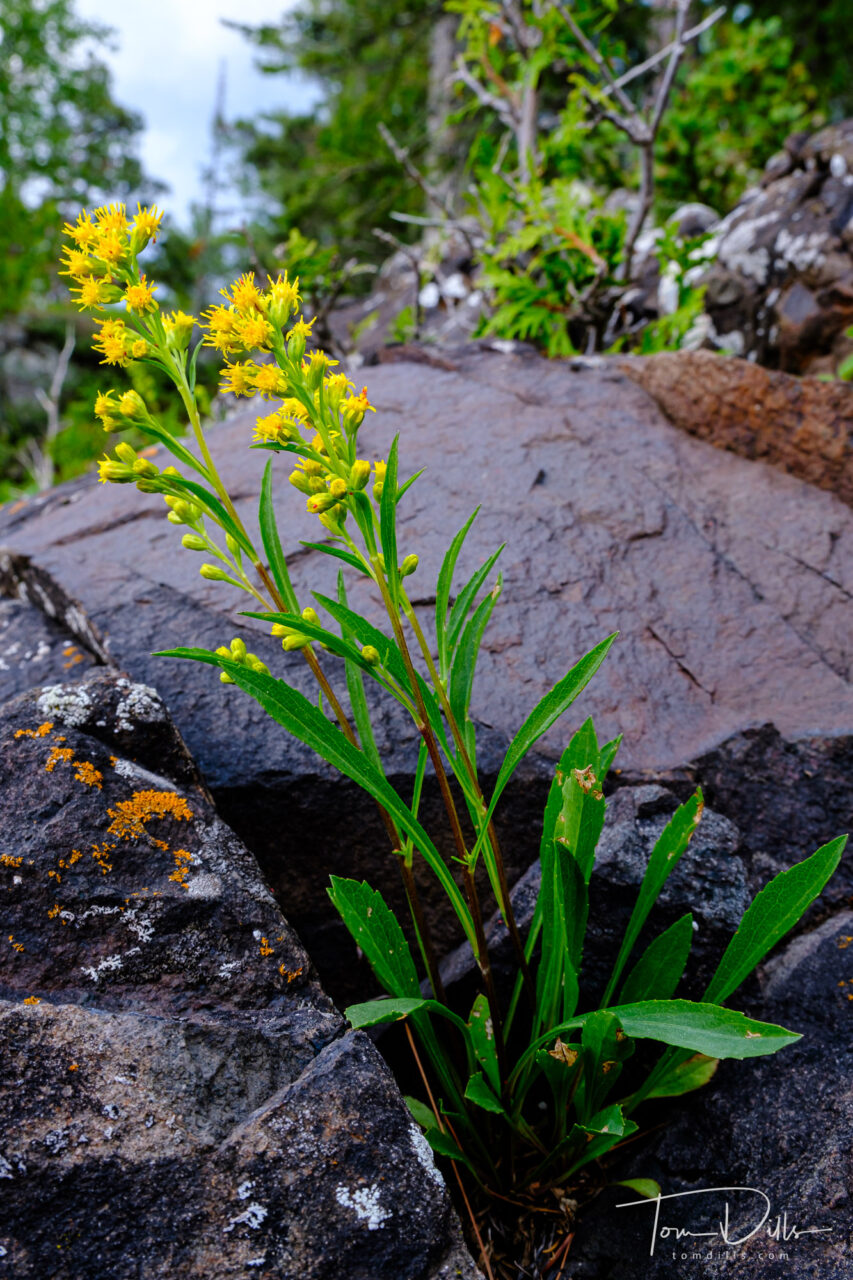
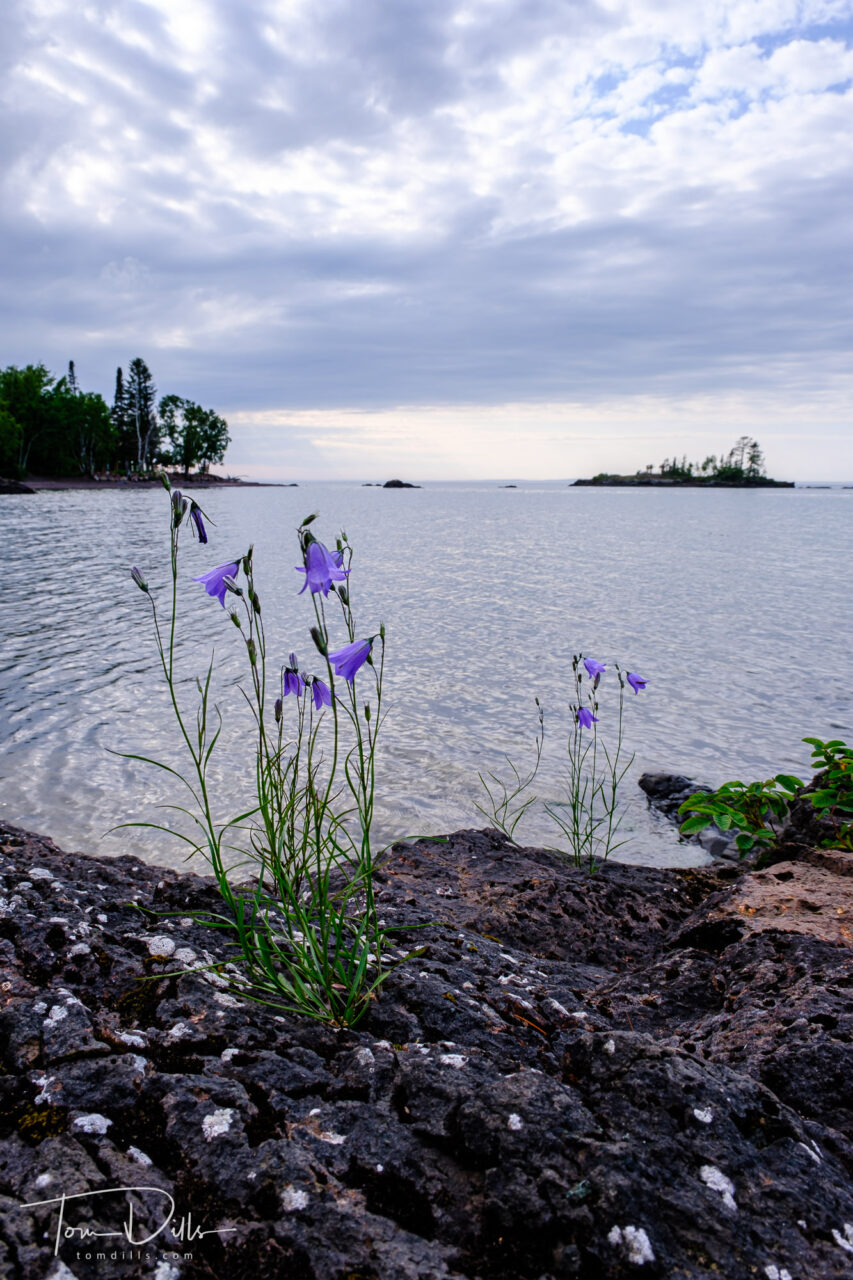
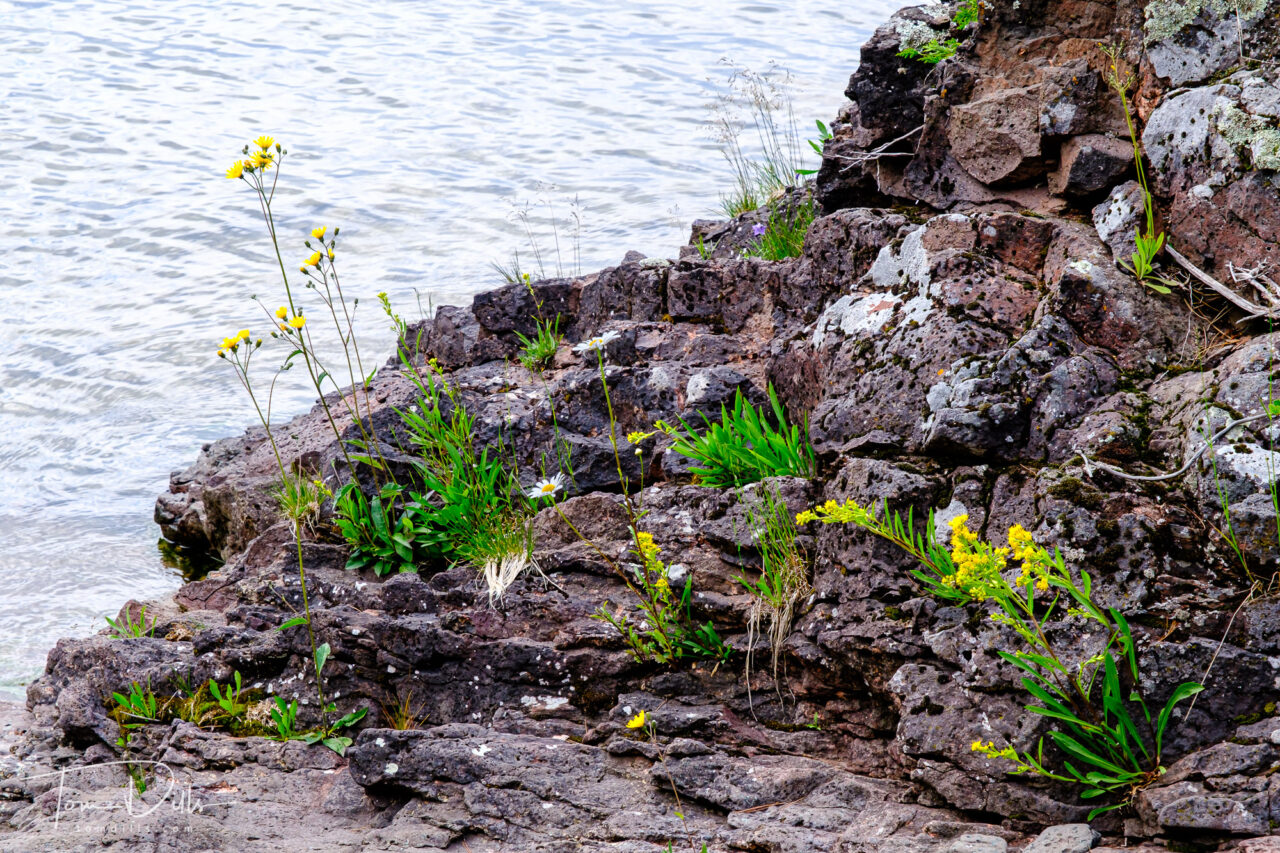
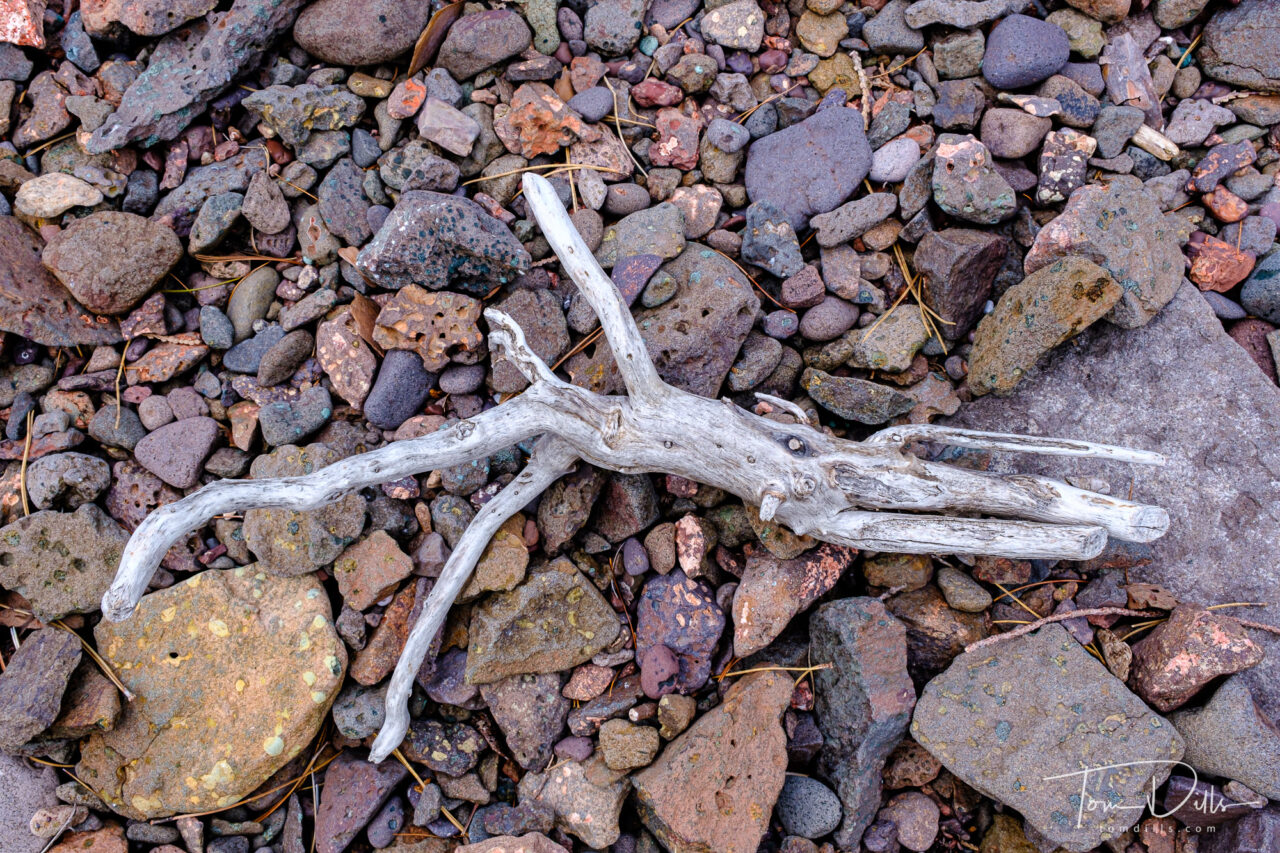
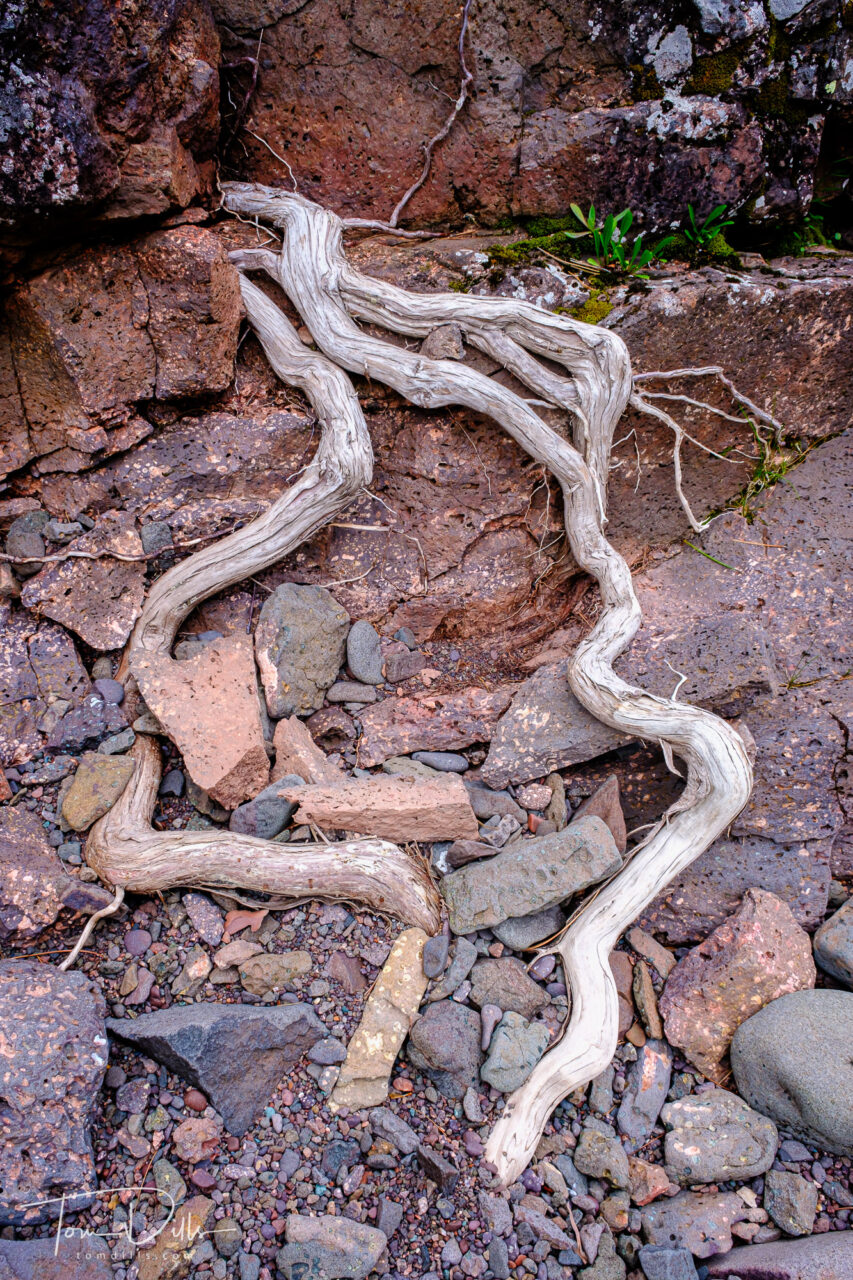


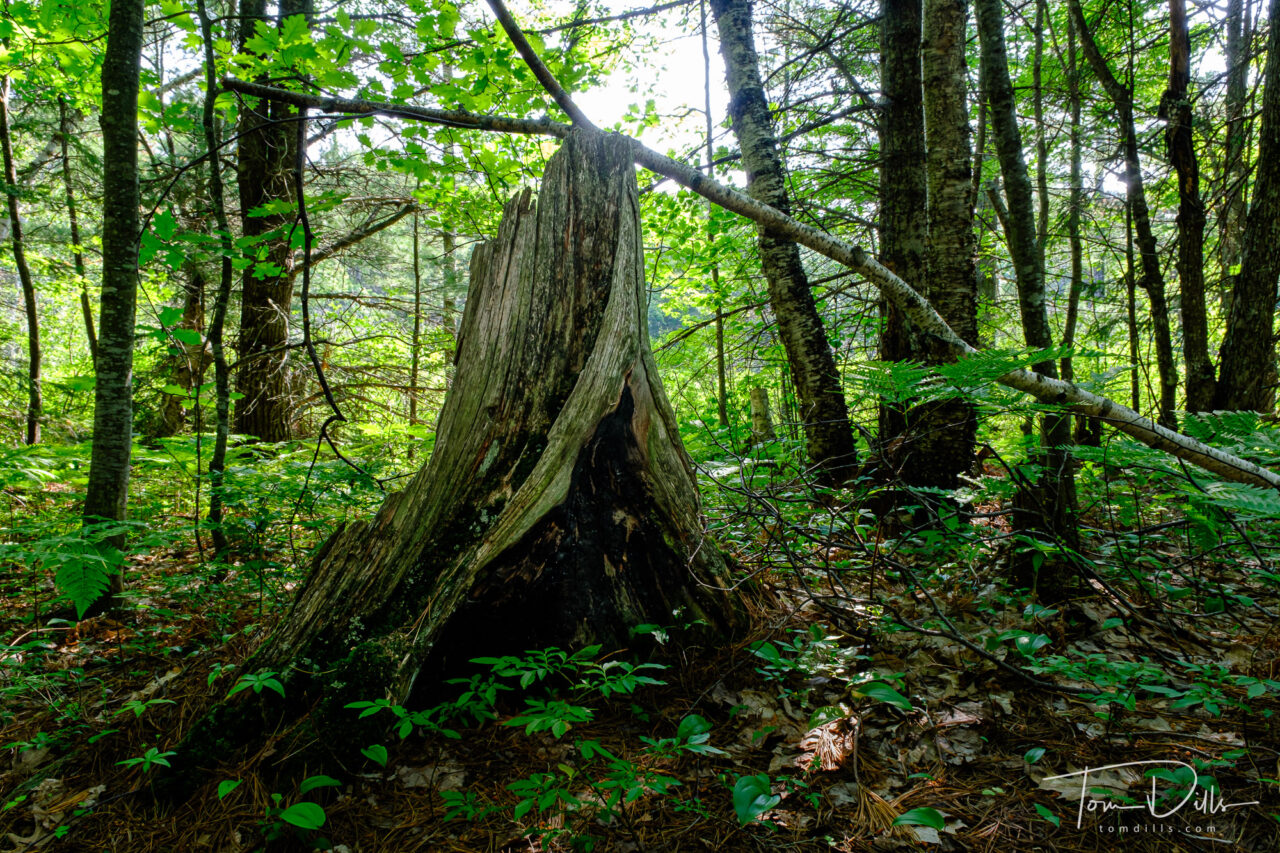
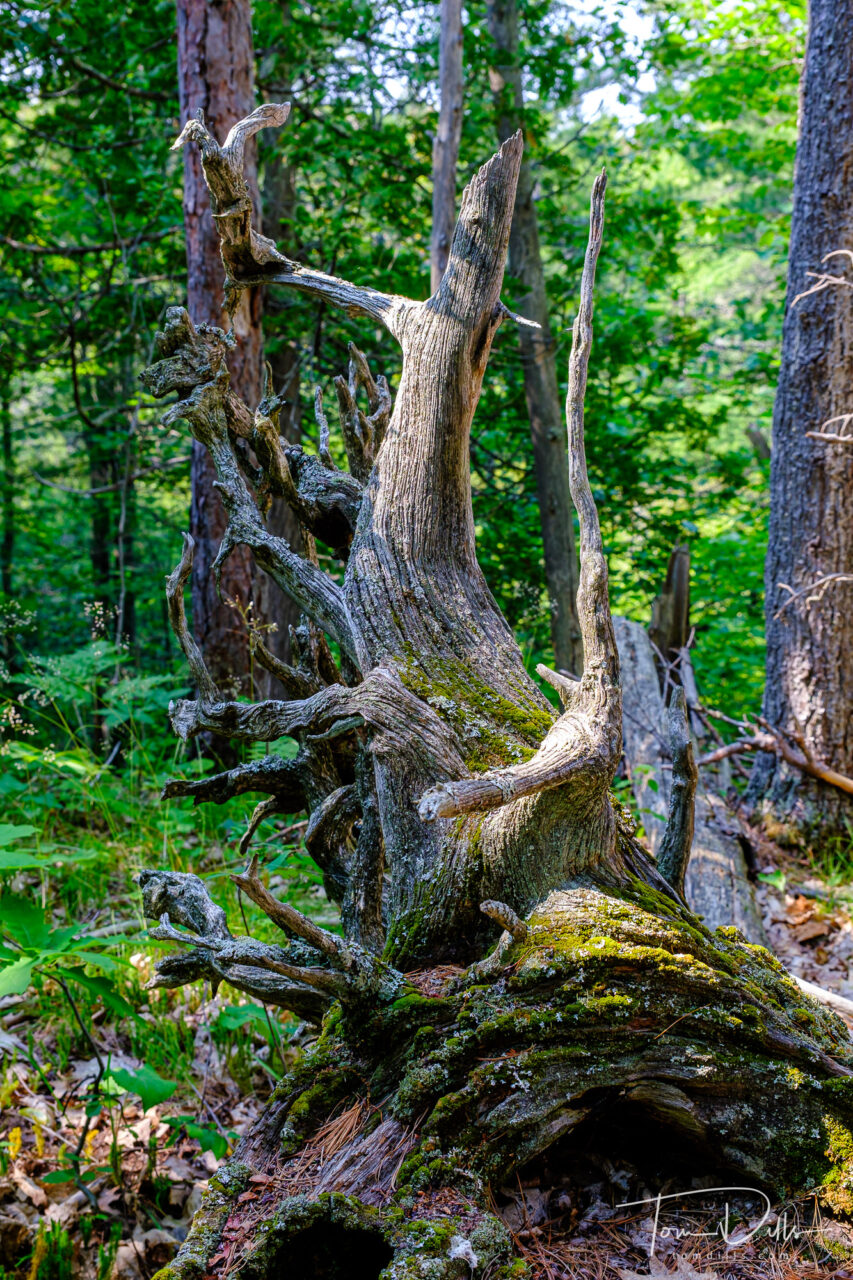
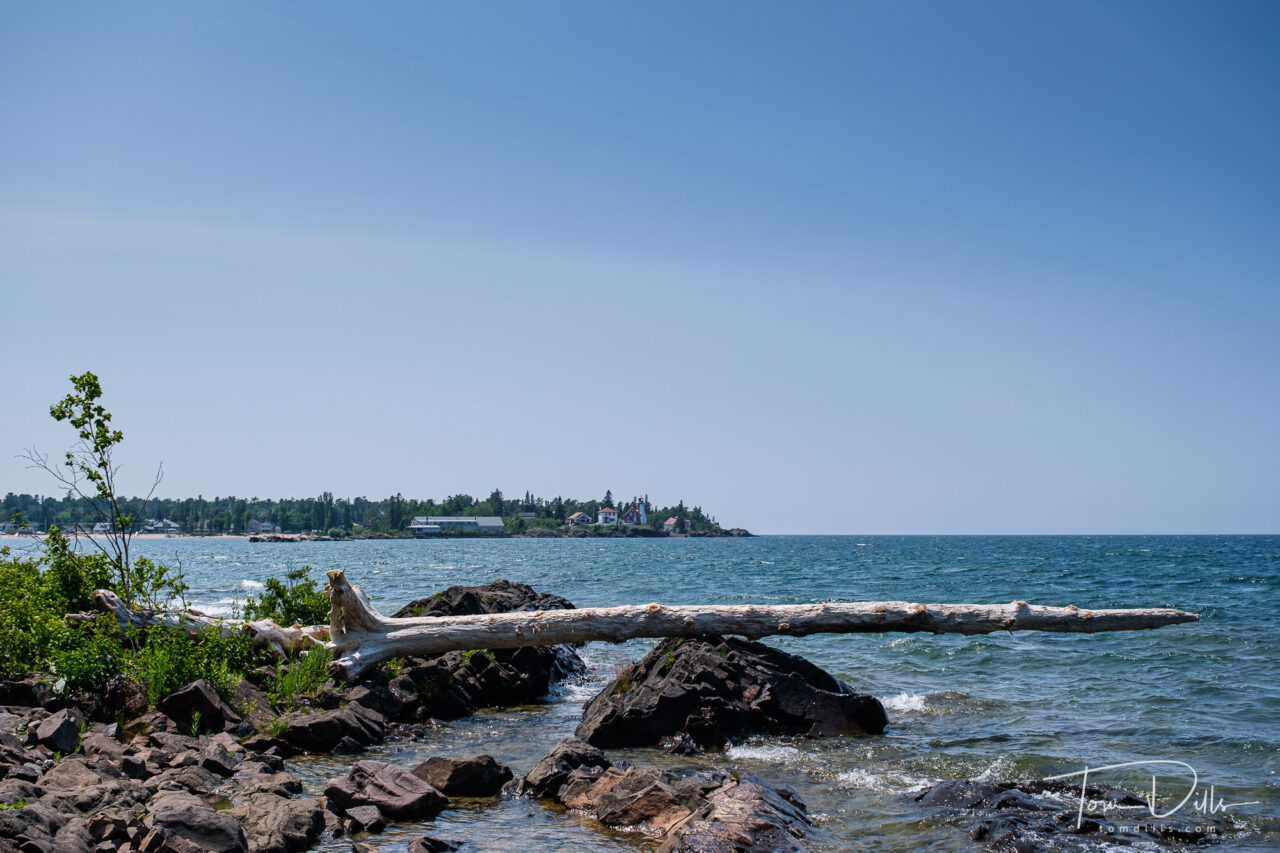
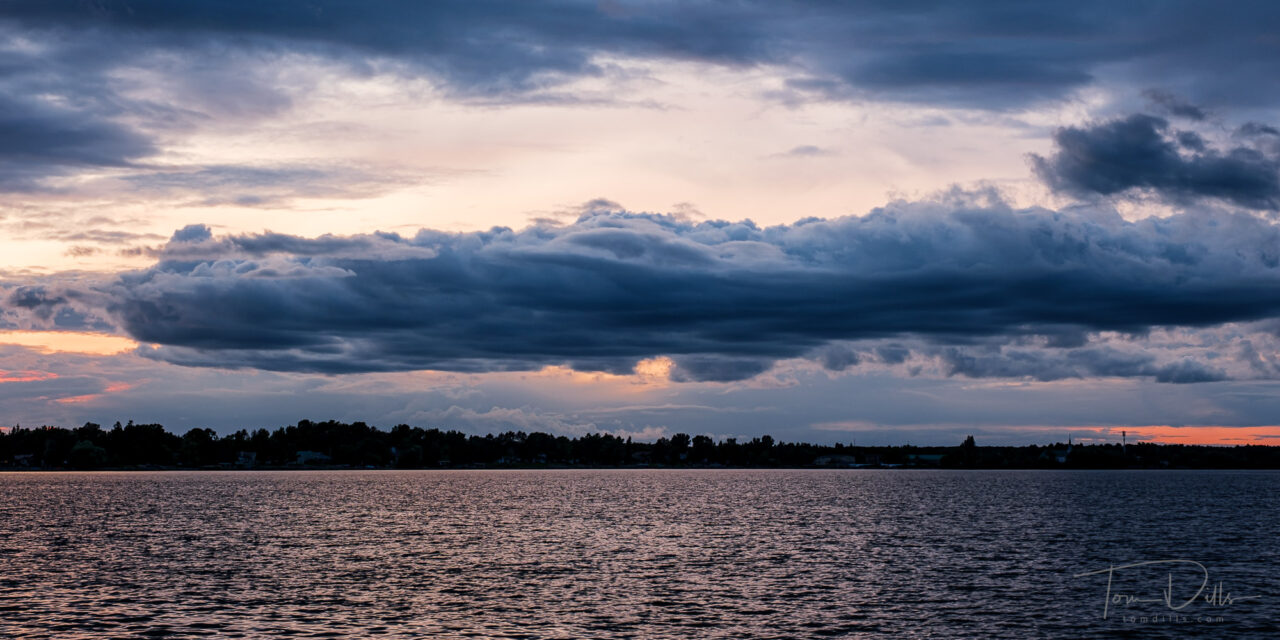
We just returned from another little jaunt, so I am now two trips behind in my posting. Here is a random sunset photo from our Minnesota visit. The sunset itself was nothing special but this cloud was pretty awesome.
In case you don’t wish to wait, I have published a gallery of photos from that trip on my Adobe Portfolio site.
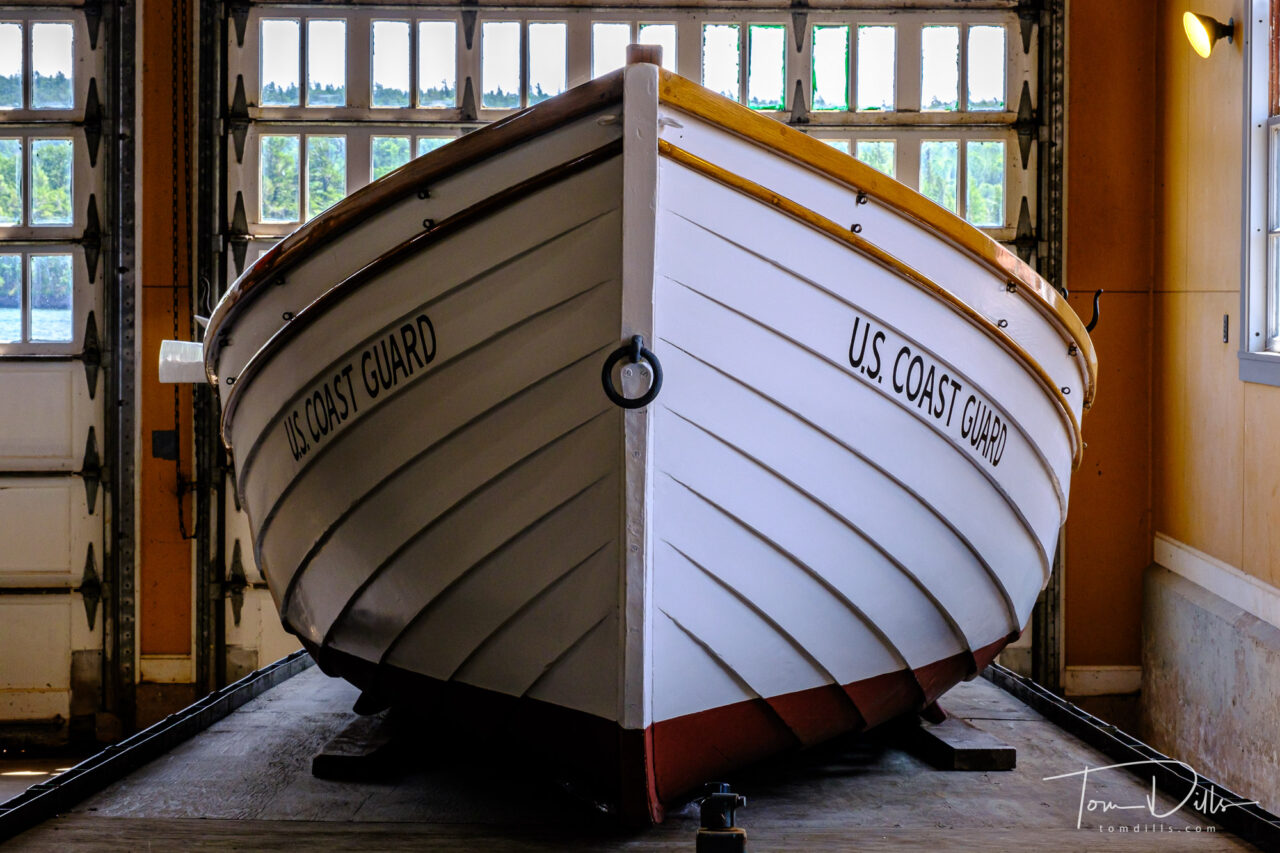
When in Eagle Harbor, MI we visited this former Coast Guard Lifesaving Station that is now a museum of maritime history. Interesting place with some nicely restored boats and restored building.
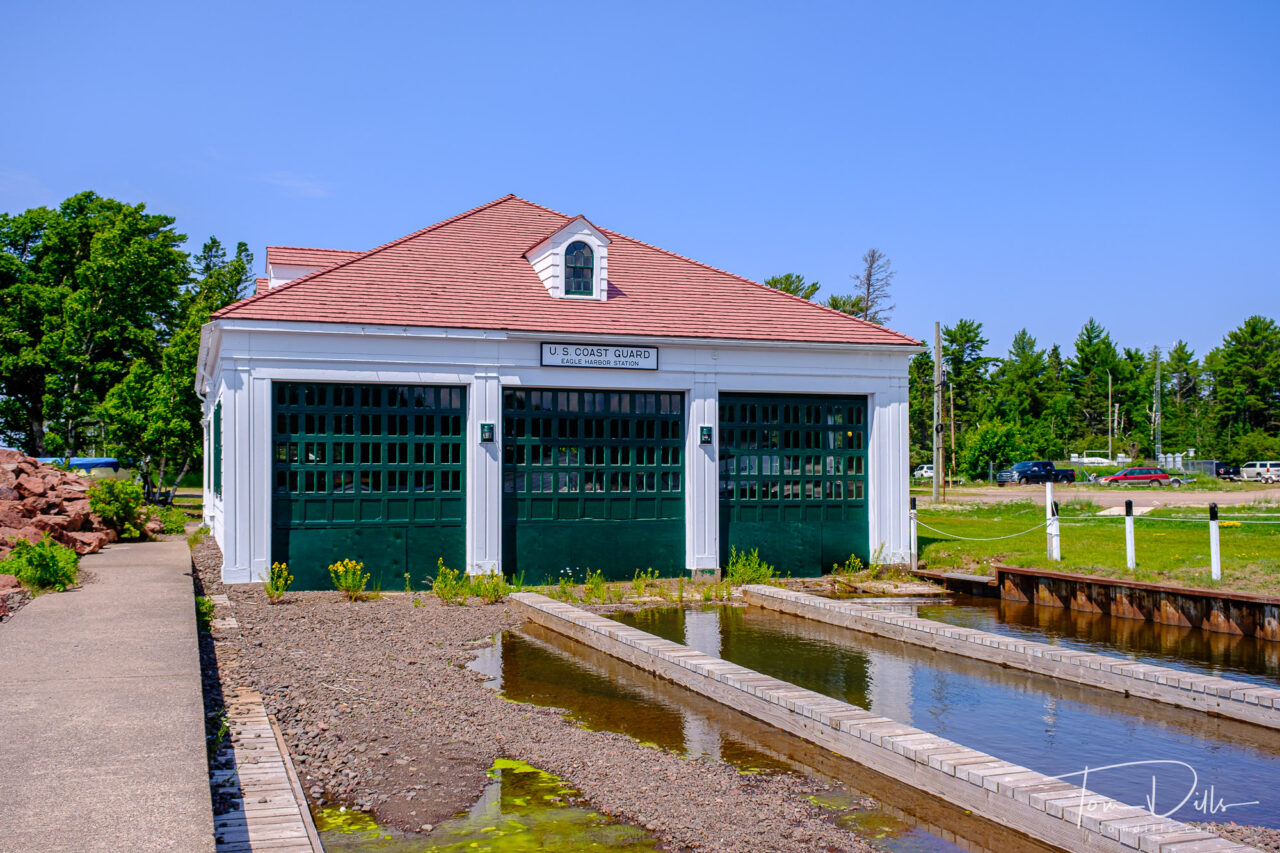
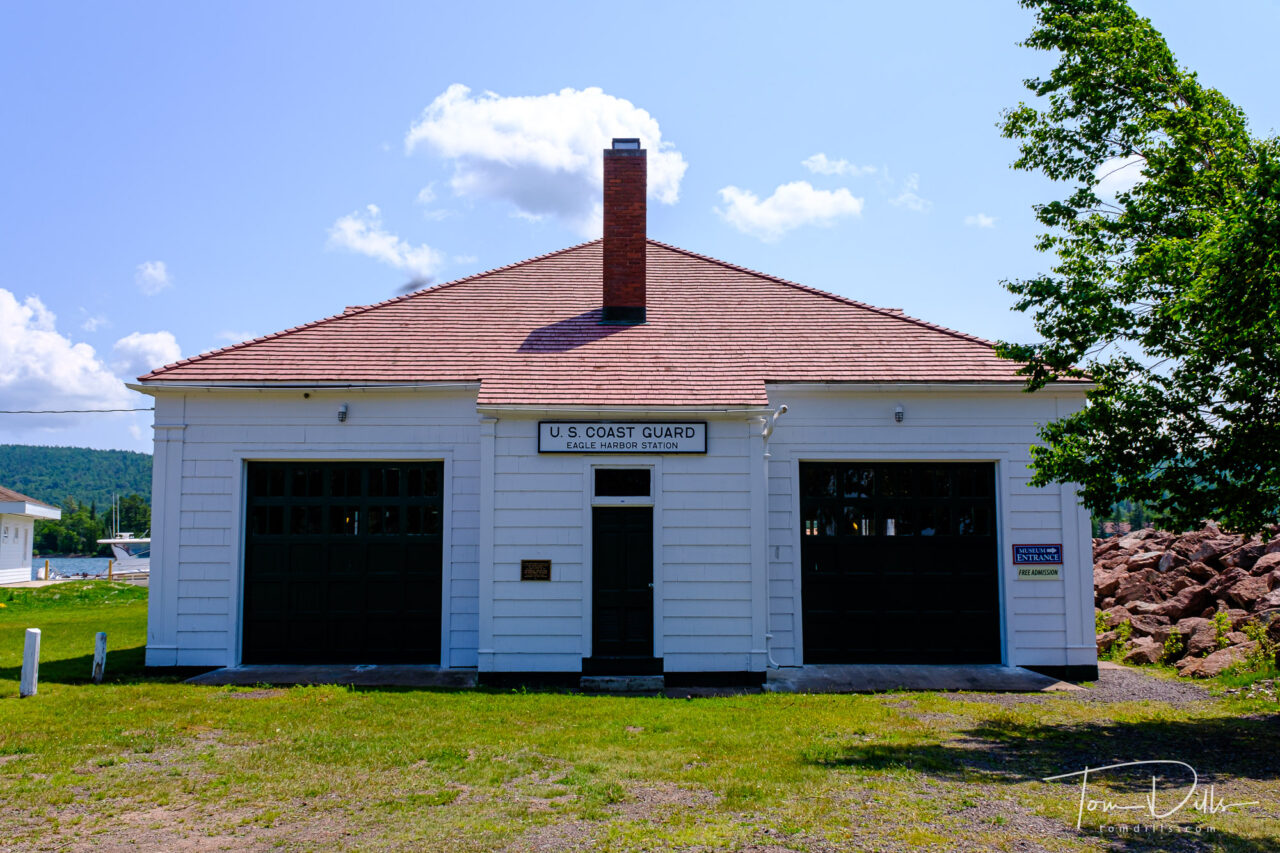
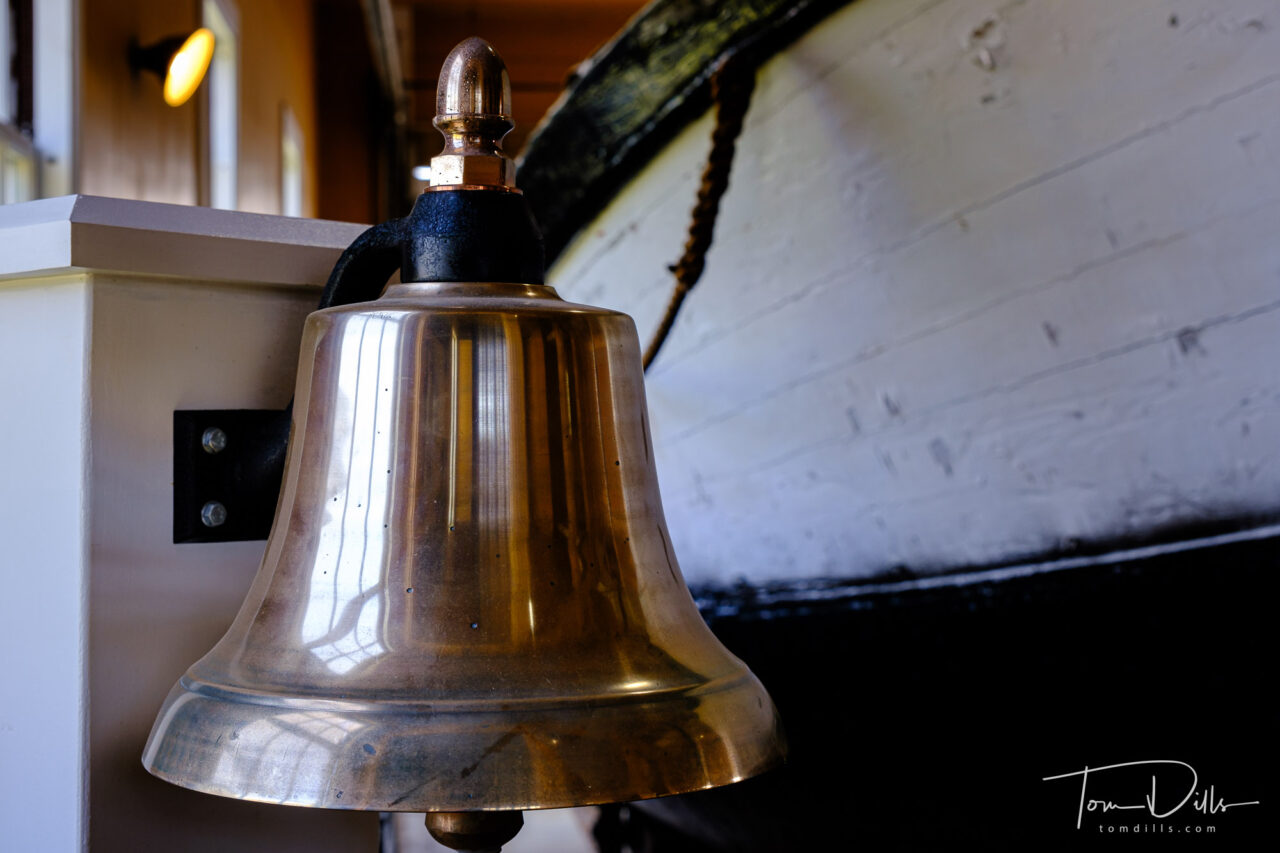
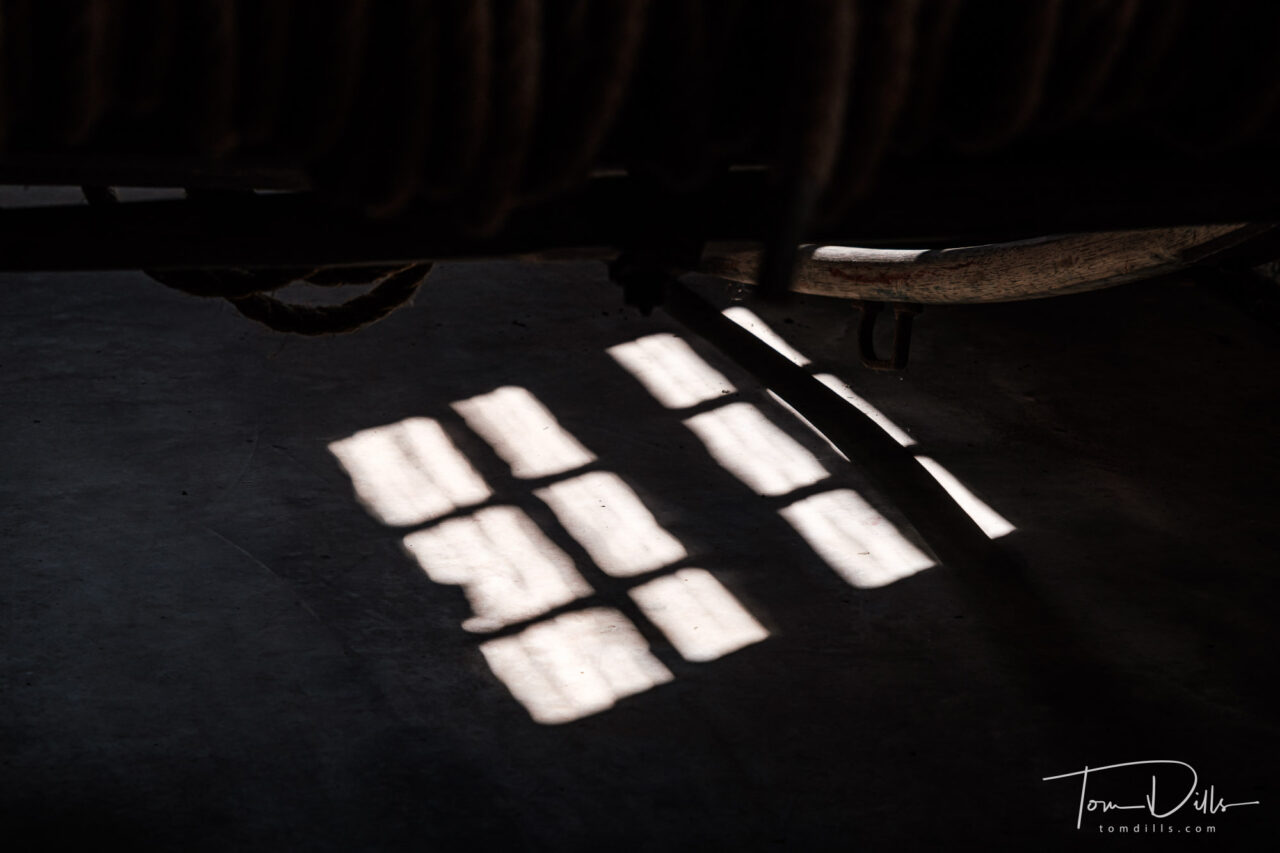
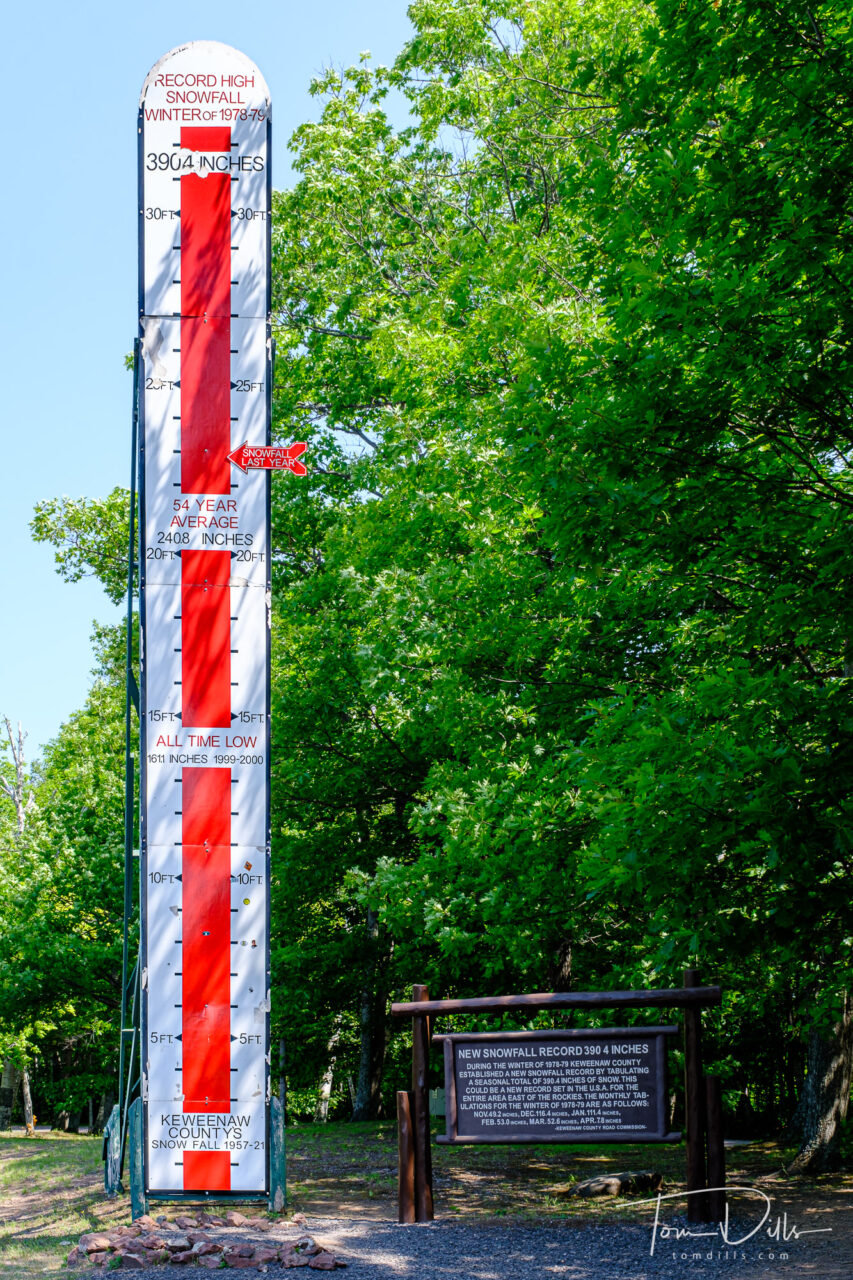
We visited the Keweenaw Peninsula on our recent swing through the U.P. of Michigan, and came across this “snow gauge” commemorating the record snowfall of 390 inches during the winter of 1978-1979, and also reminding us that the most recent winter saw snowfall of “only” about 270 inches. Of course that is cumulative total over the course of the winter, which runs roughly from September to May ( 😉 ), not what was on the ground at one time. But still….
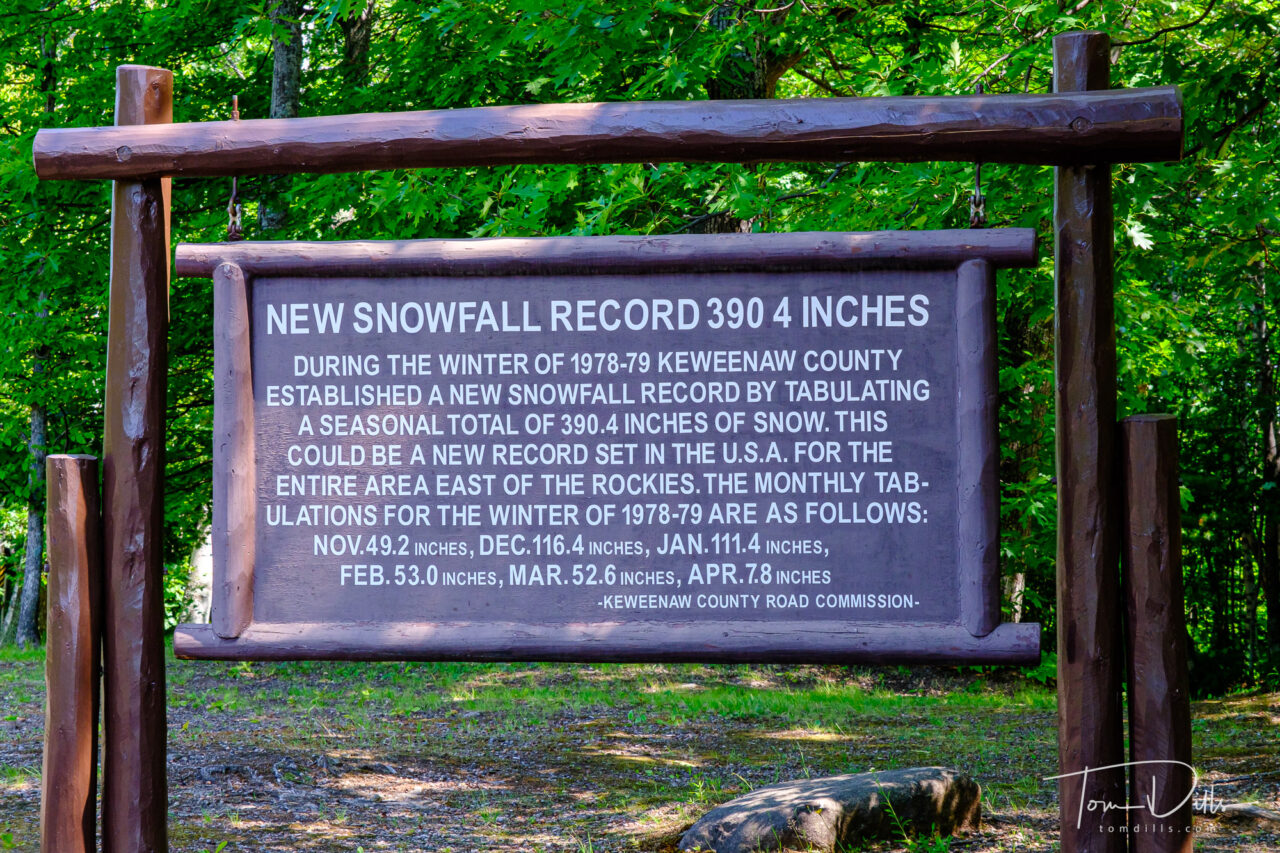
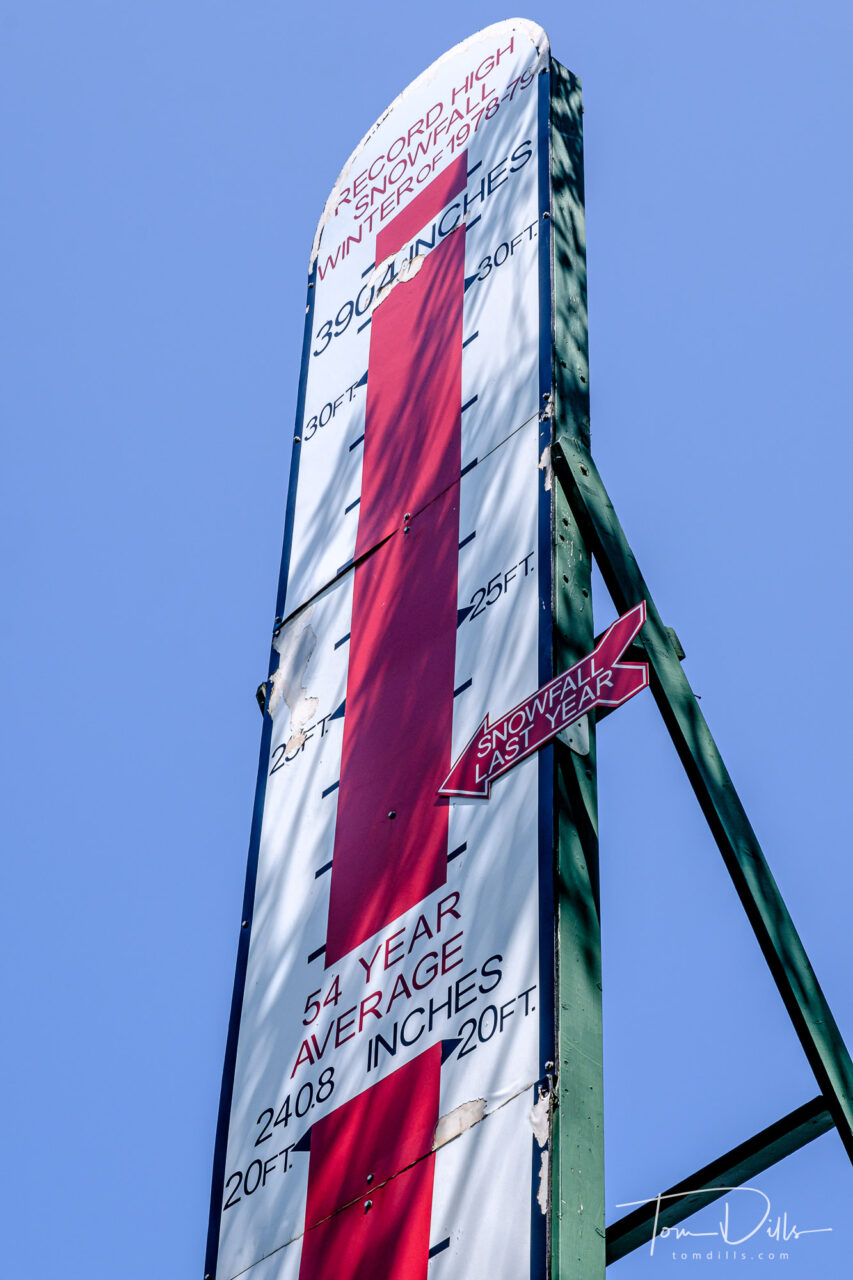
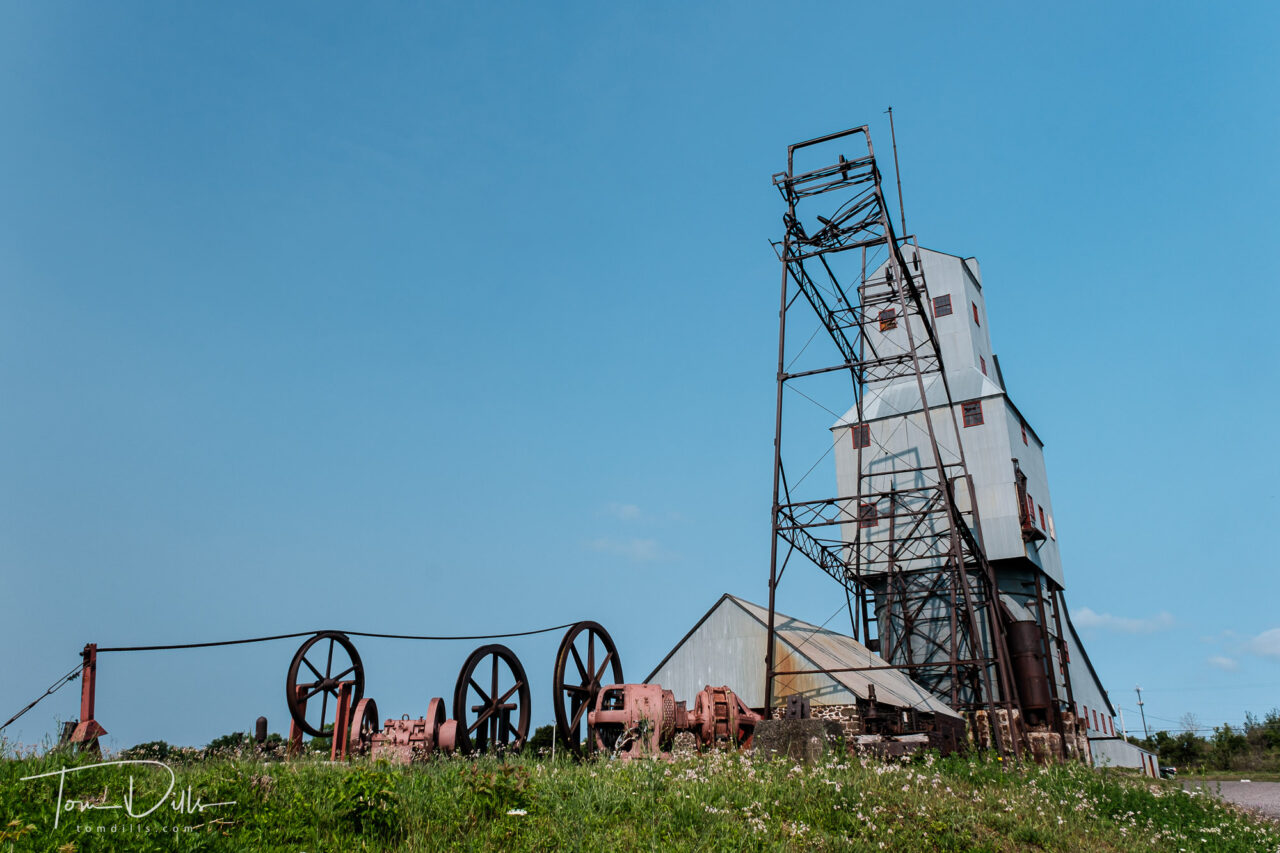
Copper mining plays an integral role in the history of the Keweenaw Peninsula, and there are remains of these mines scattered throughout the land. A few of them have been partially preserved for tourism, including the Quincy Mine, part of Keweenaw National Historical Park near Houghton.
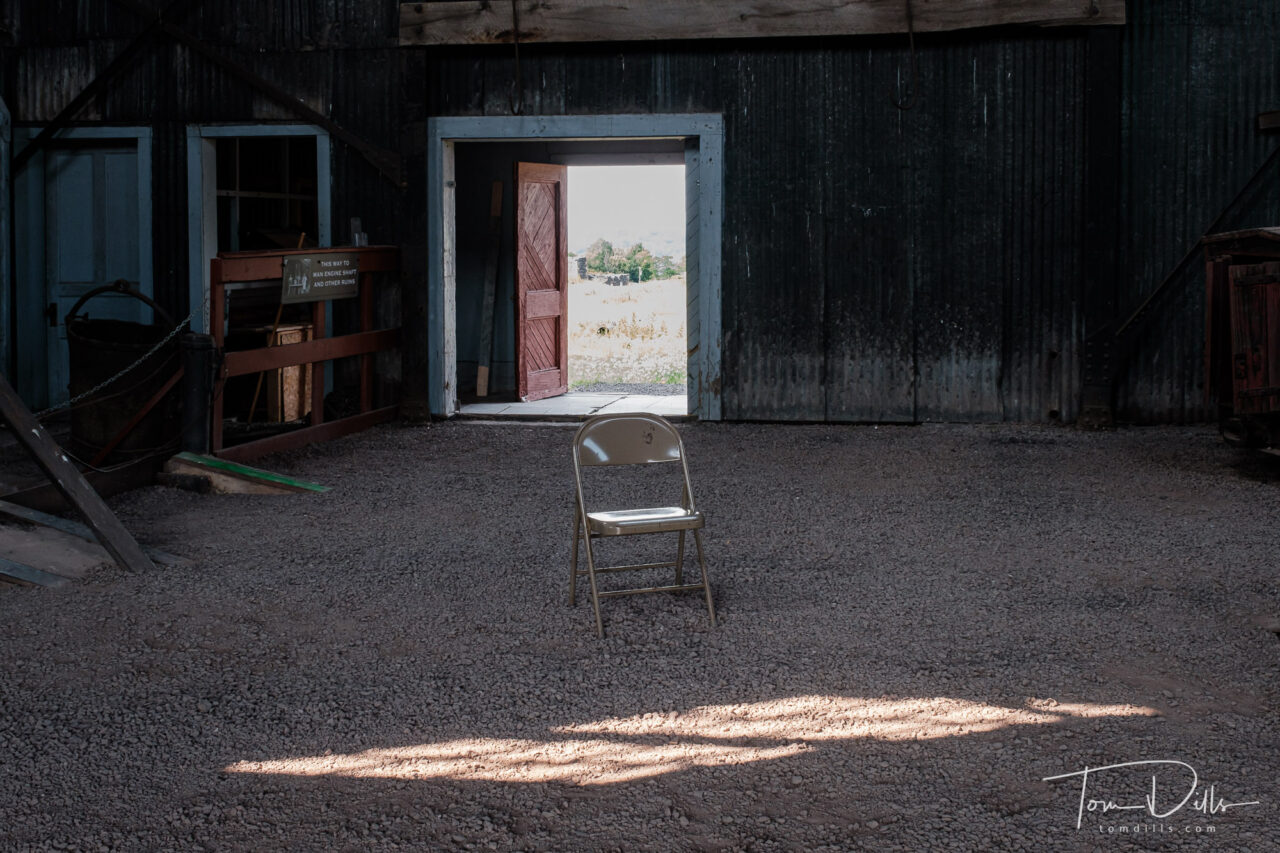
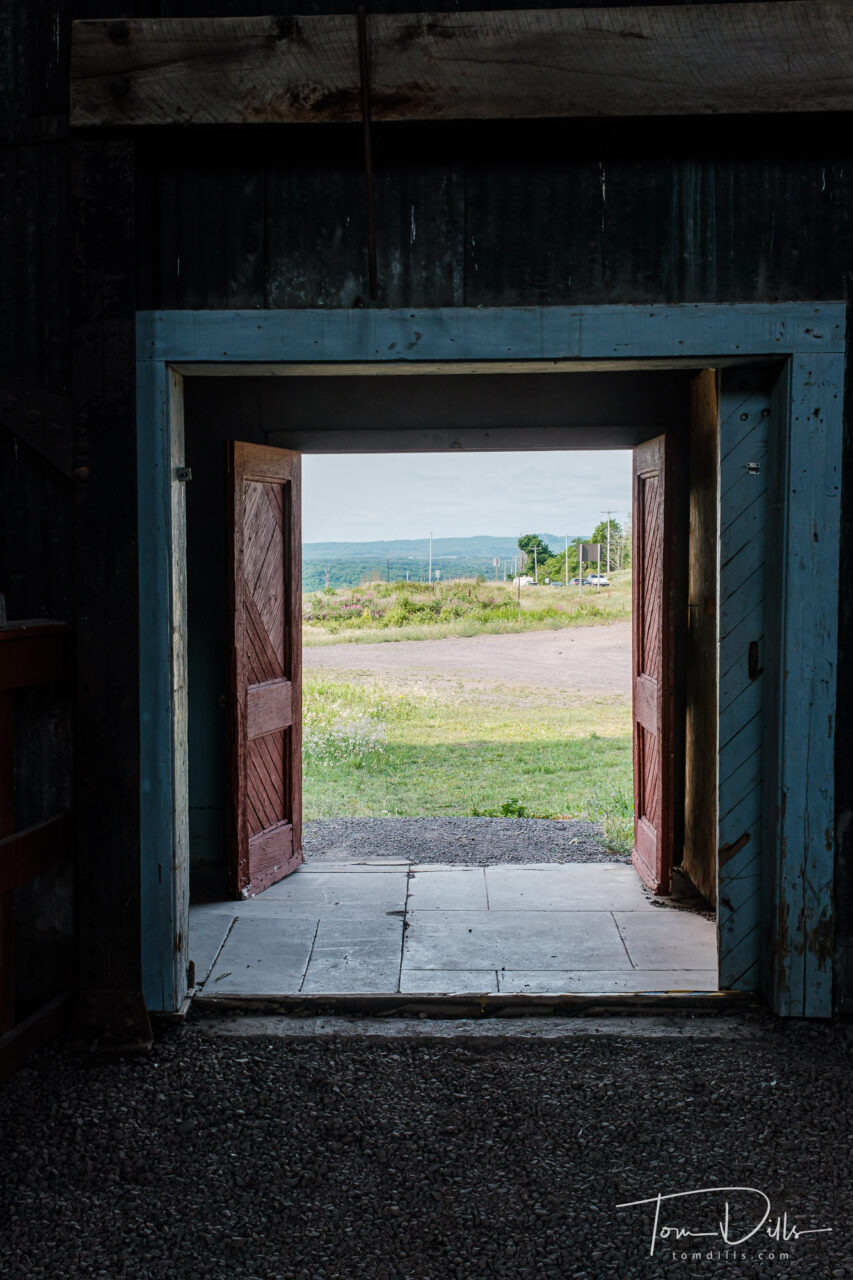
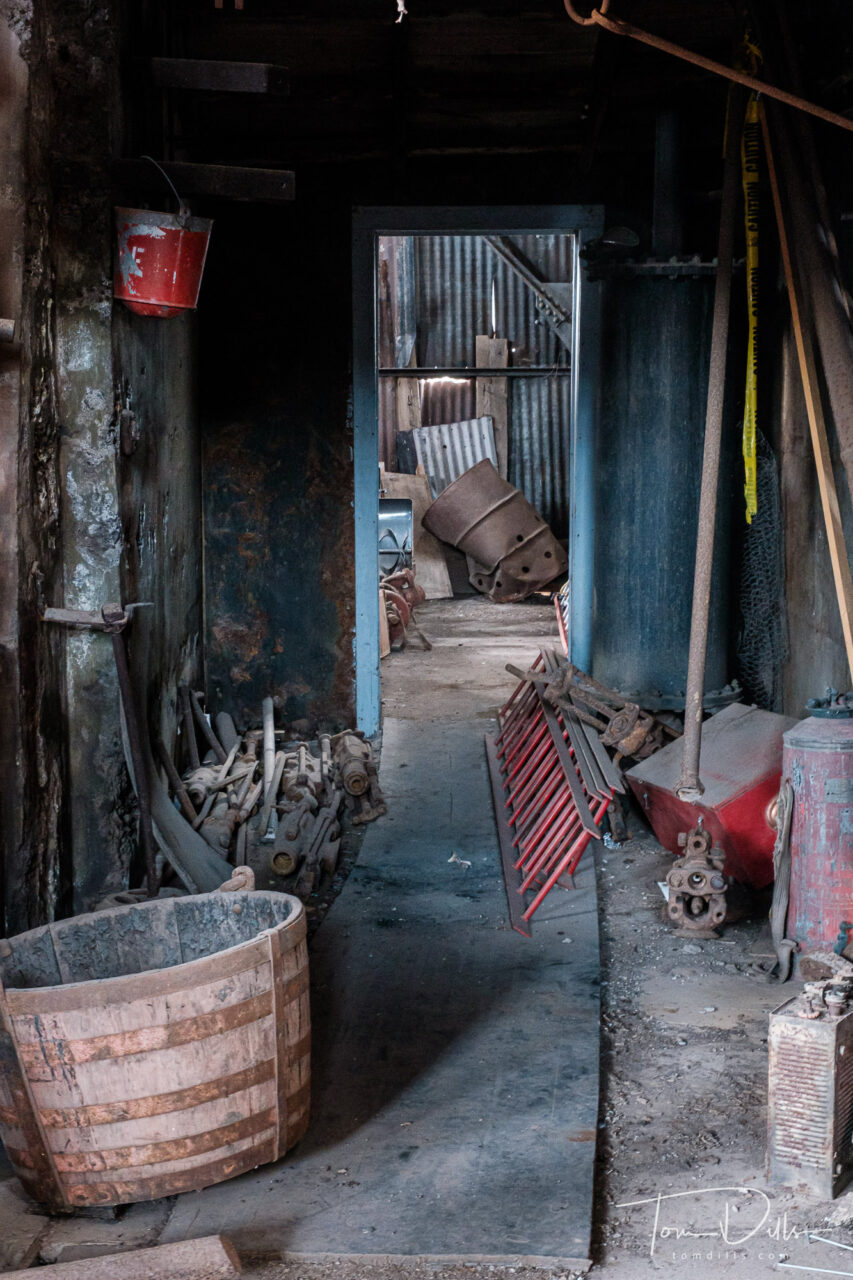
Kathy & I spent a few hours visiting the park and touring the buildings that are open to the public. They offer a tour into one of the mines using one of the former mining cars, but I’m a little squeamish about underground and enclosed spaces so we decided to pass. Perhaps another time, he says…. 🙂
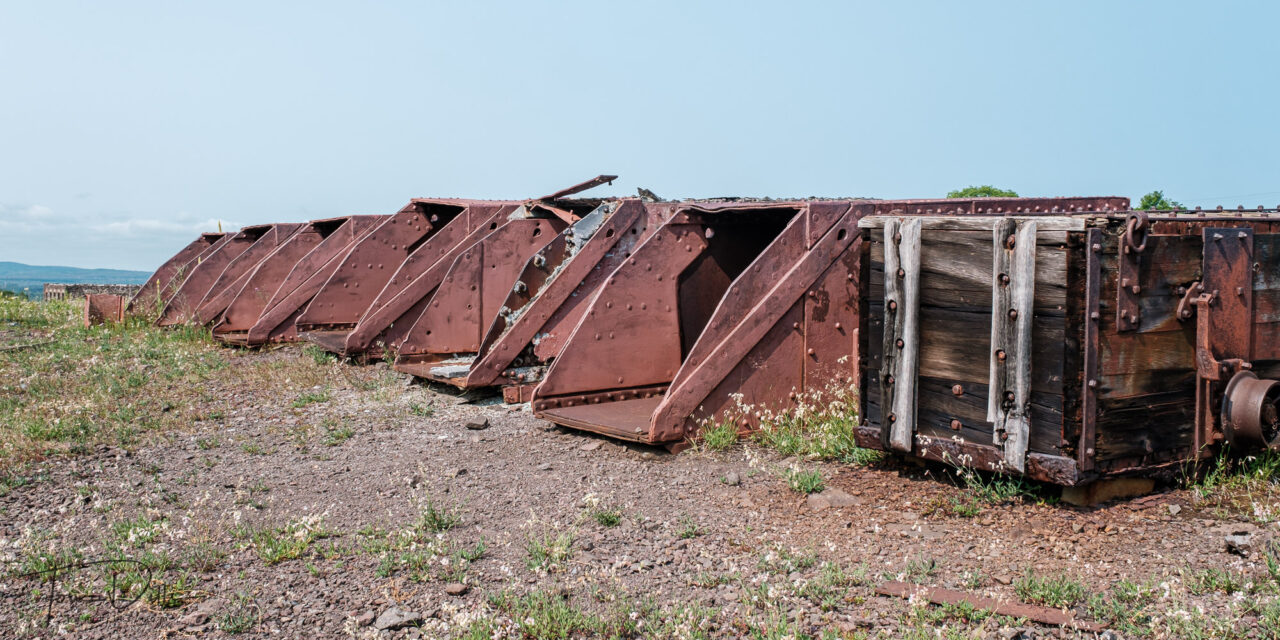
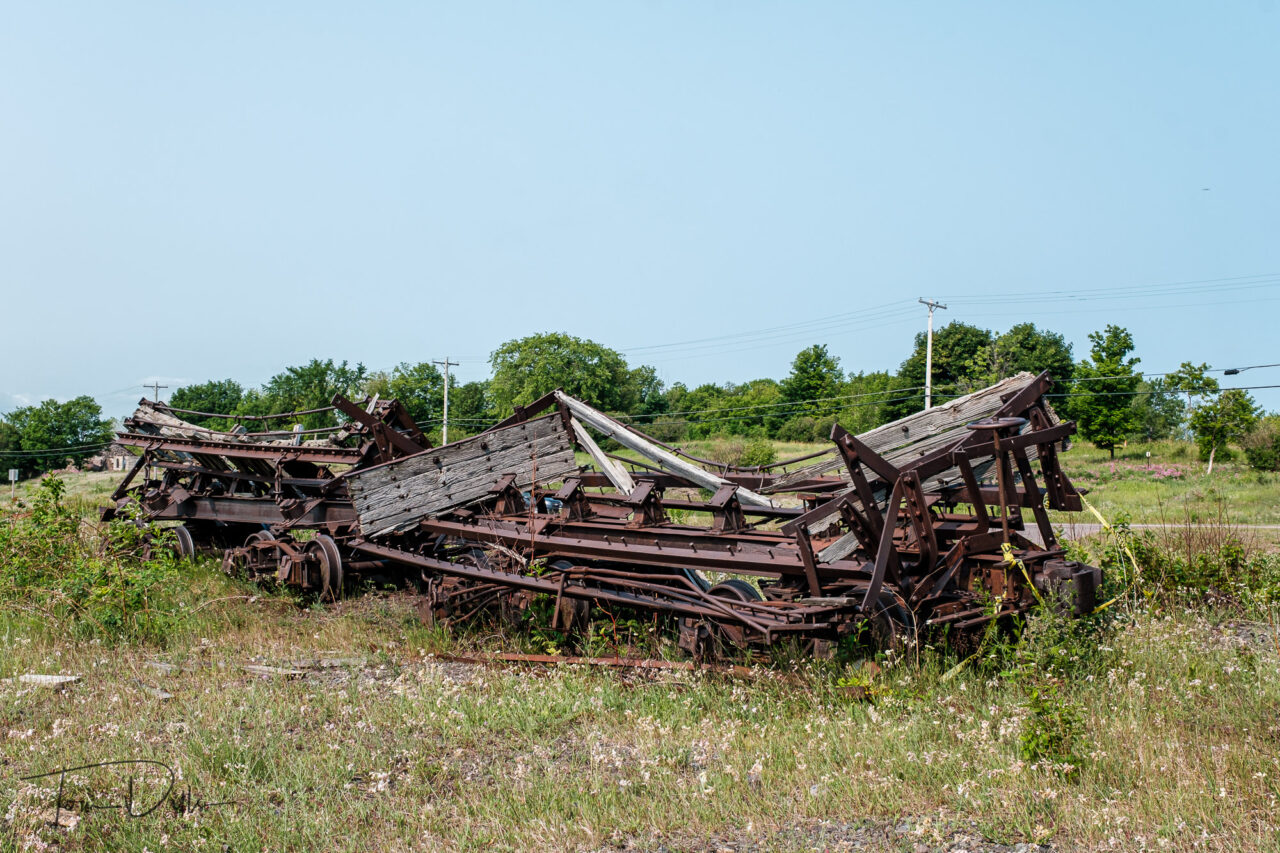
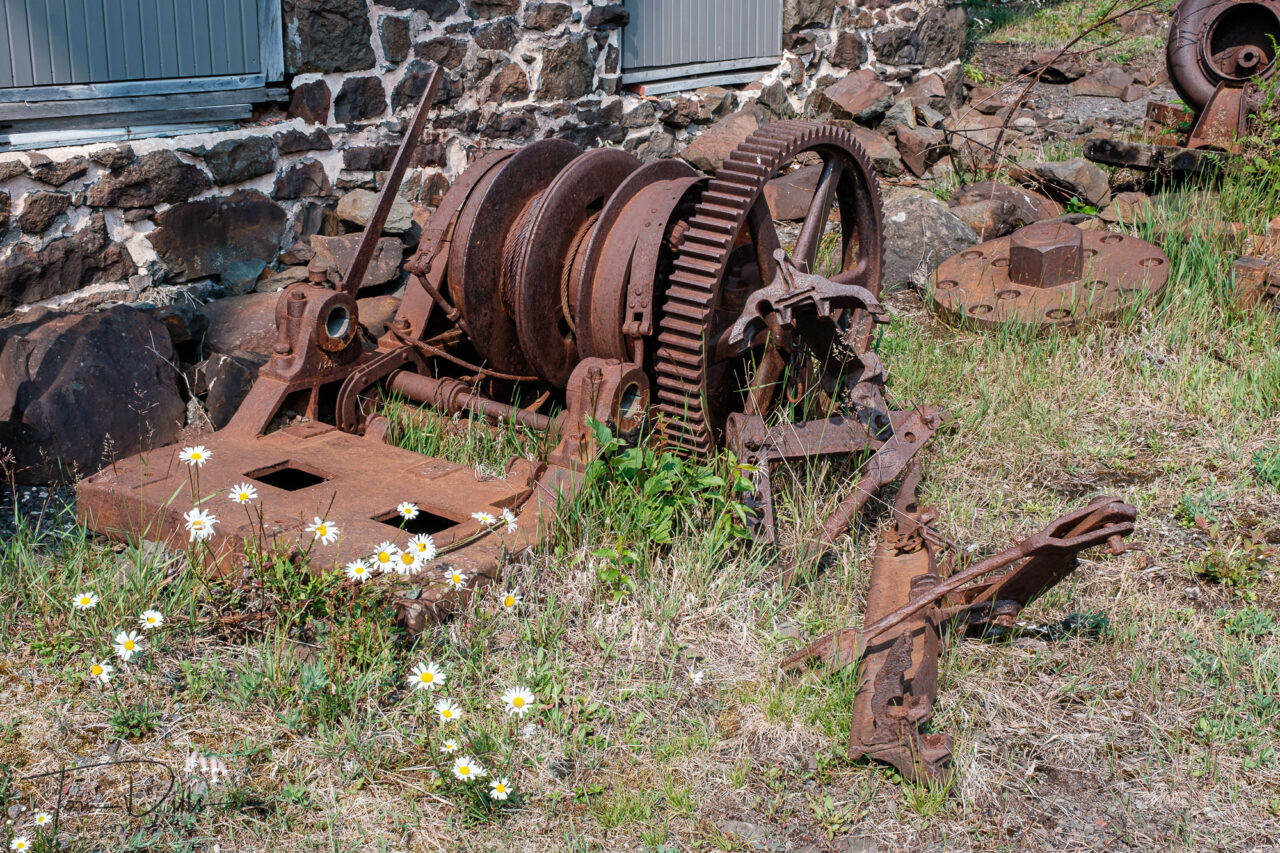
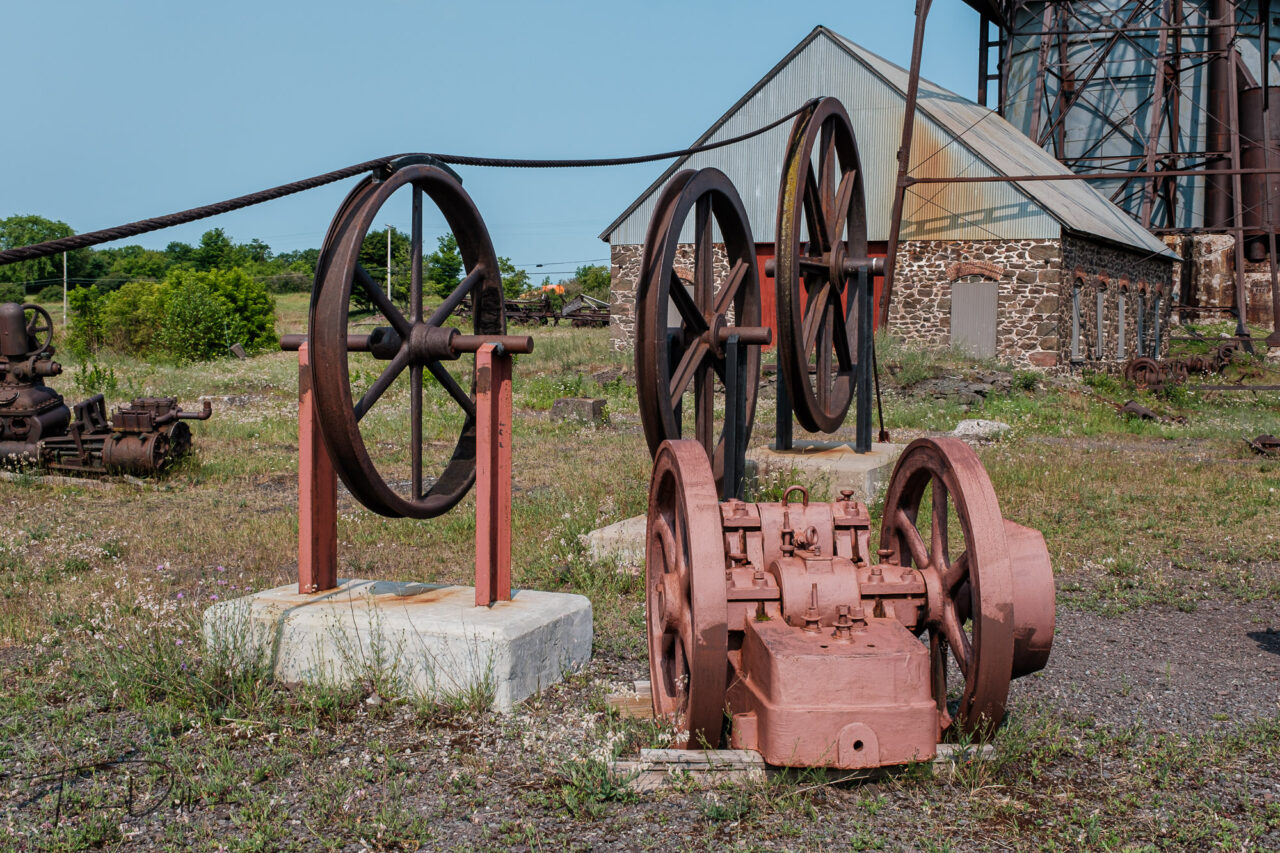
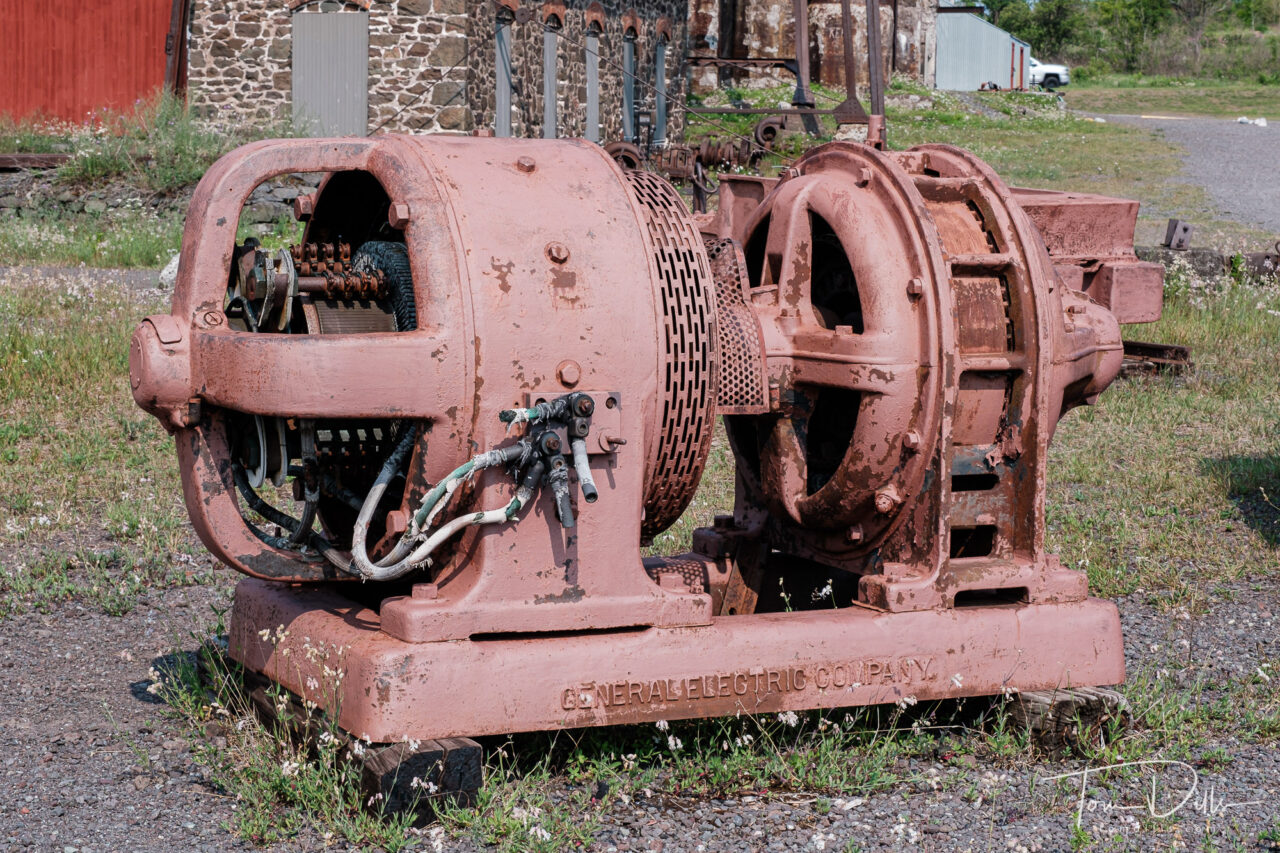
The most fascinating aspect is the size of the machinery that was used to move both man, equipment and materials in and out of the mine. But they produced a lot of copper over the years the mines were in operation. Once the copper ran out, the mines were abandoned and left to the elements. Fortunately there are a few of them still remaining, as reminders of the importance of copper to the area.
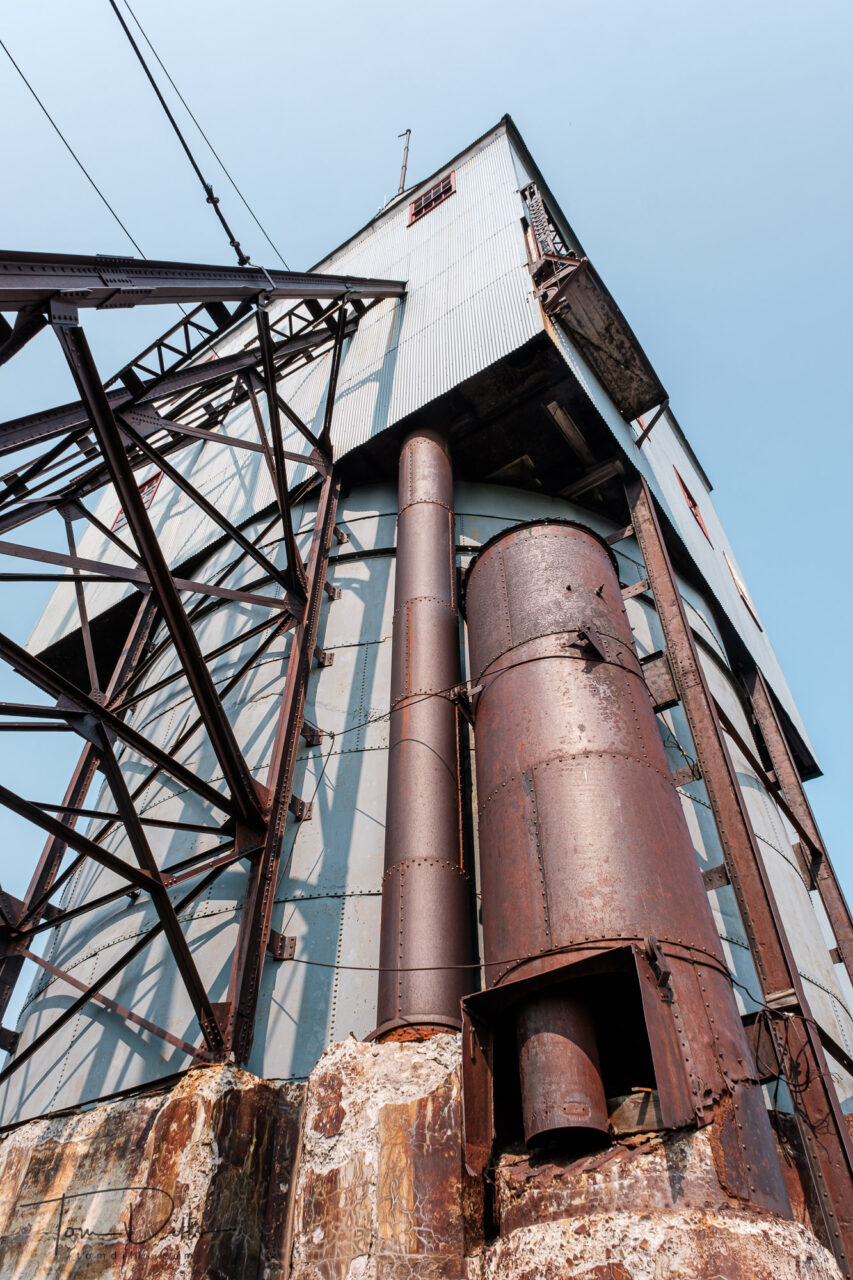
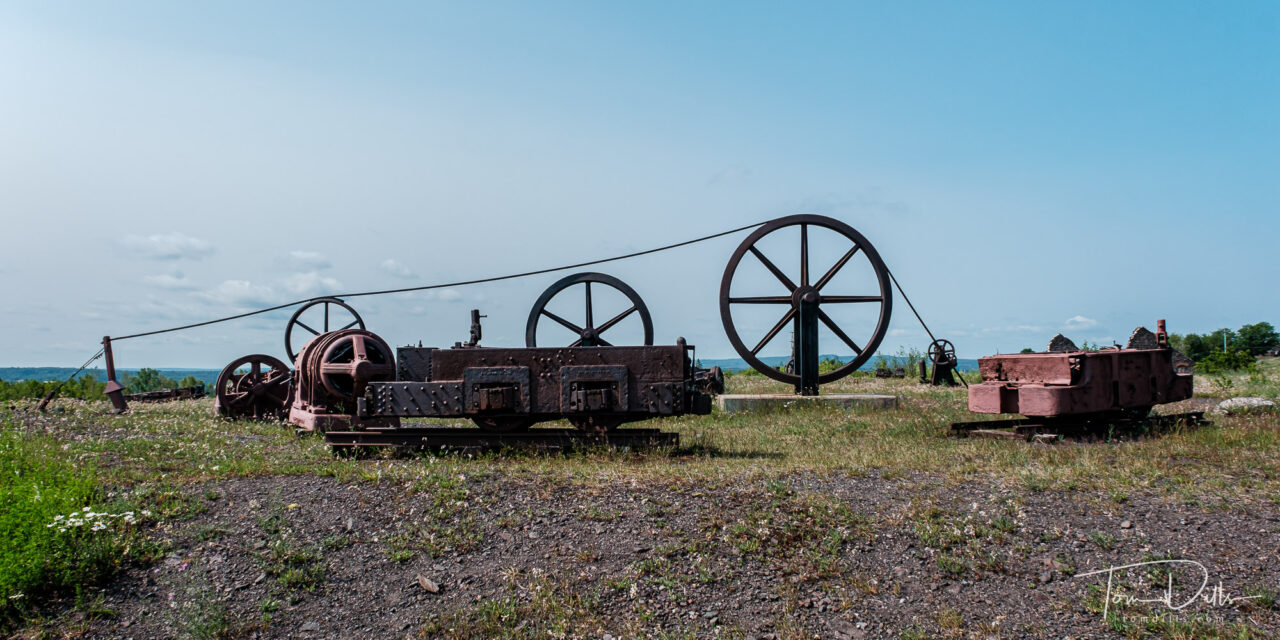
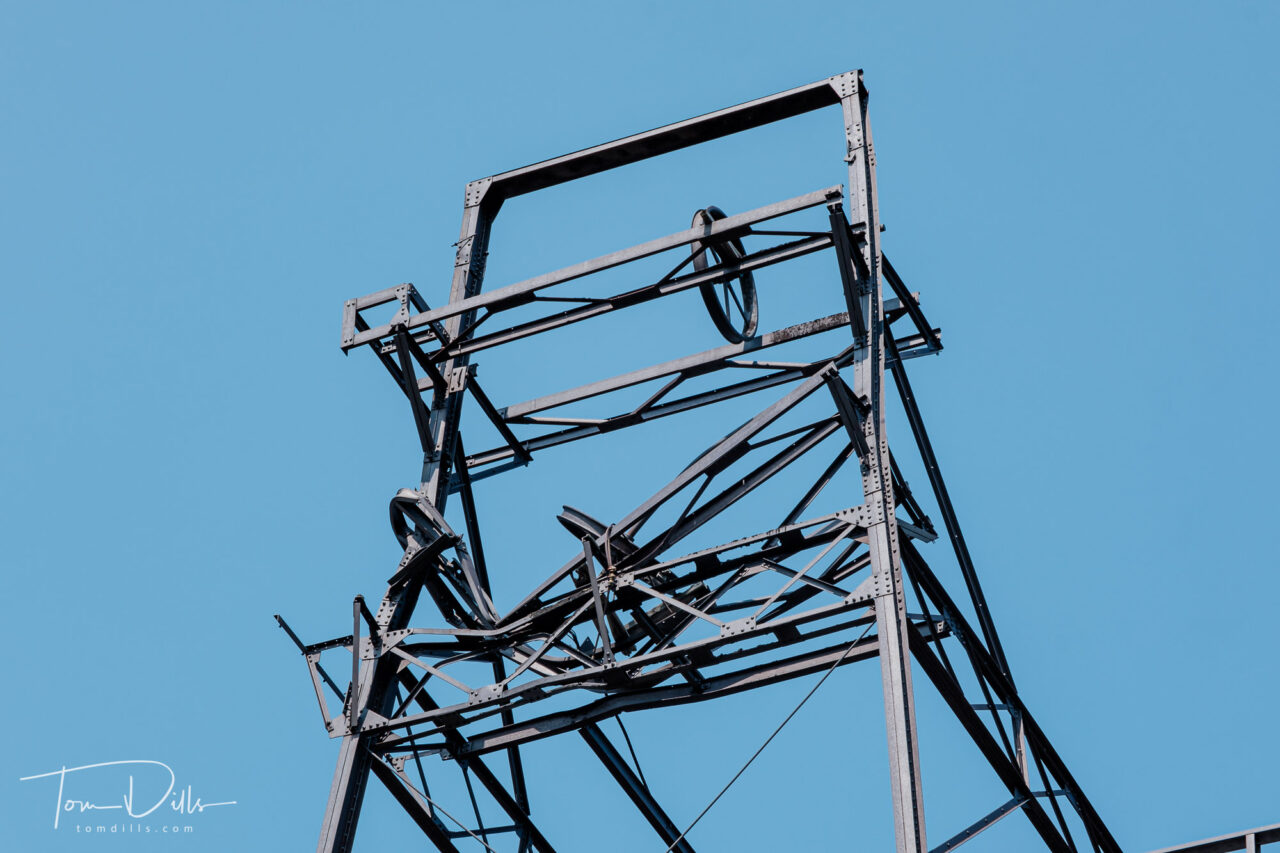
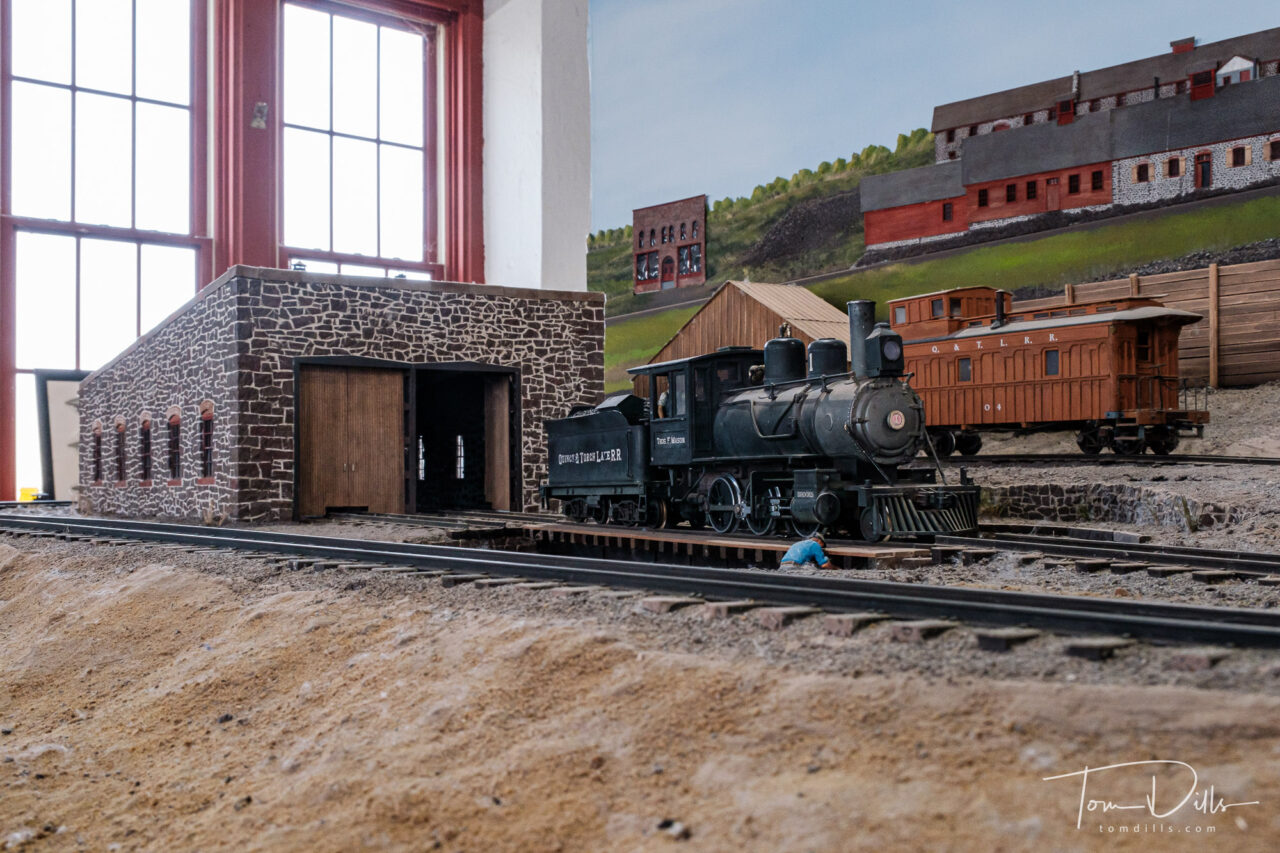
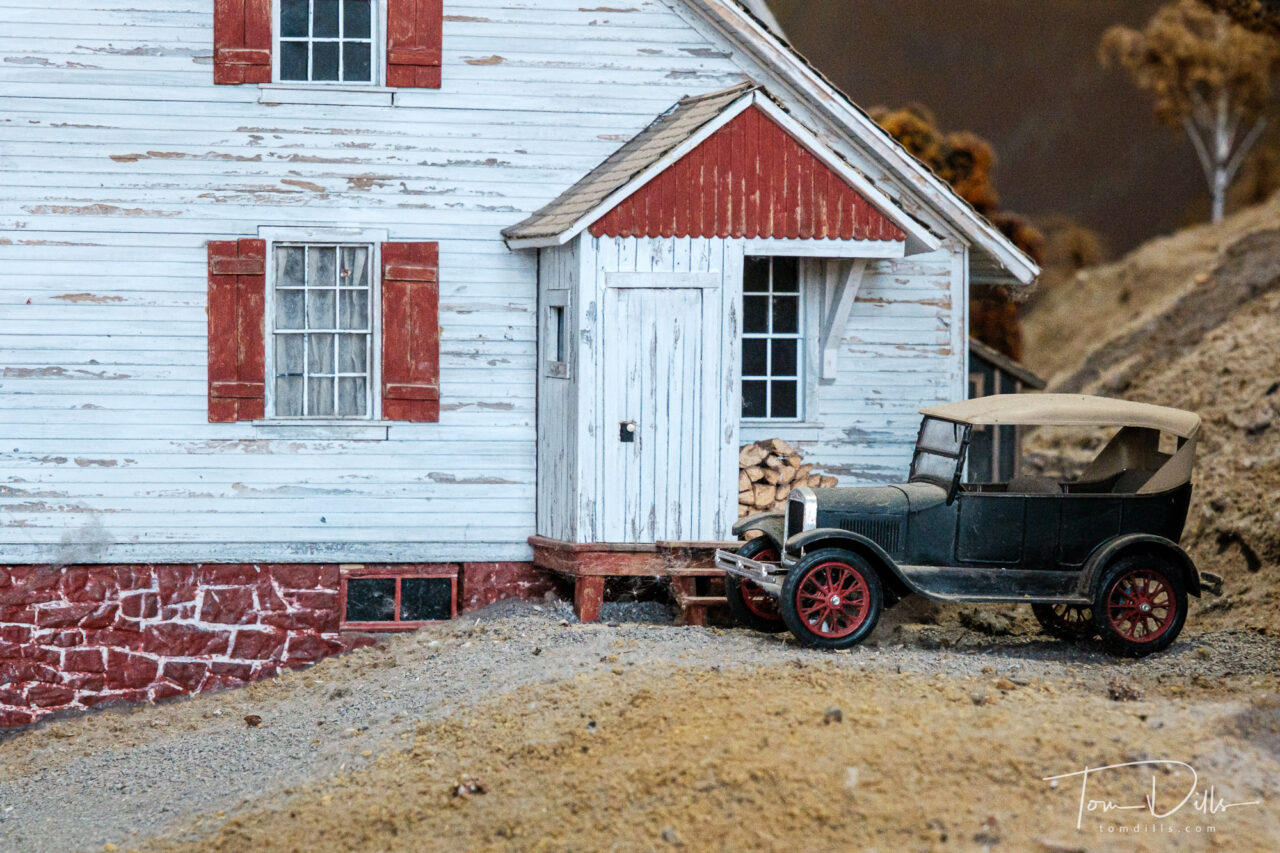
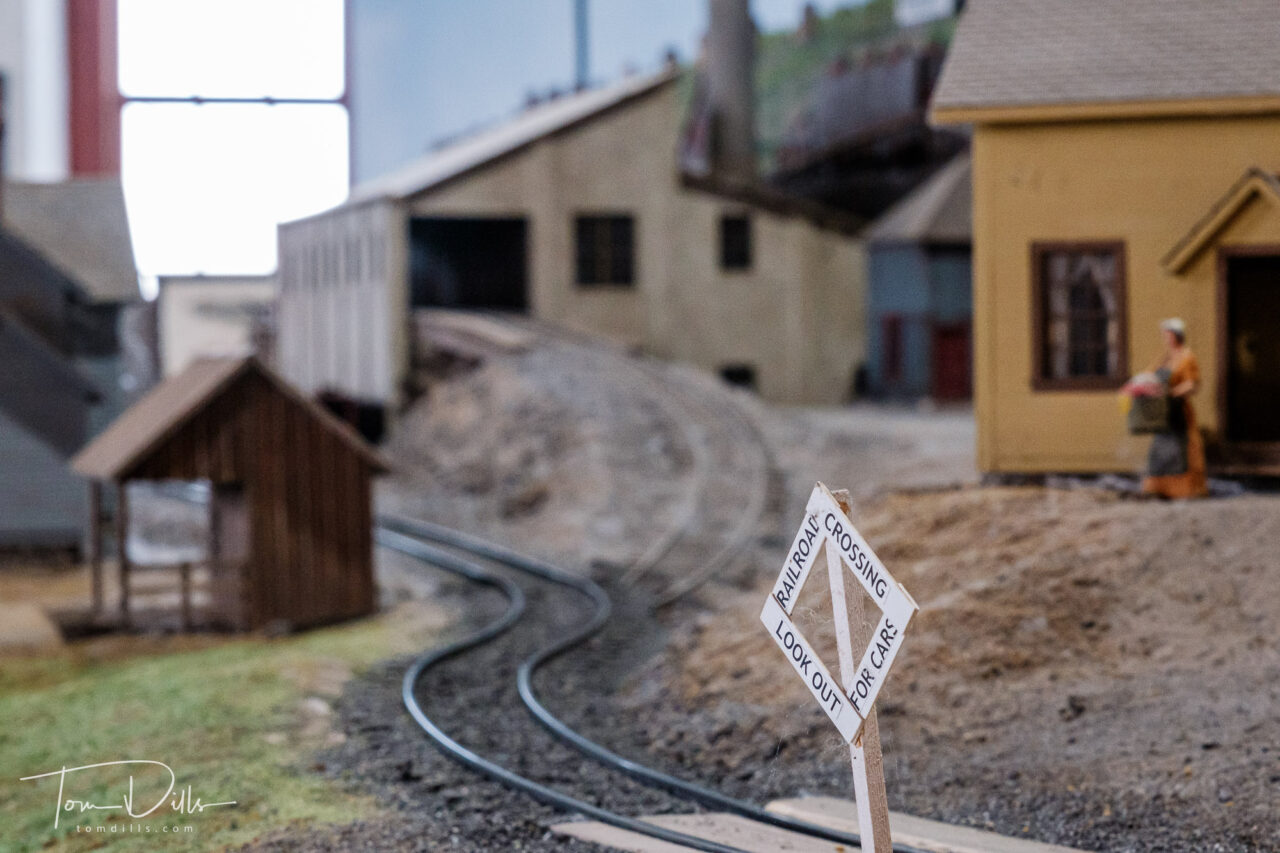
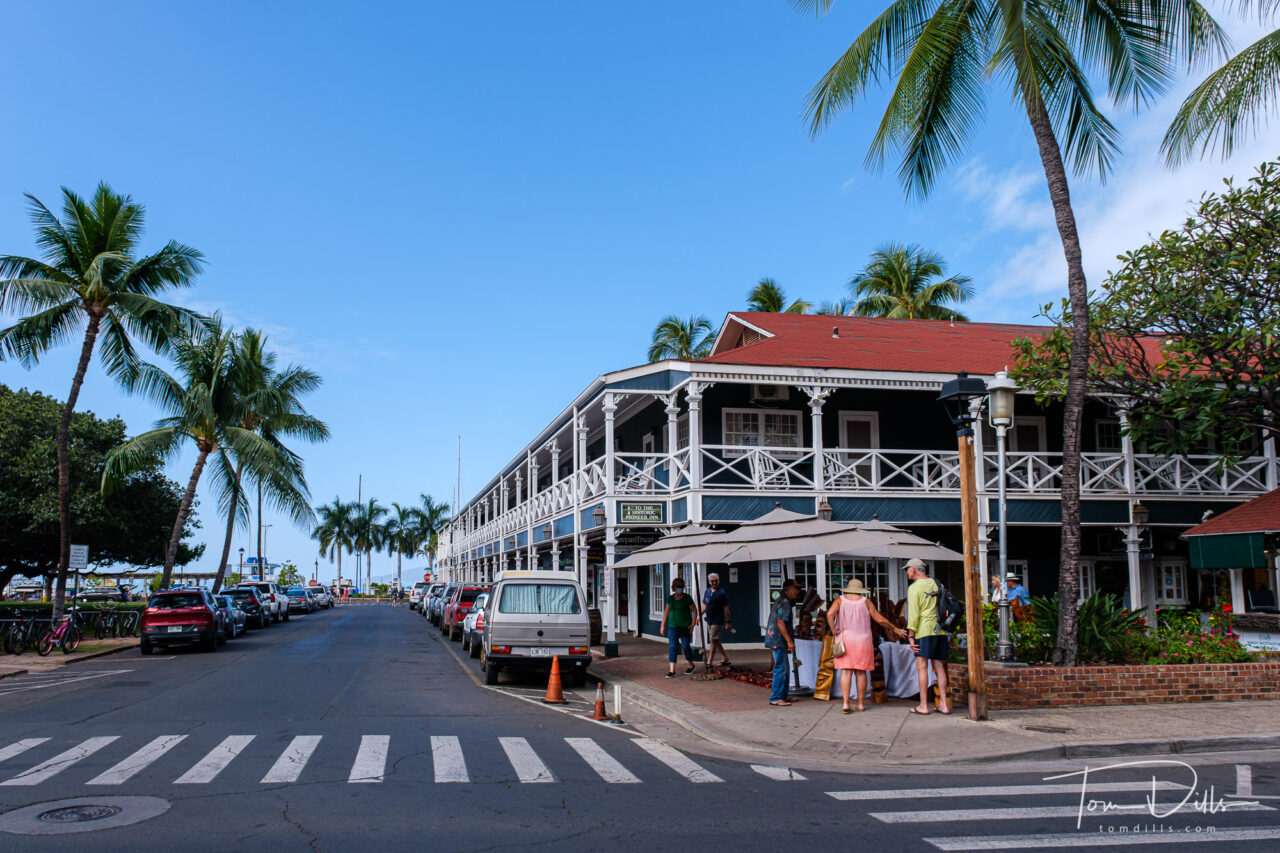
Kathy & I have very fond memories of our visit to Maui last year, and one of our favorite places was the town of Lahaina. It’s heartbreaking to realize that everything we saw there is now gone, lost to fire. Some of the structures there were over 100 years old, including the old courthouse and the historic Pioneer Inn. Aerial views of the waterfront show only the walls of the courthouse building still standing. Our hearts go out to the people there.
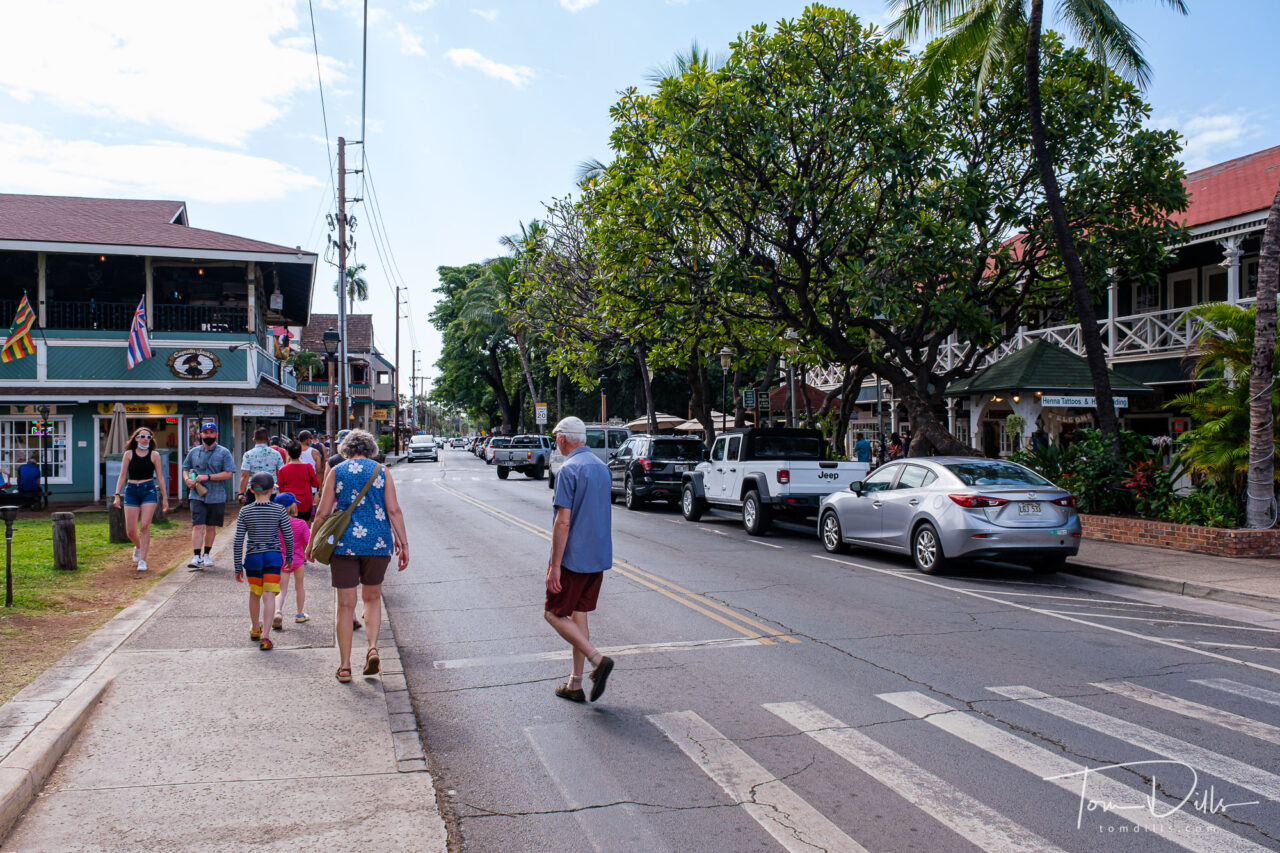
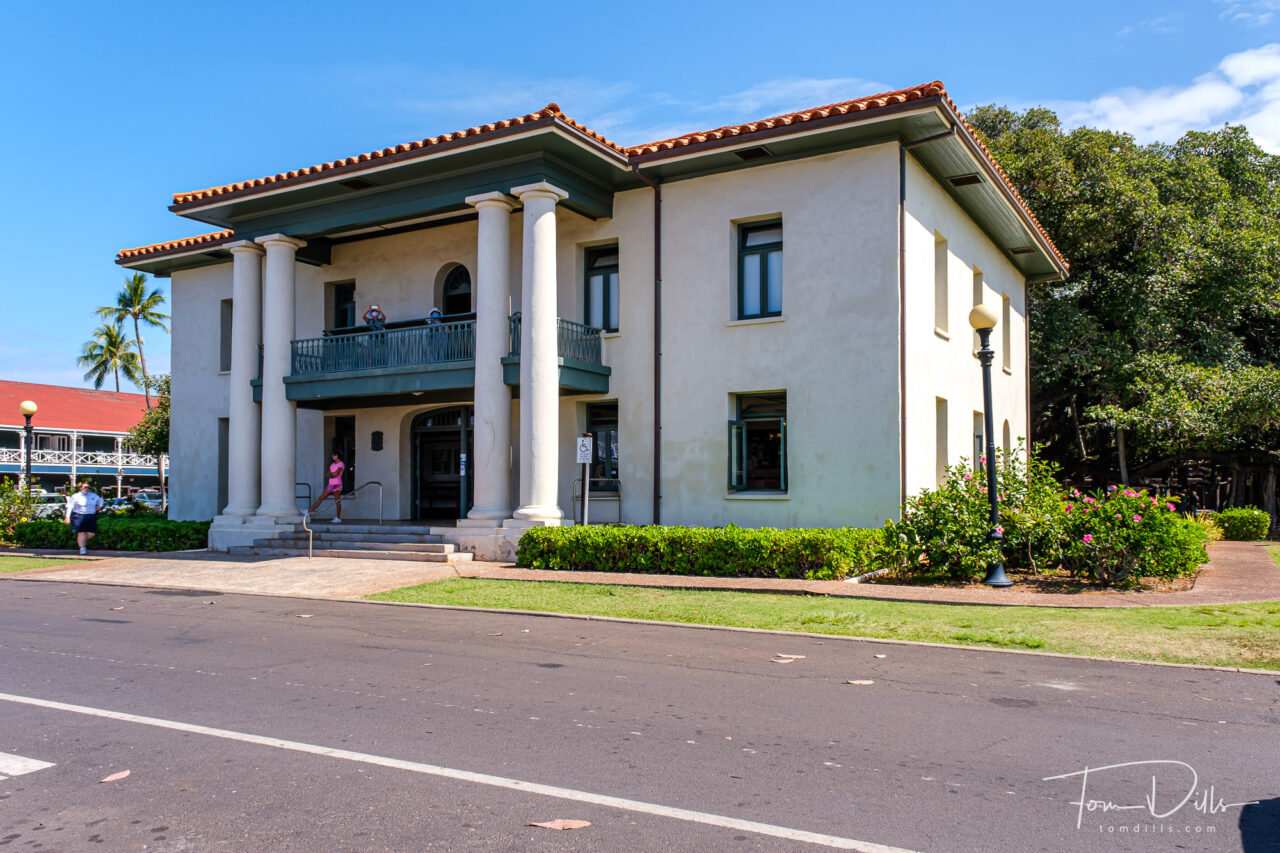
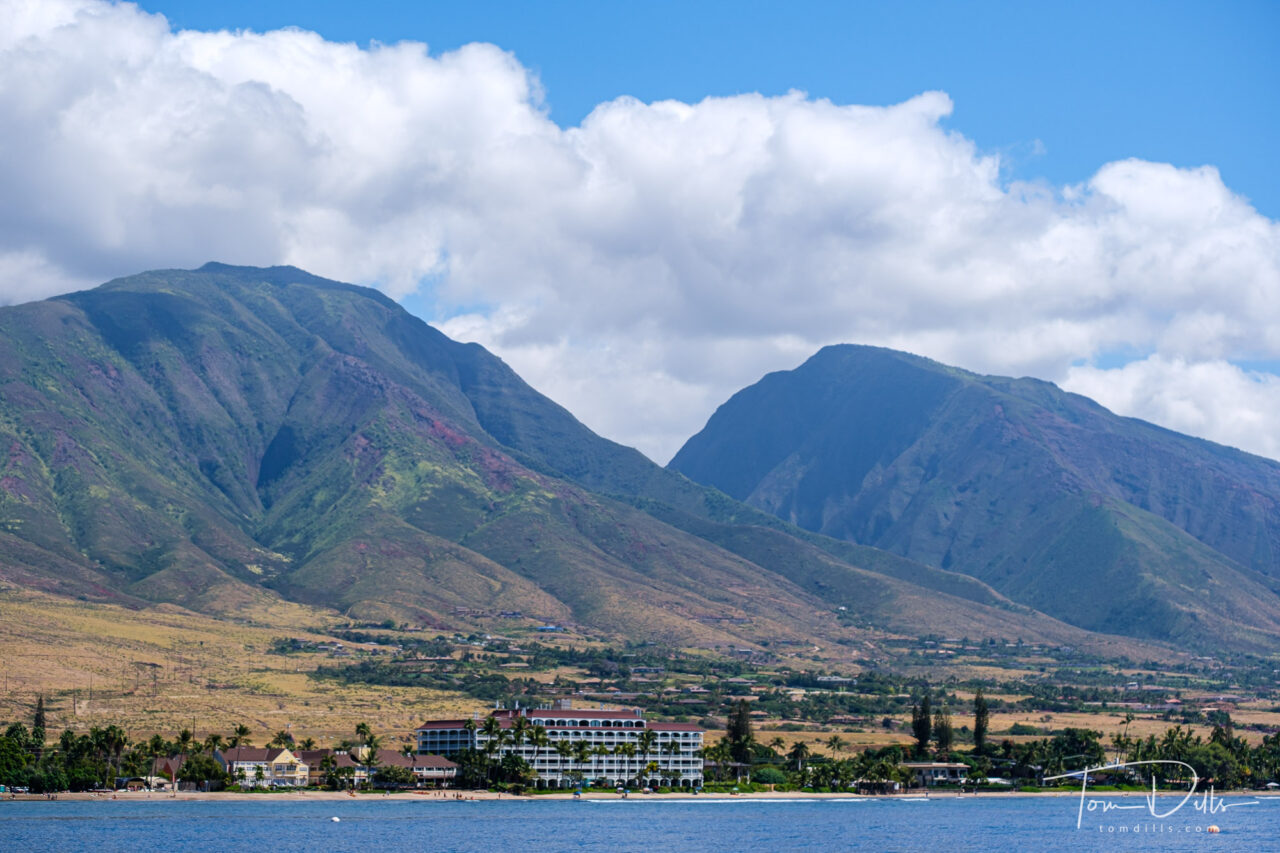
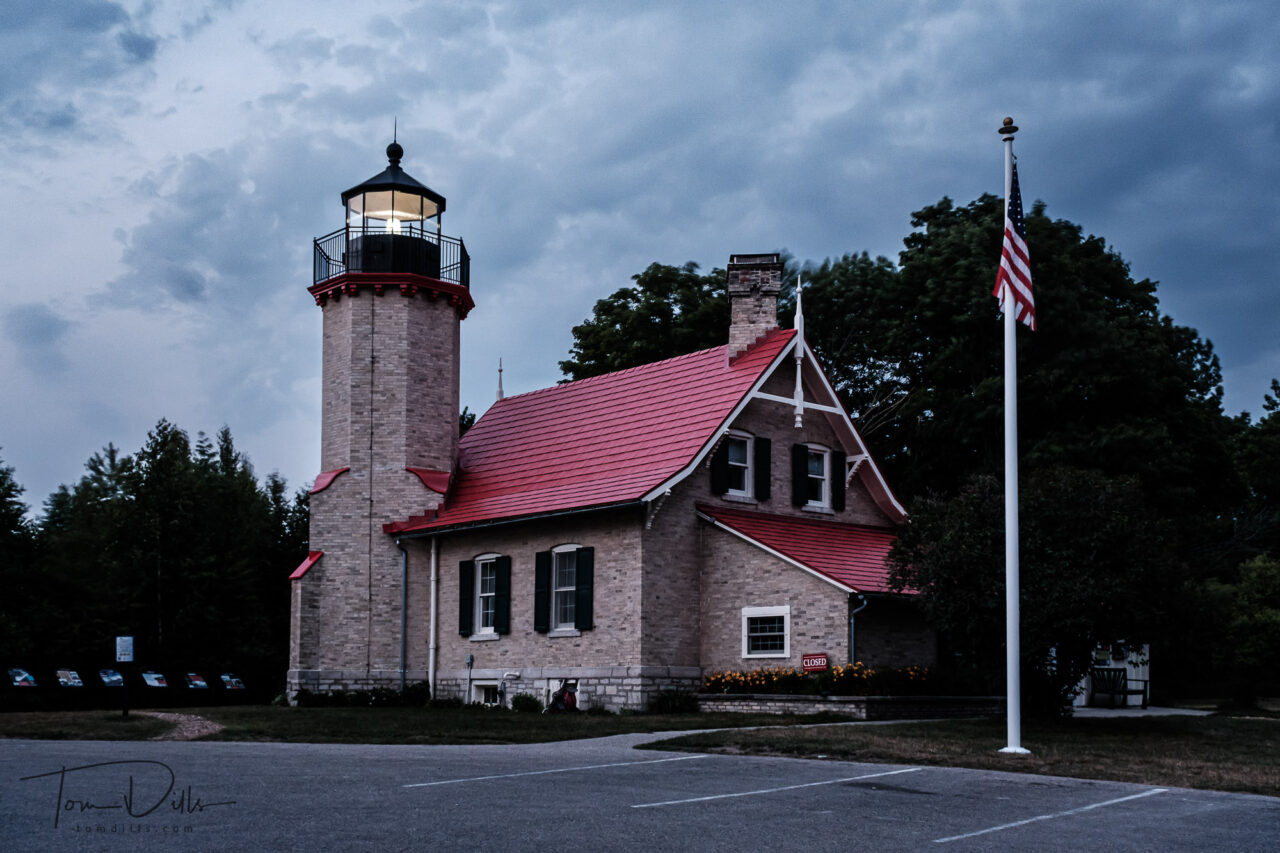
I had seen on the map of Mackinaw City that there were several lighthouses along the lake front. After our time photographing the bridge, we sought a good view of the nearest one, at McGulpin Point. Unfortunately, unless you are on the water it appears the only view of the lighthouse is from the parking lot! I did manage to get my shutter finger synchronized with the light pattern, so I have a few shots with the beacon lit!